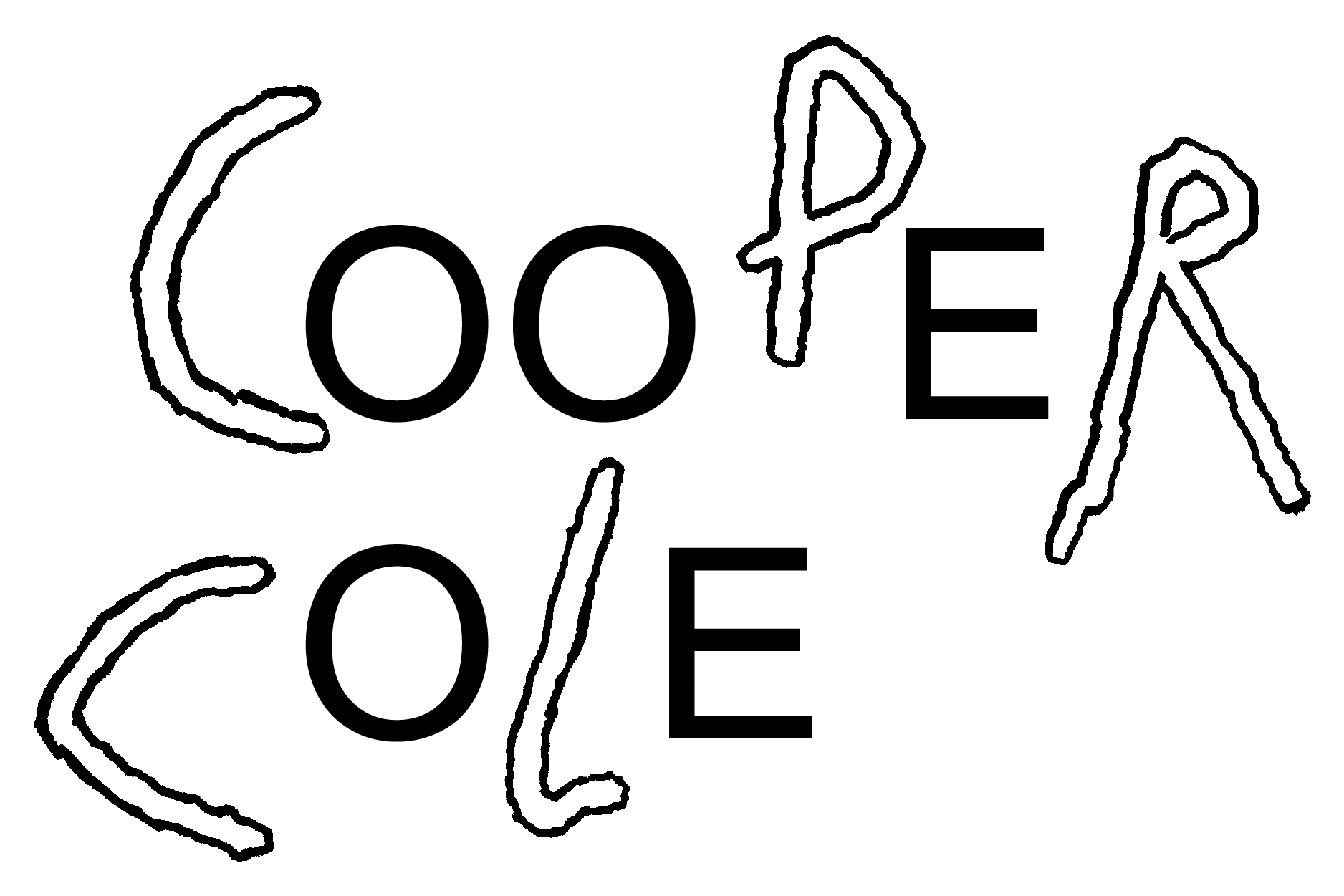


COOPER COLE is pleased to present a solo exhibition by ektor garcia. This marks the artist’s first solo exhibition with the gallery.
sangre y barro
dolor y amor
suave y duro
dulce y sabor a metal
puro y sucio
inocente y malvado
moribundo y viviendo
feo y bello
blood and clay
pain and love
soft and hard
sweet and taste of metal
pure and filthy
innocent and wicked
dying and living
ugly and beautiful
ektor garcia’s art is grounded in the body, in touch and tactility. Every element of sangre y barro is made, crafted, formed, manipulated, and arranged by the artist’s hands. Hand shaped and glazed terra cotta, stoneware, and porcelain. Intertwined ceramic rope and chain. Hand made copper wire lace, crocheted ropes, twined threads. Hand sewn leather hides. Imprints, mark making, fingerprints, gestures: the trace of the artist’s hands are everywhere. Every material, every found object — bike tires, goat horns, horse shoes, rusted horse bits, chains, cords, doilies, decorative domestic textiles — holds the tactile memory of garcia’s hands. They call out to us to be touched in return, tempting us, even daring us — to touch. But we can’t touch them back. The gallery is at once a space of sensory overload, and sensory deprivation. So how can we make up for the inability to touch?
The work demands that we engage beyond looking, that we engage our other senses, like smell, and that we activate our more visceral sensibilities, like desire, fear, sadness, anger, disgust. The work also insists that we rely on different modes of perception altogether, like our subjectivities, identities, lived experiences, memories, fantasies. On empathy, compassion, longing, vulnerability, interpersonal connection. The work implores us feel, to sense the works’ less immediately perceptible traces:
Hands crocheting doilies placing them under plastic protecting covering the couch next to a cabinet with a wedding dress with a photo of a quinceañera perched on top next to a cowboy hat in front of a side-table with plastic flowers and family photographs
Hands picking strawberries in the blaring sun in the endless sprawling growing fields in California Hands on rusted metal in abuelo’s rancho garage
Bleeding hands
An American passport passed back and forth between traveler and border agent Hands wrapped around bicycle handlebars.
Hands on lovers’ bodies.
Queer Mexican American hands. Not to be confused or conflated with “the hand” of Western art history, a hand that is Euro-American and masculine and cis-male. garcia travels regularly, across all five continents, always collecting and working on things as an integral part of his practice. His queer brown hands mark the trajectories of objects and materials sourced and collected in places like his grandparents’ land in Tabasco in the state of Zacatecas, Mexico; on bike rides across New York City where he currently lives and works; and in Toronto on days spent installing the works. His queer brown hands carried these works across national borders between Mexico, the United States, and Canada — countries bound together by militarized border systems, neoliberal trade agreements, and settler colonial and colonizing regimes.
And so the works are imbued with cultural, geographical and sexual histories, histories of violence and resistance, subversion and survival, family and community. They embody personal, familial, territorial, and cross-cultural histories of struggle and resistance. And they are invested with garcia’s experiences growing up between borders, classes, identities, cultures, and languages.
Other significant influences also include radical queerness, anarcho-punk sensibilities and community, and Mexican and Chicanx domestic aesthetics. While often described in terms of craft and the domestic, garcia’s works challenge dominant art historical understandings of both. The artist draws on thousands of years’ worth of local, indigenous, campesino, Mexican craft — on hand skills, materials, processes and expertise that persist despite Euro-American attempts at erasure, appropriation, exploitation, and monetization — on modes of hand production deployed long before white male historians “invented” definitions of what we now call “craft”.
The artist’s embrace of specifically Mexican, Chicanx, and queer domesticities also refutes art historical notions of “the domestic”, an exclusionary and largely unattainable, white, heteronormative space of classed and raced privilege. Instead garcia valorizes specifically brown, decidedly queer and migrant strategies like mess and domesticana (the crafting of Chicanx working class domestic space), characterized by abundance, accumulation, reuse, impermanence, and site specificity — strategies of necessity and survival, movement and migration(1).
garcia is intrigued by the idea of craft as the possibility of crafting or creating a new world, new futures that extend beyond the reach of dominant systems like capitalism, neoliberalism, and imperialism, and homonormative queer politics like gay marriage. The need to create new futures resonates in the work of the Cuban American queer theorist José Esteban Muñoz, who notes that the present is not enough, and that queerness is a horizon or possibility through which we can reclaim freedom and remake oppressive systems. Writing about transgender identity and community, scholar and curator Jeanne Vaccaro observes that creating community is a type of handmade: it is collective, made with and across bodies, objects, and forces of power. Creating and sustaining community is very much a type of craft: it requires skill, dialogue, risk taking, compromise, patience, compassion, and generosity — much like working with craft materials like textiles, clay, metal, and wood.
There are also parallels between garcia’s strategies of assemblage and installation — bringing discreet objects together to create new spatial, formal, and aesthetic relations — and the creation of community. Each and every discreet object or material in sangre y barro depends on a constellation of other objects and materials. Each can stand alone, but is much more powerful within larger systems of mutual solidarity and support. These works are a metaphor for coming together, for garcia’s community of radical queers, punks, anarchists, anti-capitalists, and artists.
Violent systems of social, political, and economic oppression seek to destroy collectivity, cooperation, and community. And so garcia’s work reminds us that we need community to break the forms of isolation and subjugation unleashed by colonialism, capitalism, xenophobia, and white supremacy. We need community to help us craft a different reality, a more sustainable present and a more promising future.
— Lisa Vinebaum
Lisa Vinebaum is a scholar, artist and educator: lisavinebaum.com
(1) On domesticana, see Mesa-Bains; on mess, see Manalansan.
ektor garcia (b. 1985, Red Bluff, California, USA) received his BFA from the School of the Art Institute of Chicago in 2014, and his MFA from Columbia University, New York in 2016. Solo exhibitions include Mary Mary, Glasgow, Scotland; Museum Folkwang, Essen, Germany; kurimanzutto, Salon ACME, Mexico City, Mexico. Group exhibitions include LAXART, Los Angeles; New Museum, Salon 94, Sargent’s Daughters, New York; Chicken Coop Contemporary, Portland, USA; Museo de Arte de Zapopan, Guadalajara, Mexico; ACCA, Melbourne, Australia. garcia lives and works in between Mexico City, New York, and wherever he loses himself.
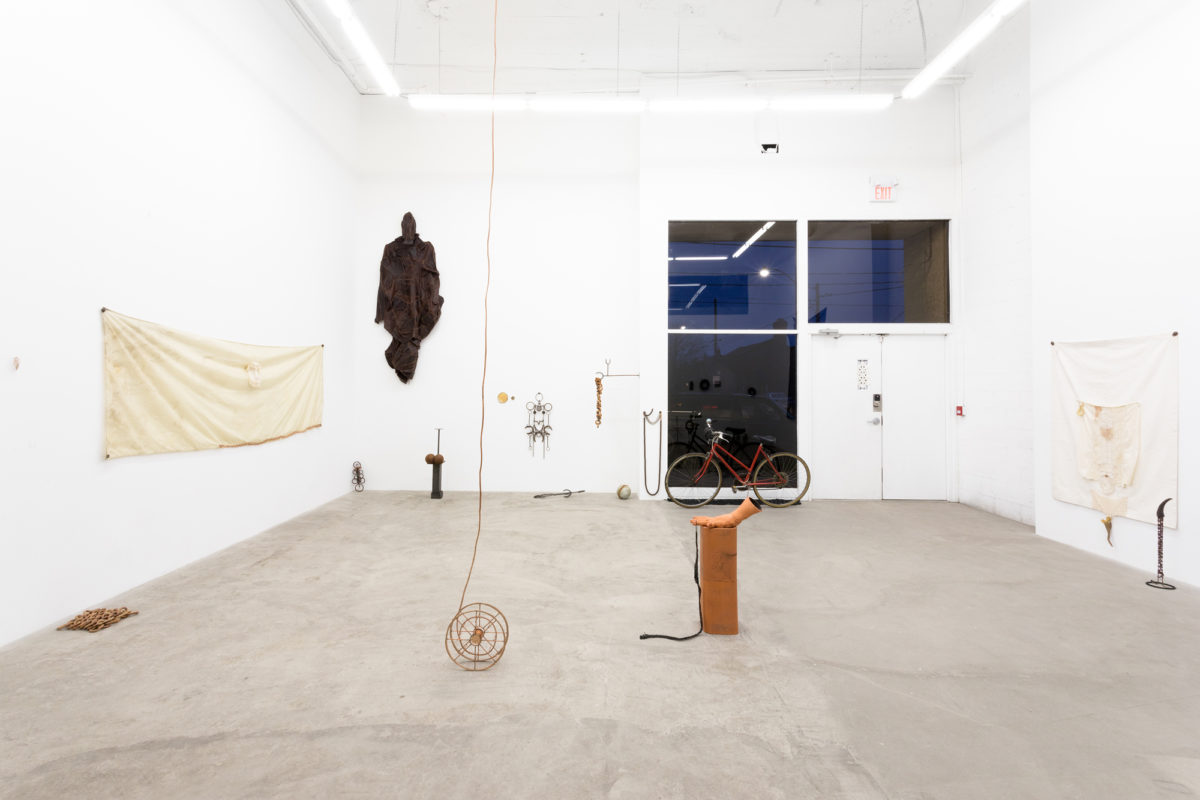
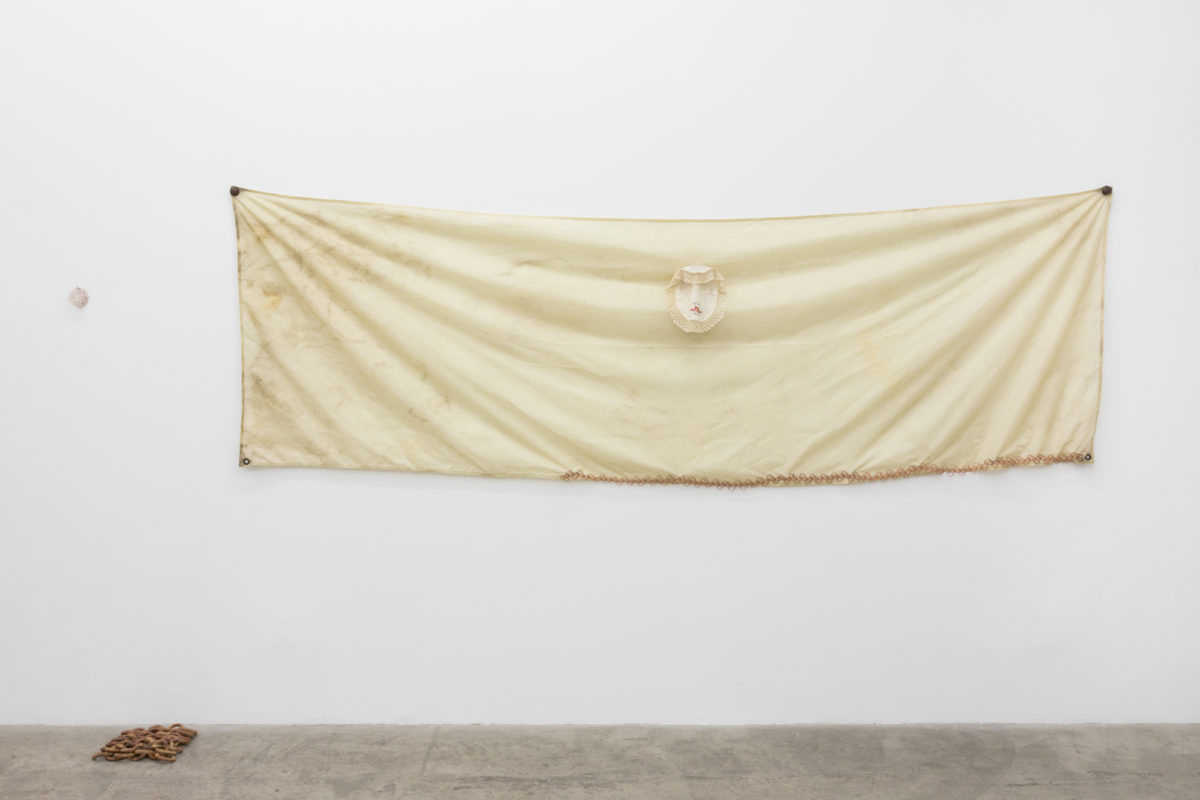

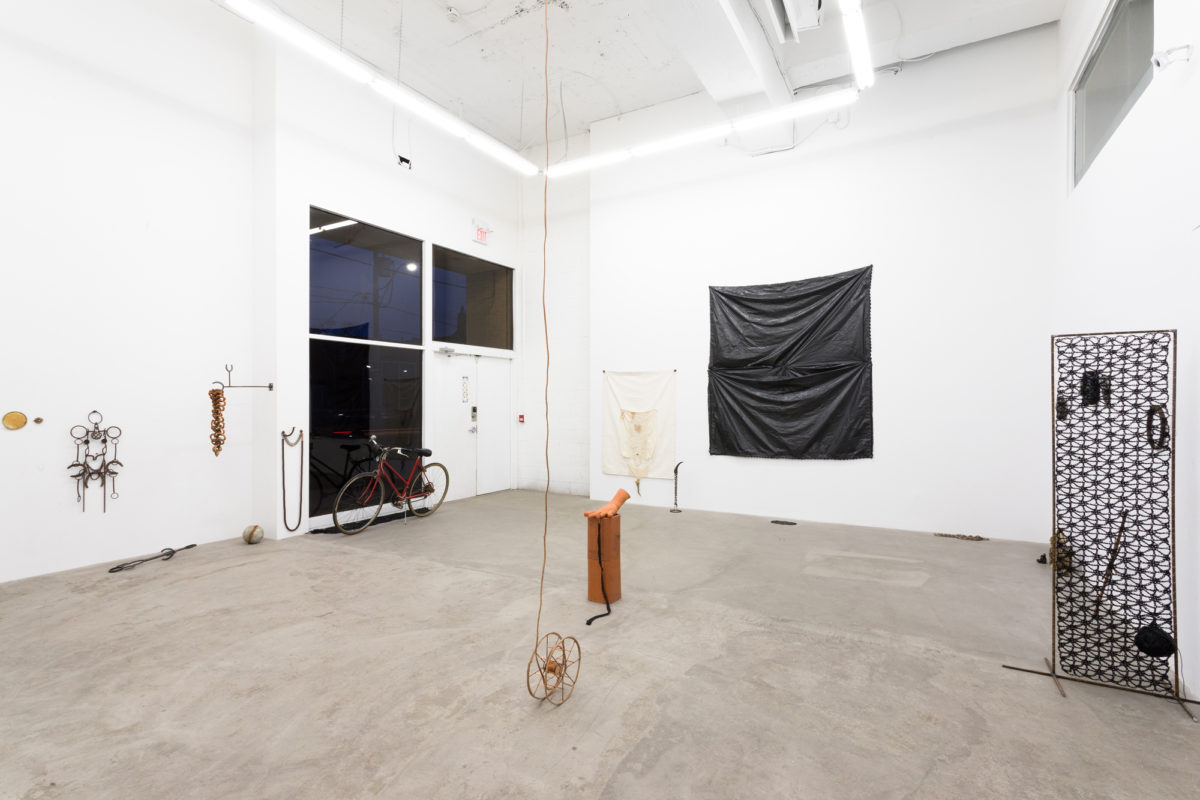
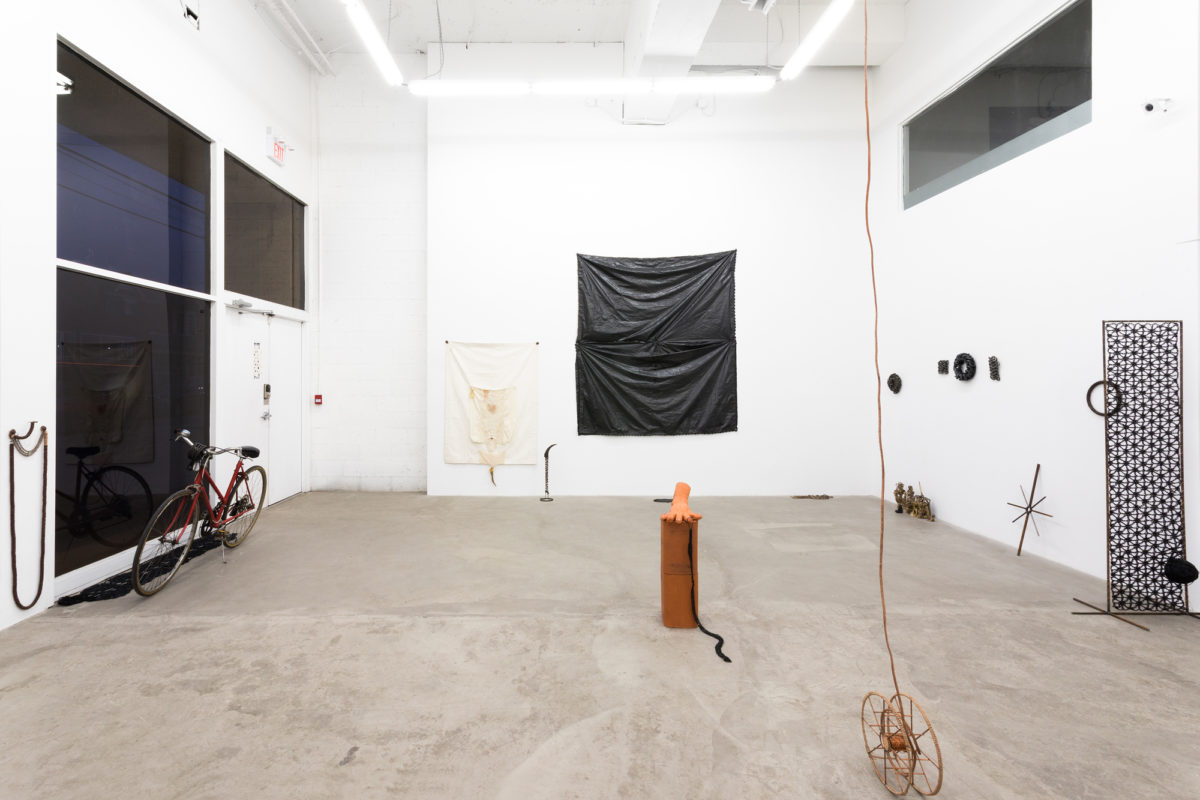
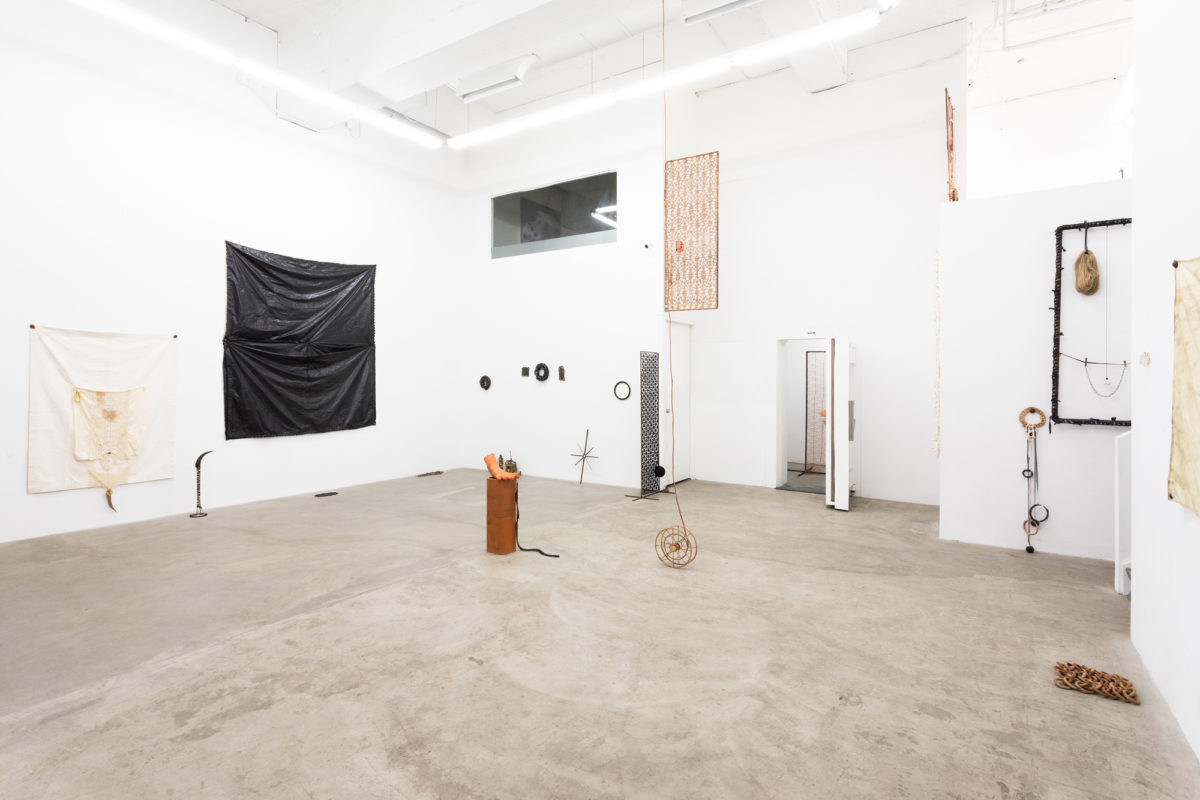

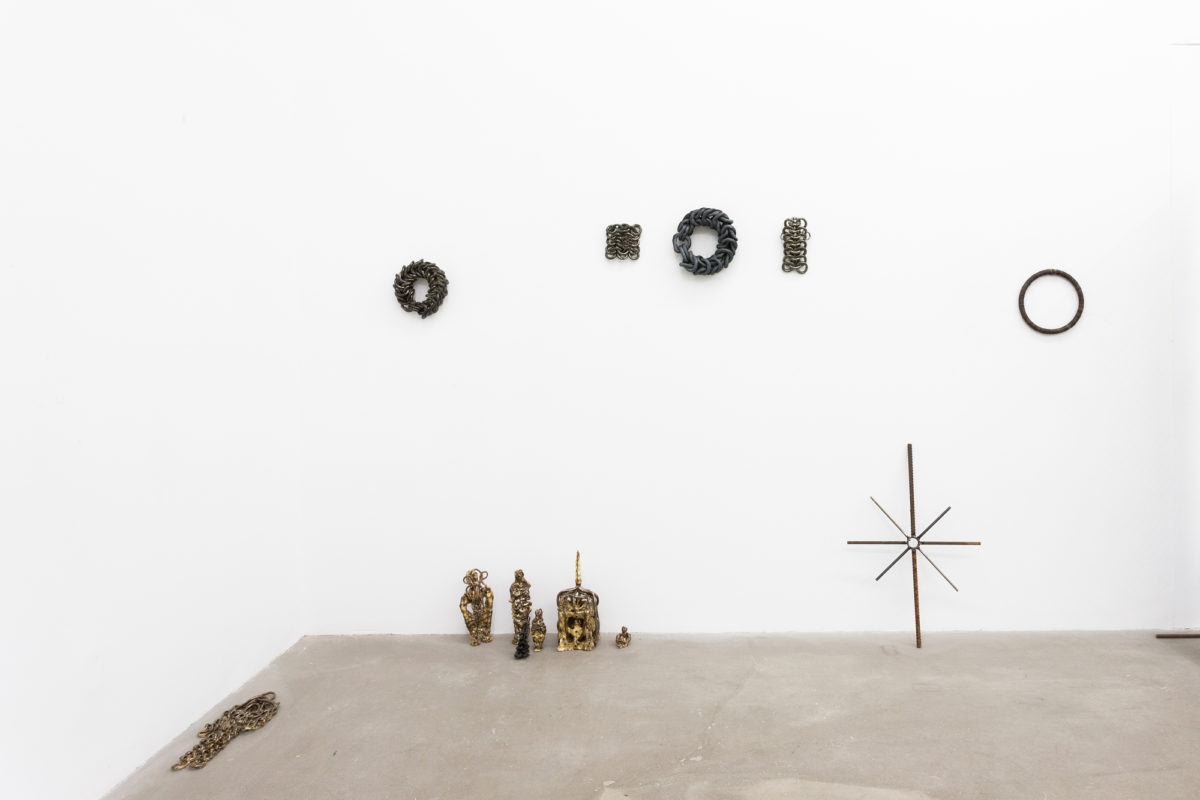

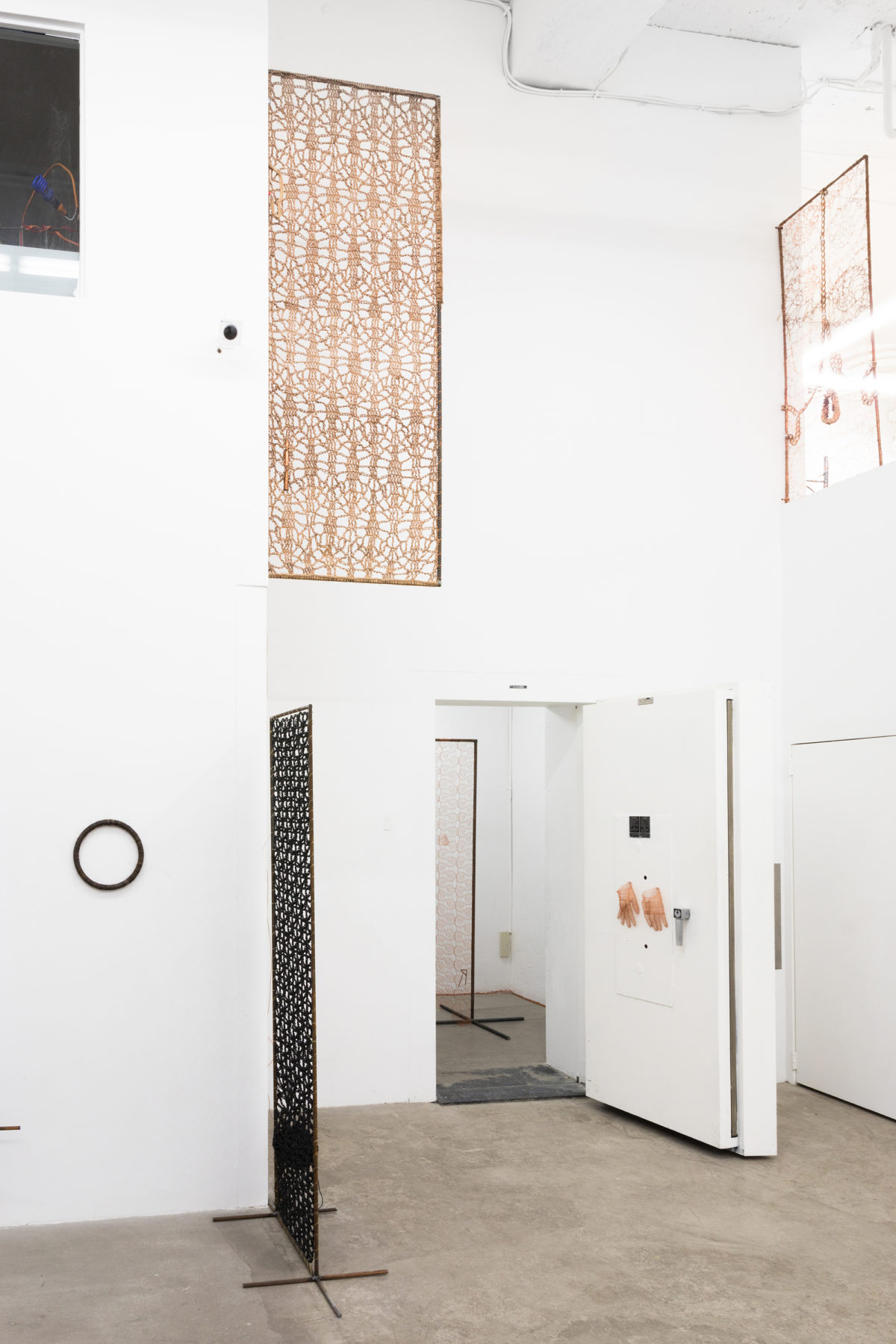
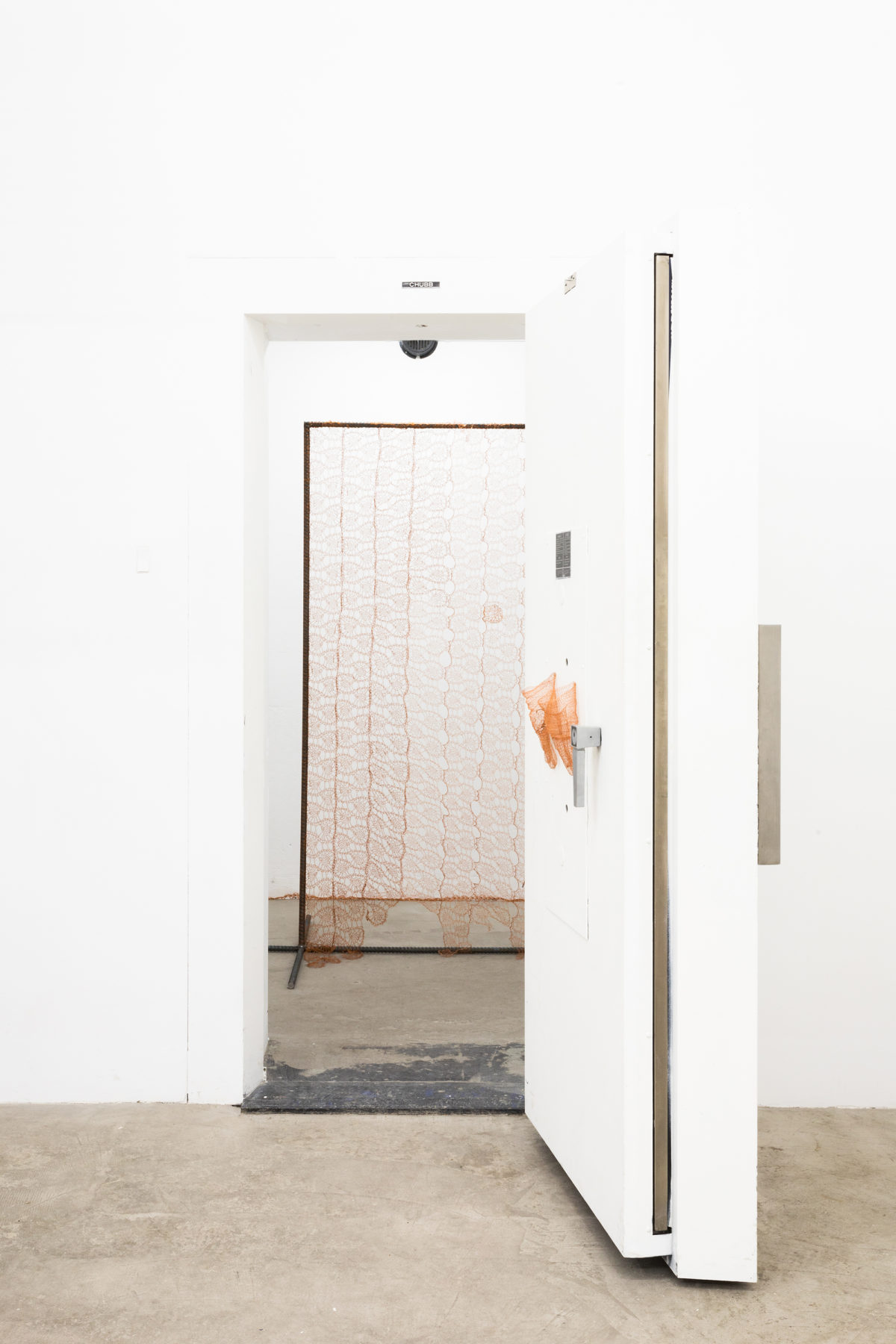
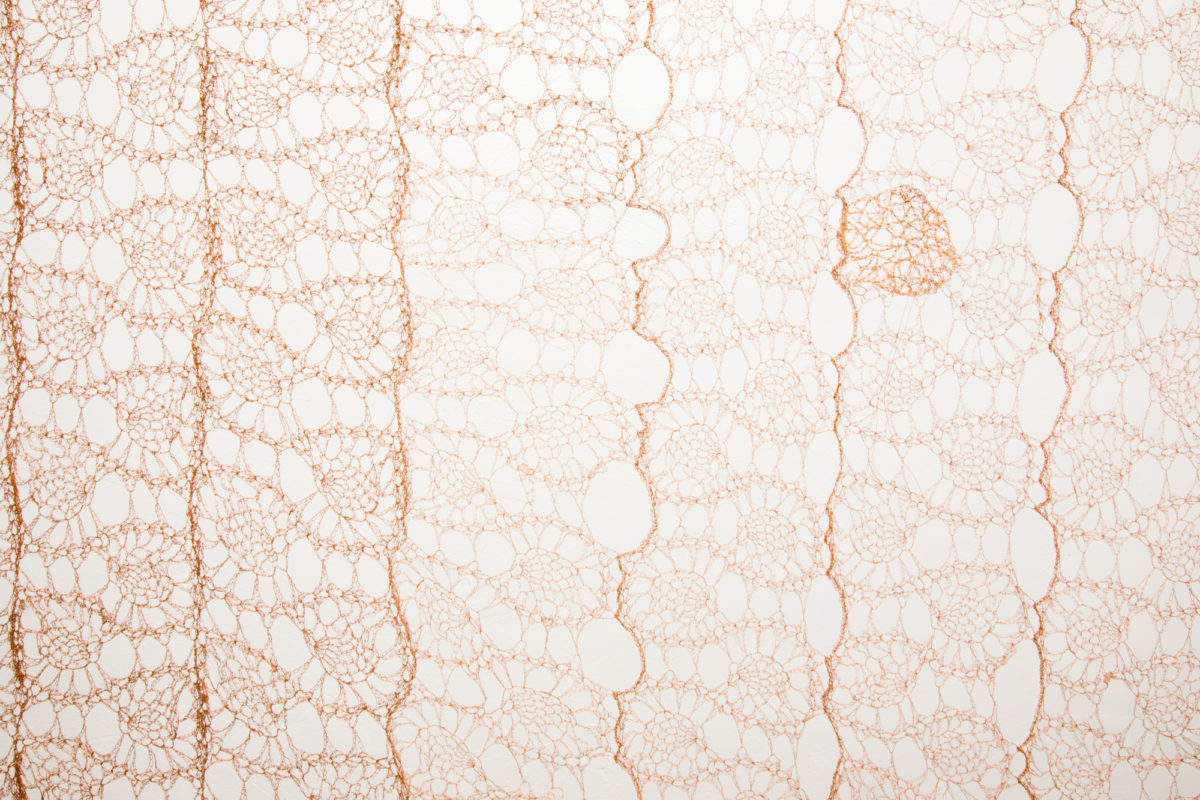
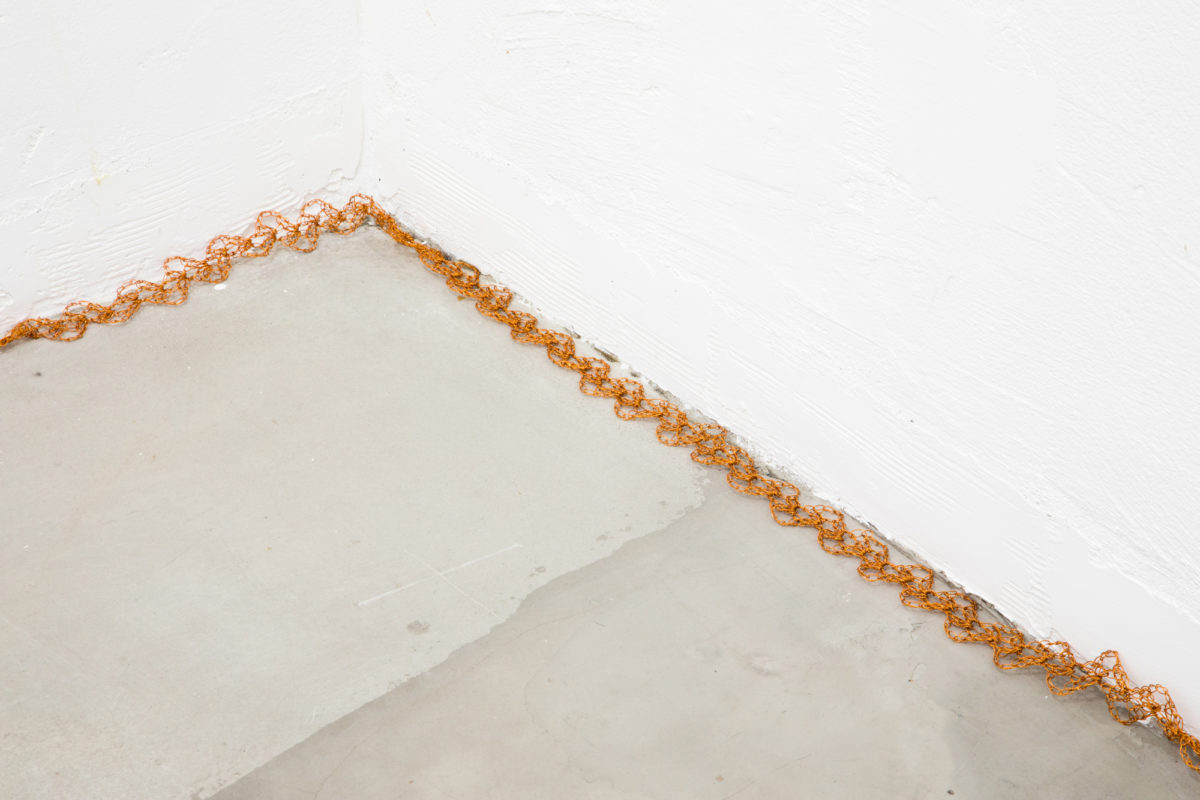
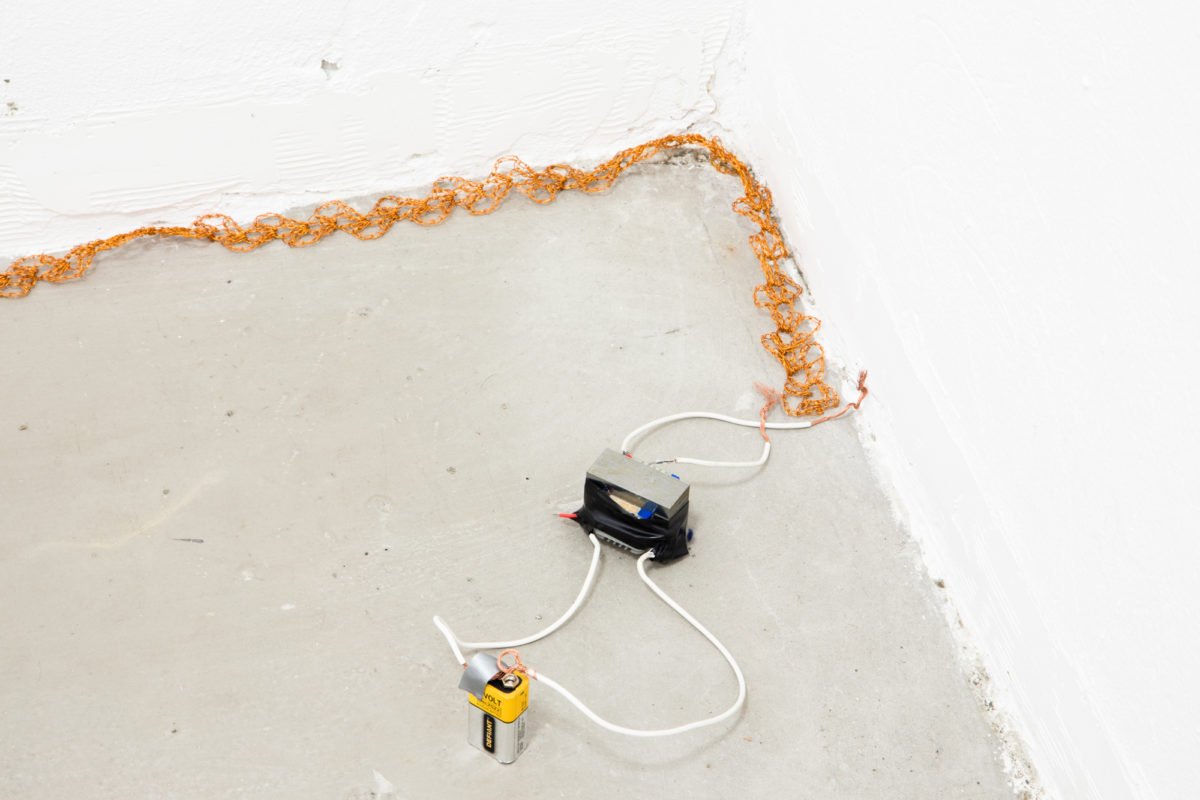
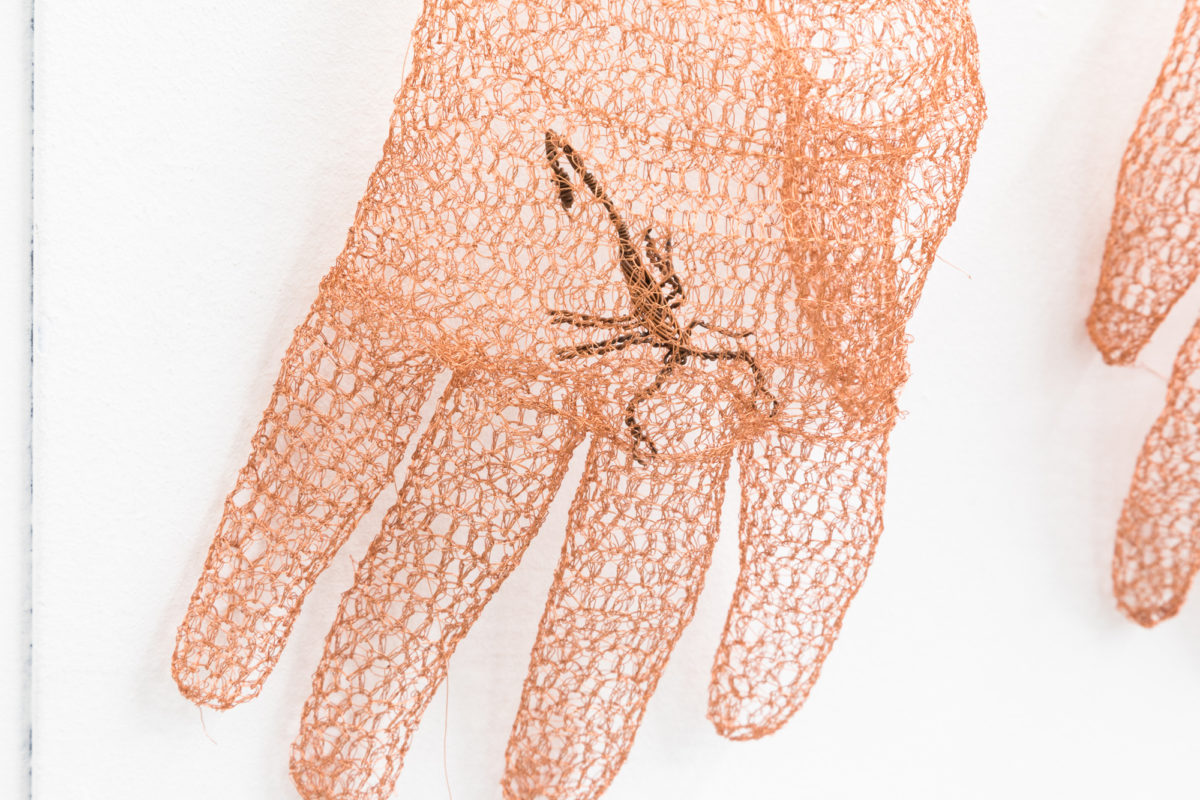

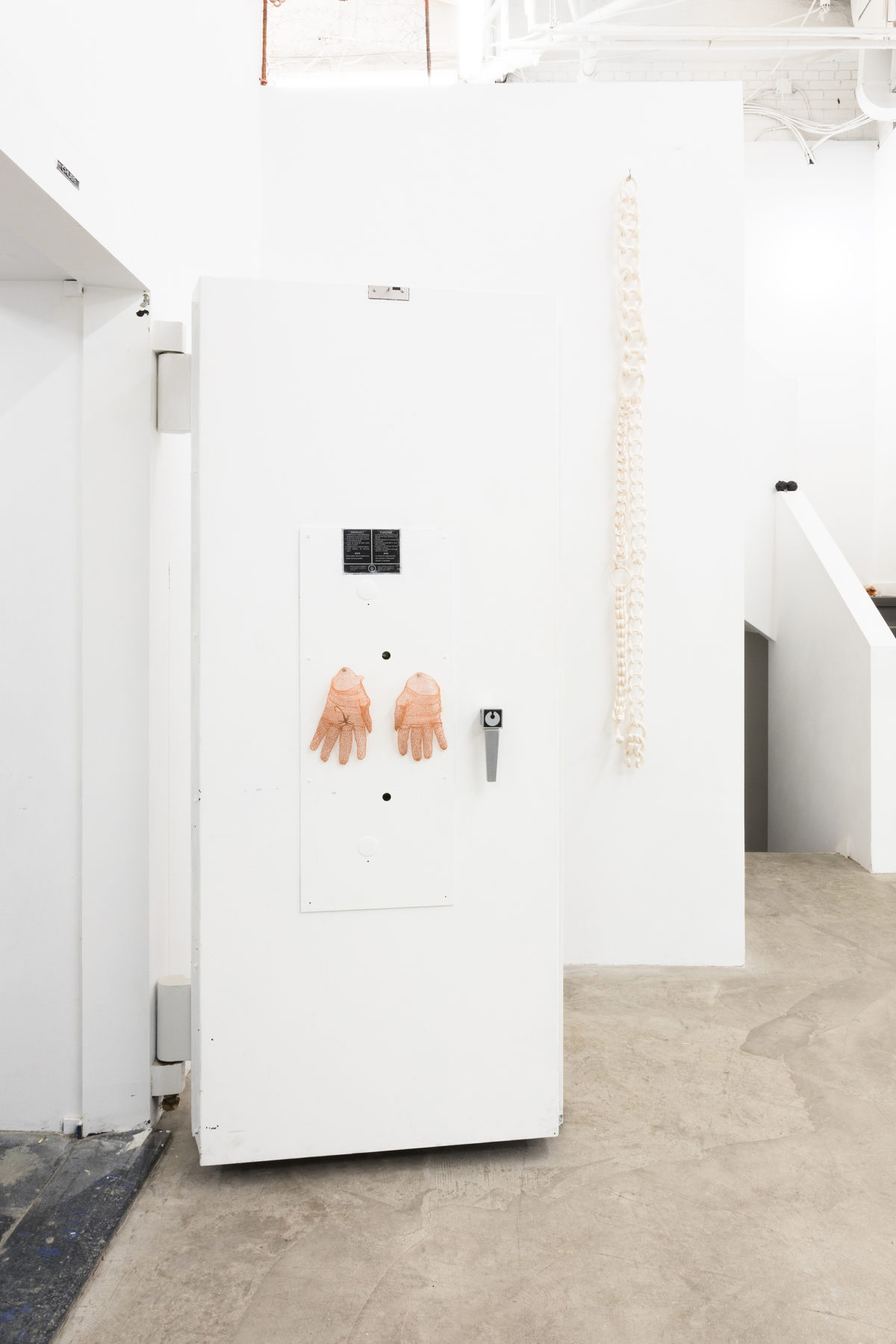
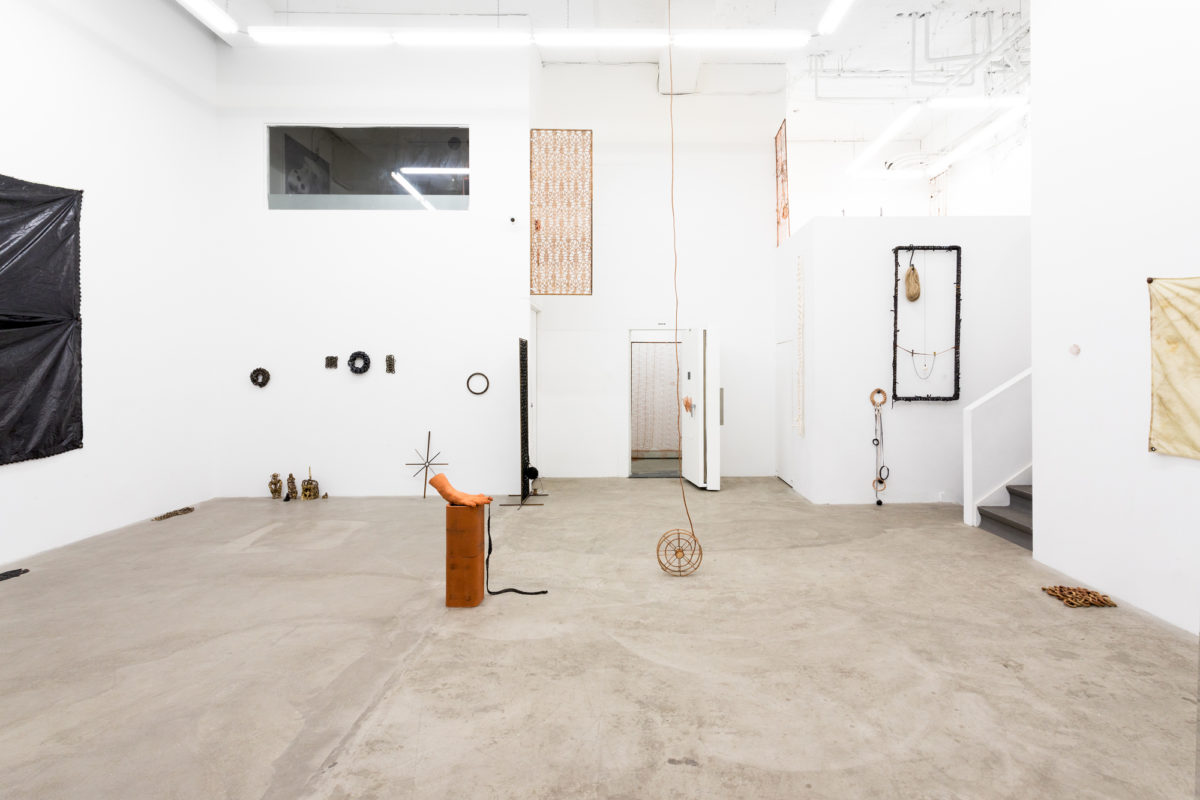
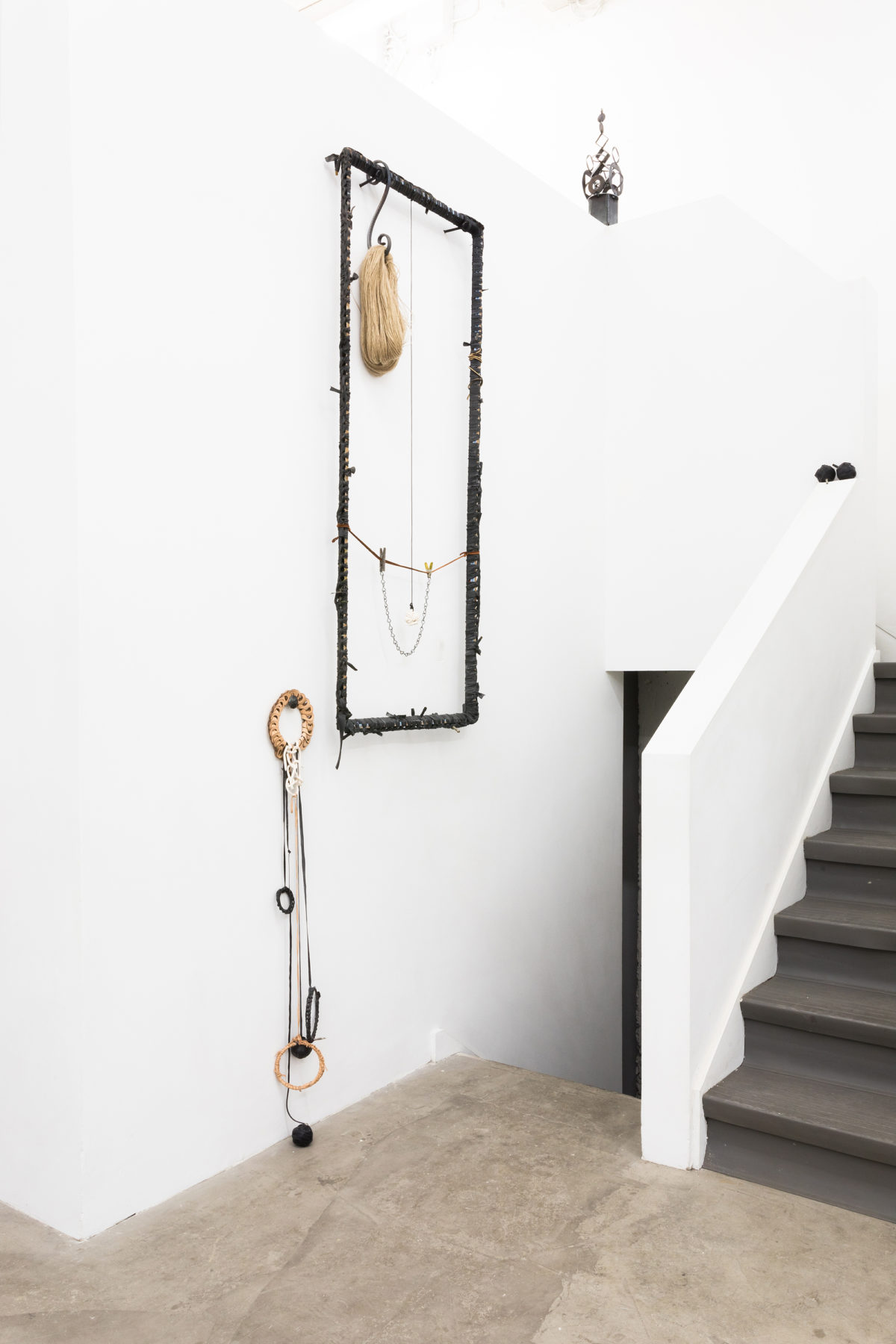
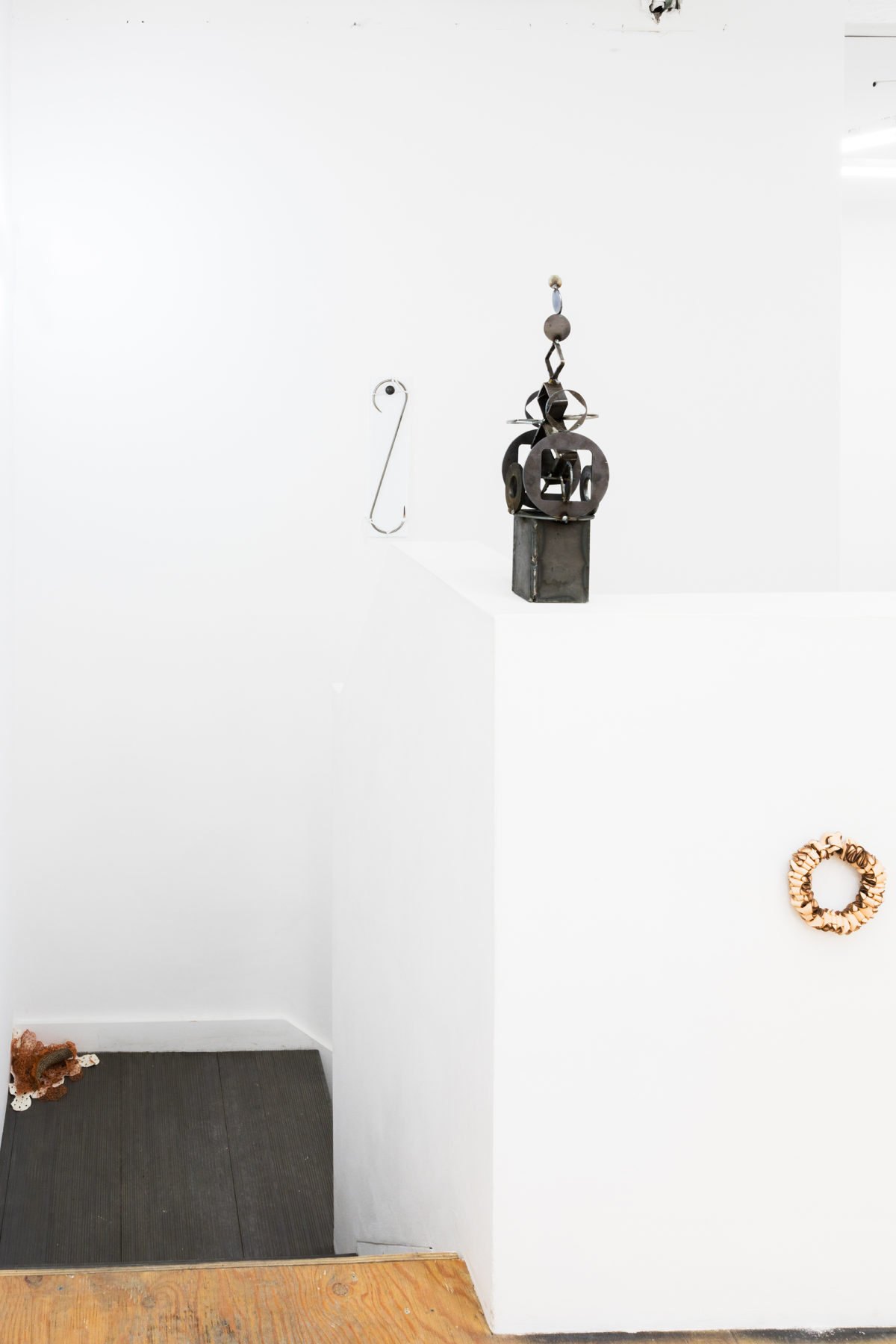
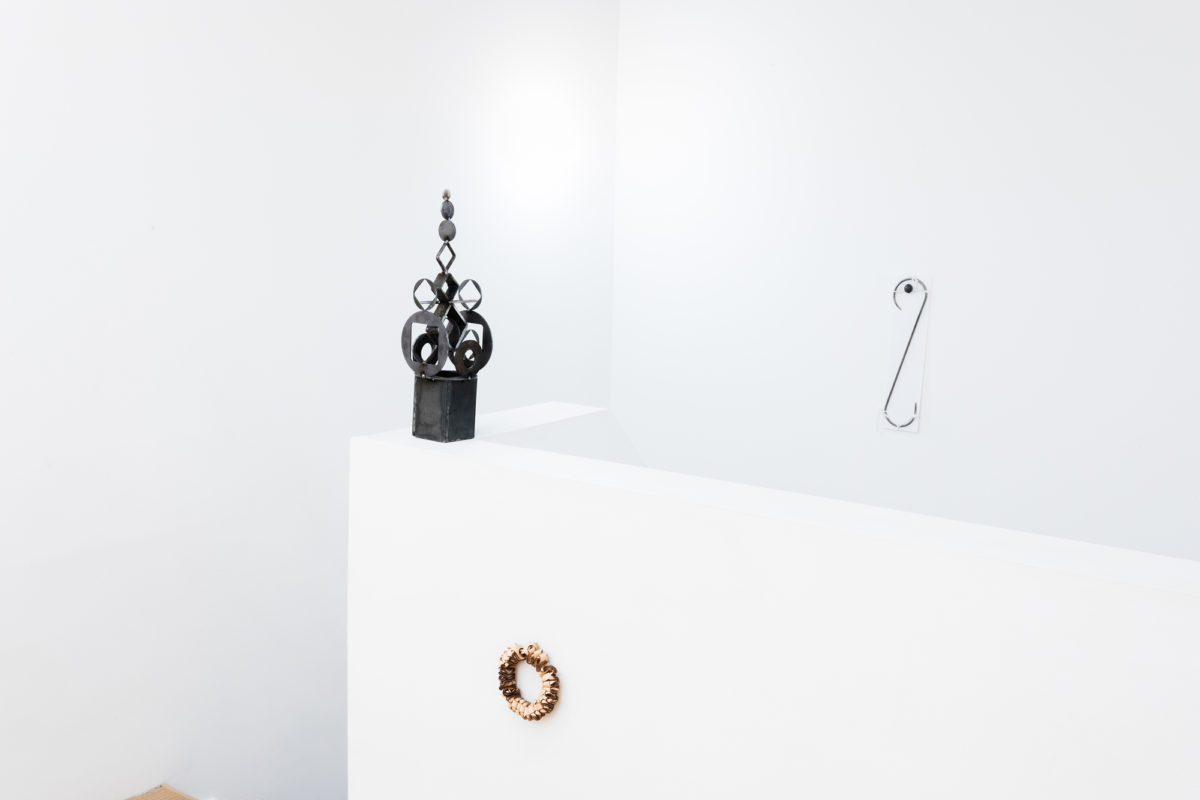
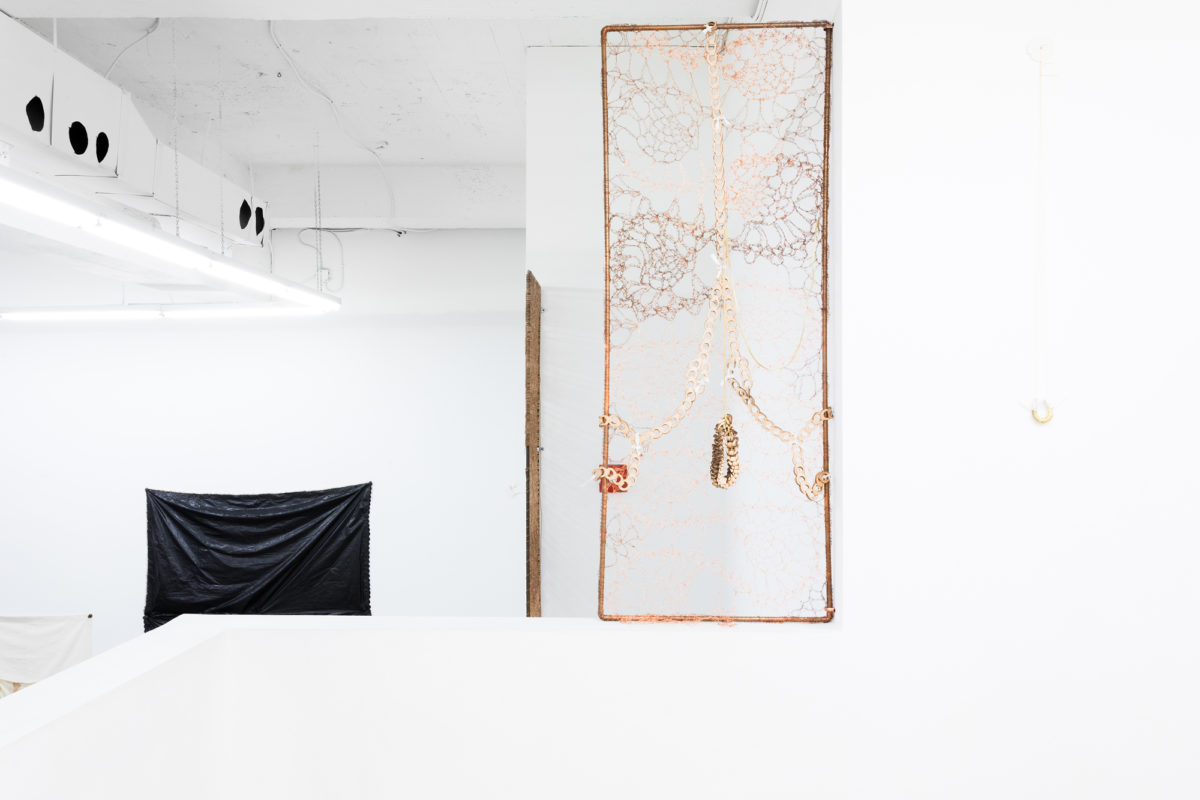
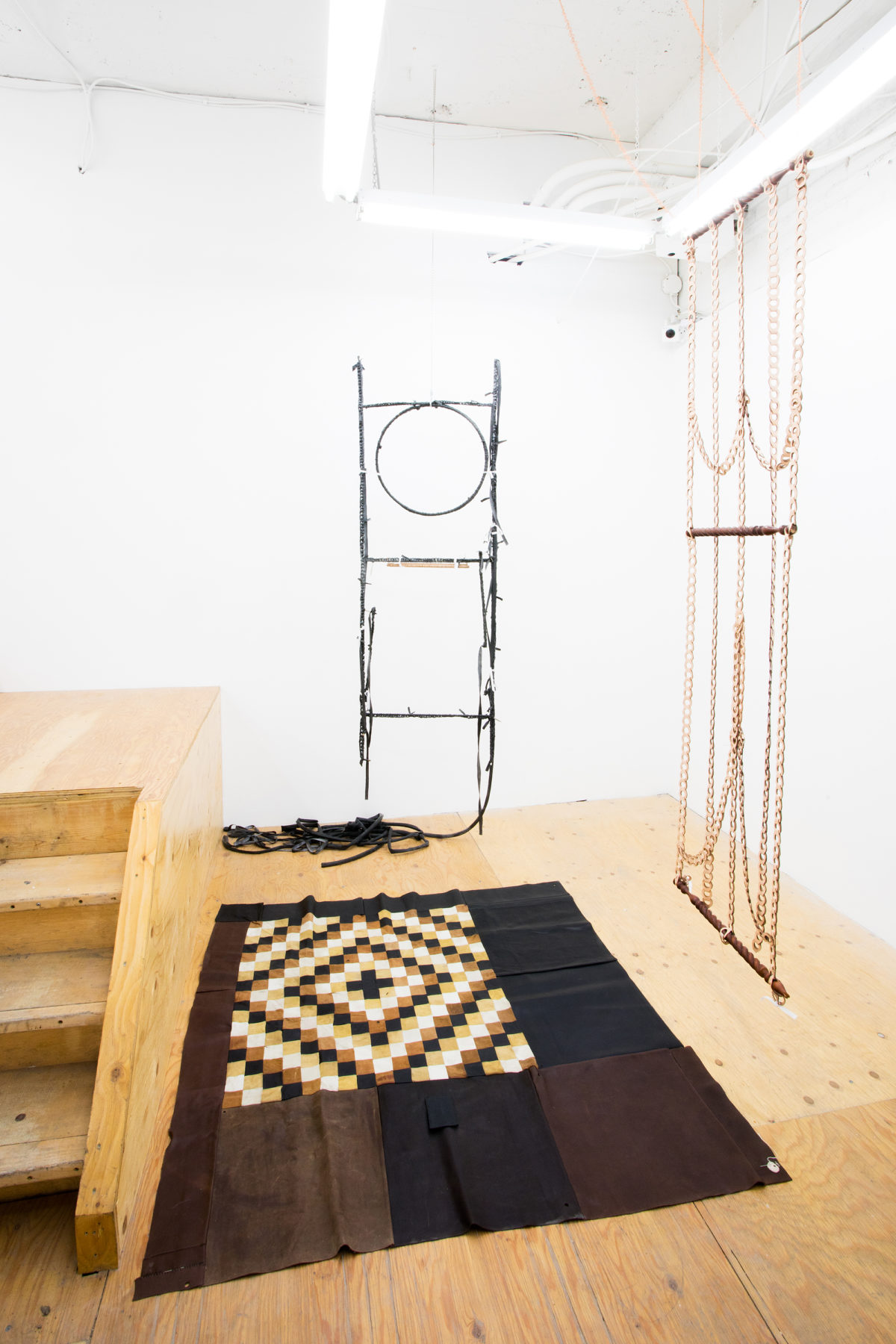
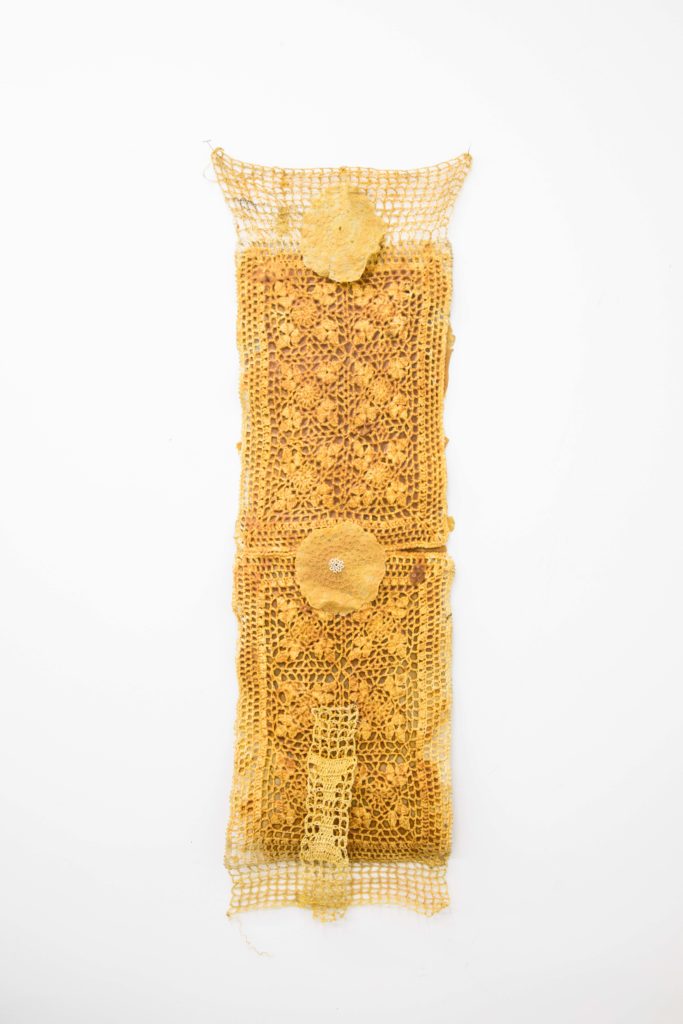
ektor garcia
Grannysquared
ektor garcia – Grannysquared, 2019
Latex, sinew


ektor garcia
Latex Bulbs
ektor garcia – Latex Bulbs, 2019
Crochet cotton, latex, sinew

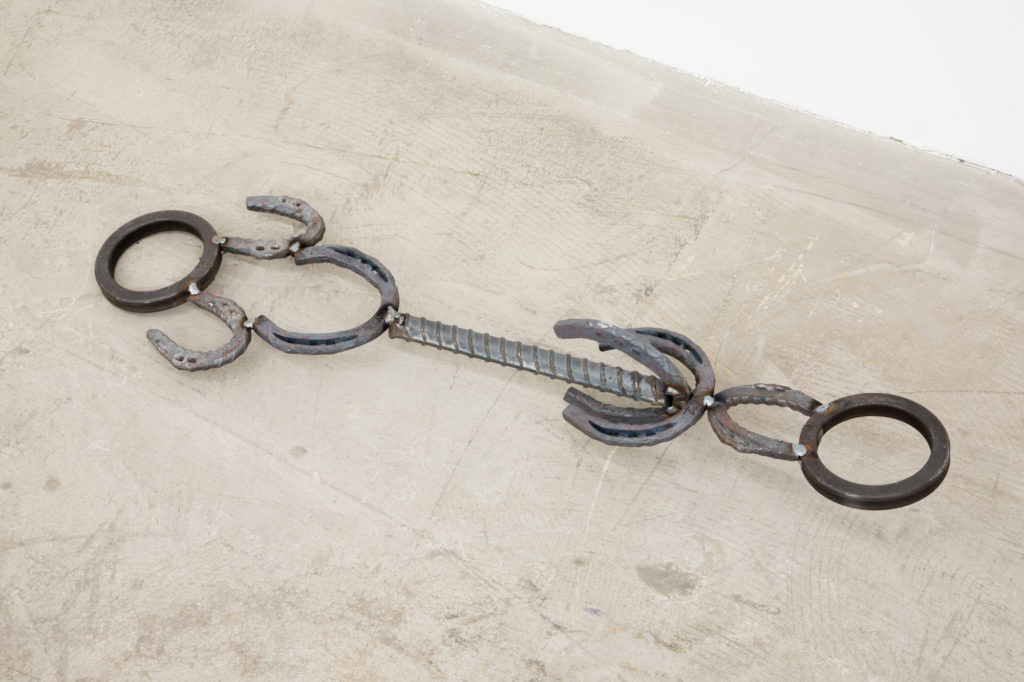
ektor garcia
herraduras
ektor garcia – herraduras, 2019
Welded steel horseshoes

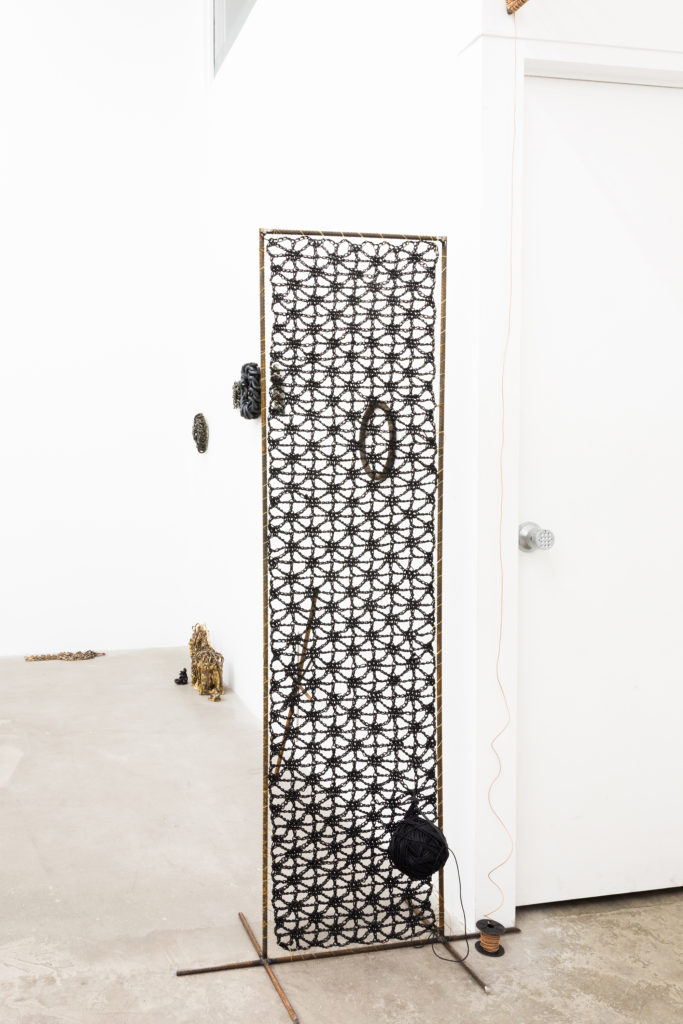
ektor garcia
empezar I
ektor garcia – empezar I, 2018
Crochet leather, welded steel

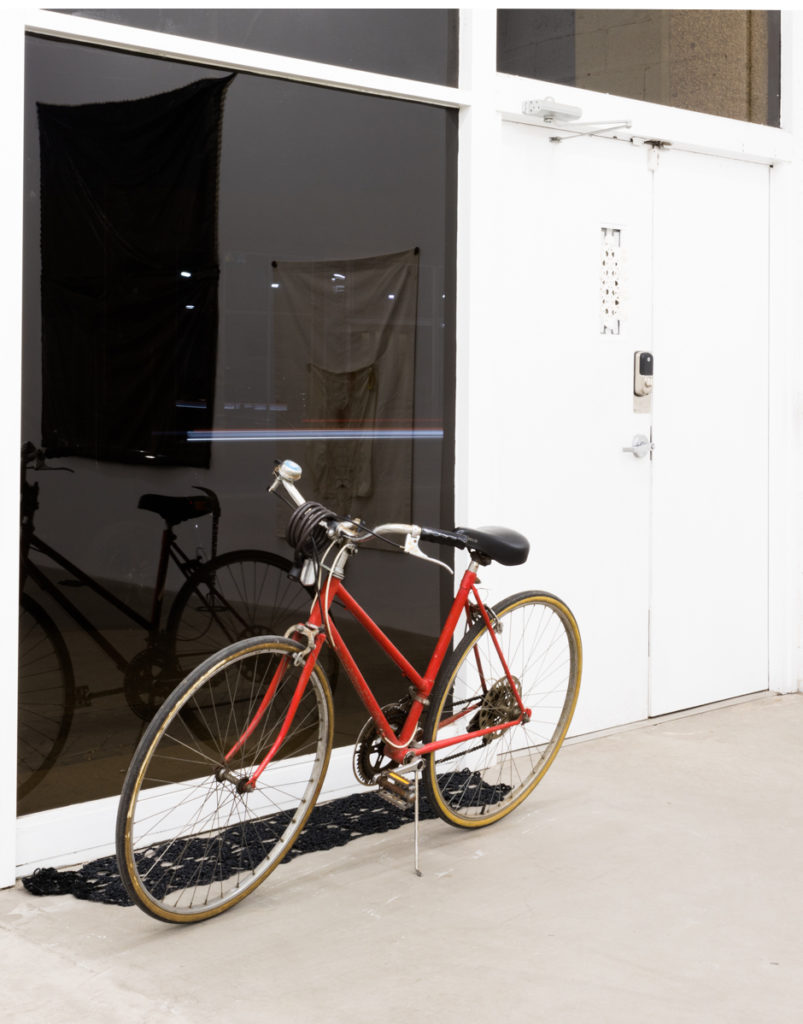
ektor garcia
Toronto bike
ektor garcia – Toronto bike, 2019
Suede, bike
Dimensions variable

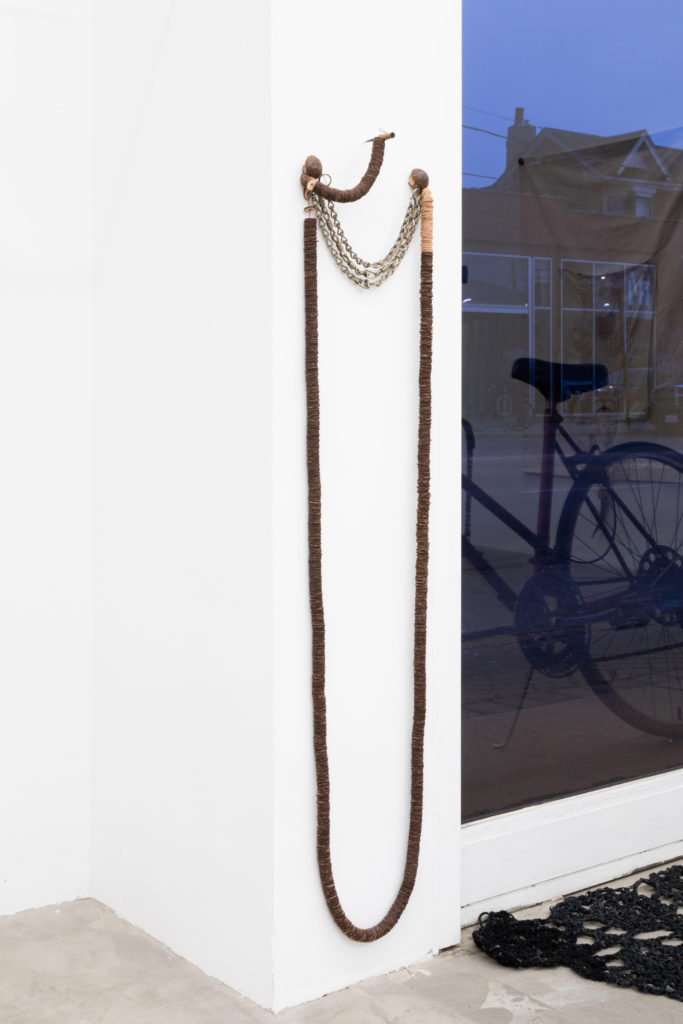
ektor garcia
cadenas II
ektor garcia – cadenas II, 2019
Steel, leather, waxed thread

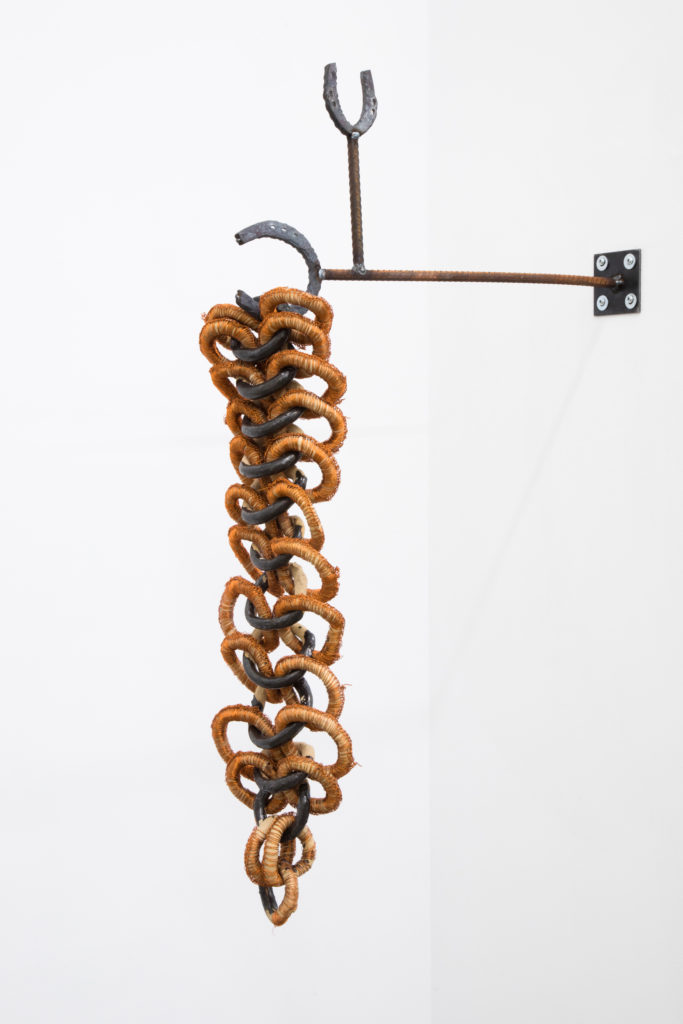
ektor garcia
tobasco
ektor garcia – tobasco, 2019
Steel, copper, glazed ceramic

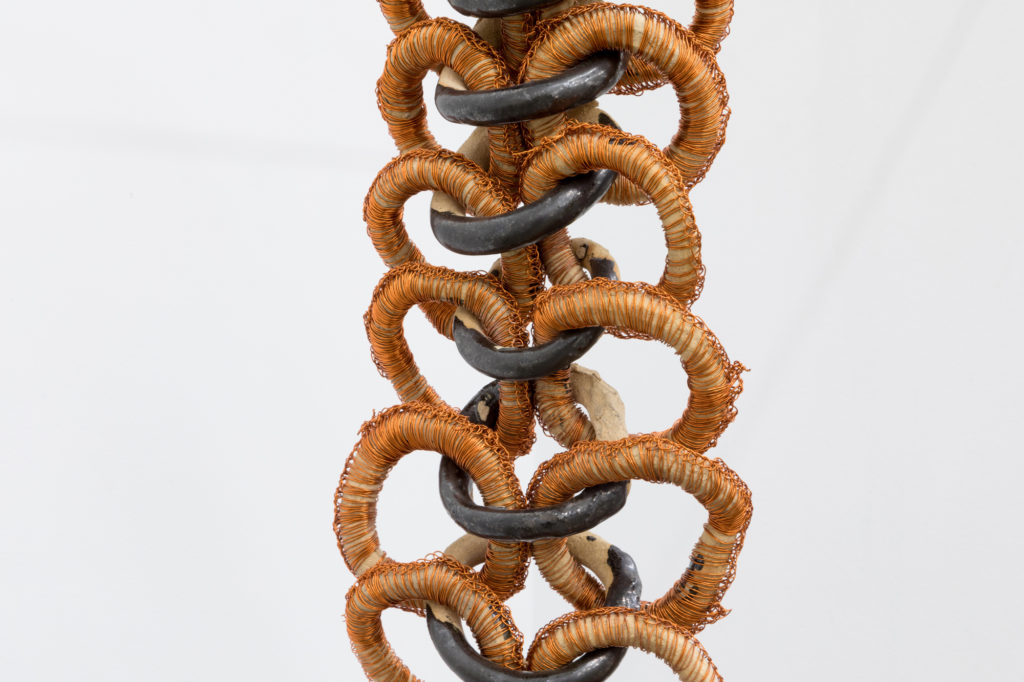

ektor garcia
portal VI
ektor garcia – portal VI, 2019
Polyester, earthenware, found fabrics, copper
Dimensions variable

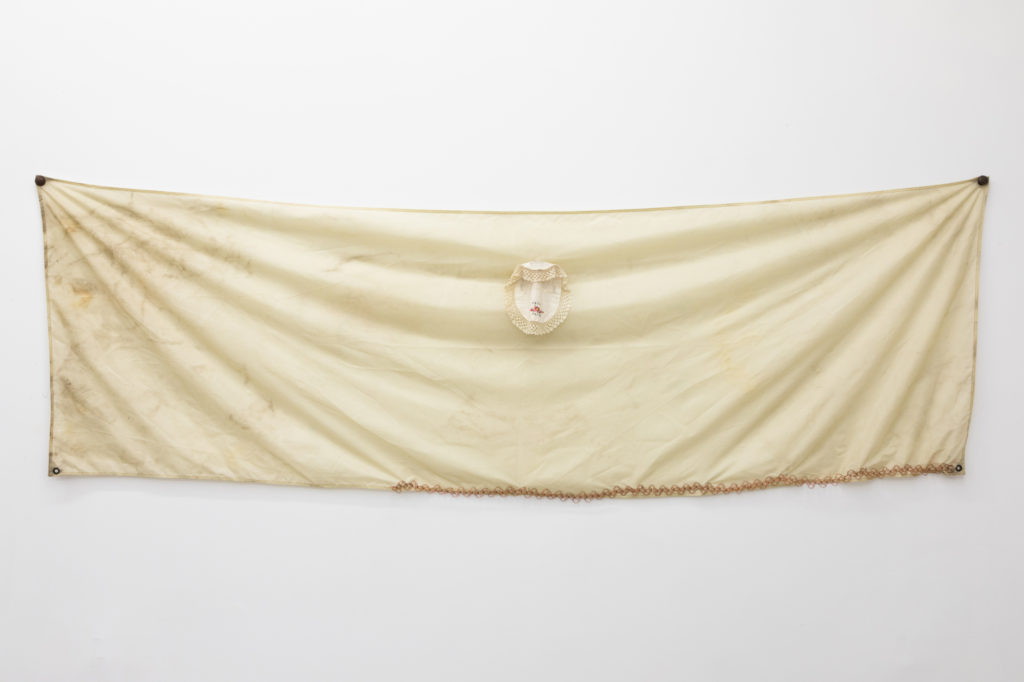
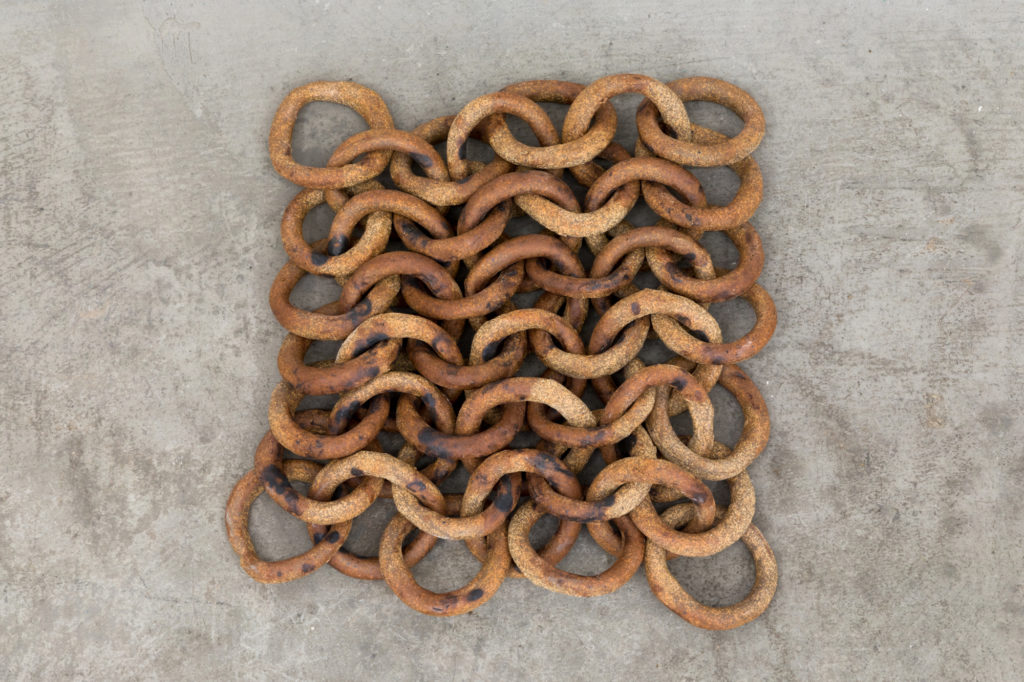
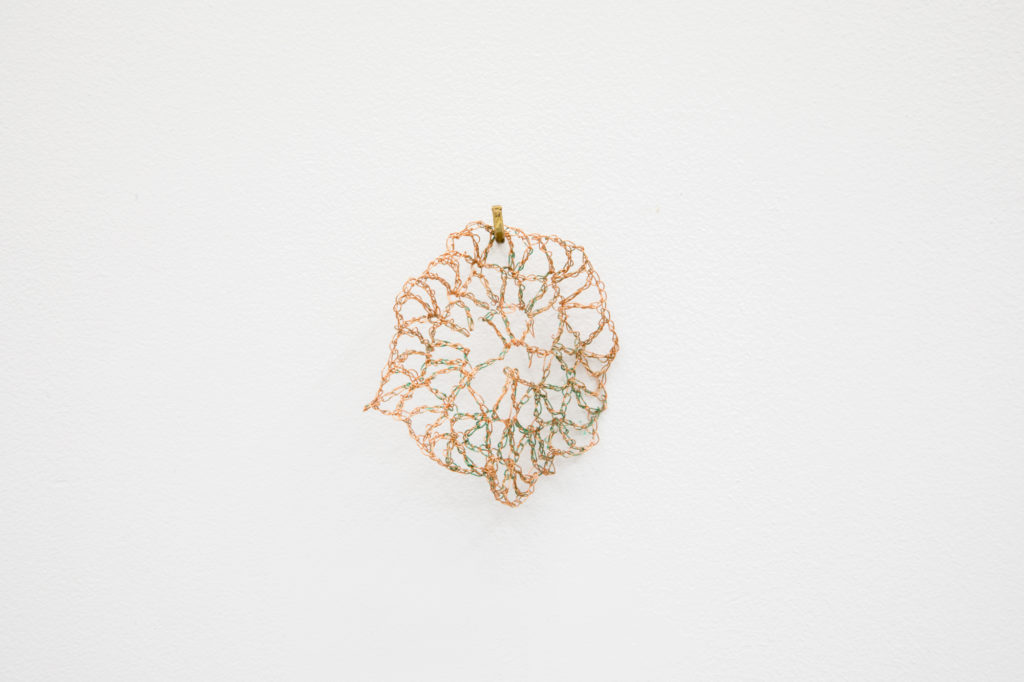

ektor garcia
portal V
ektor garcia – portal V, 2019
Leather, steel, canvas, lace, goat horn, sinew, blood
Dimensions variable

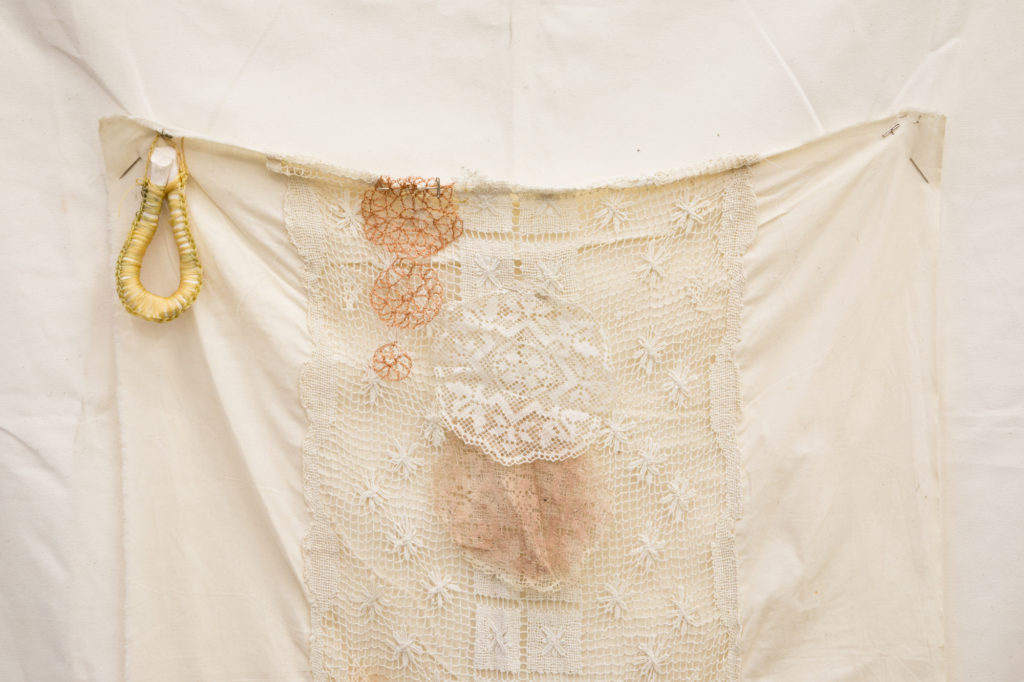
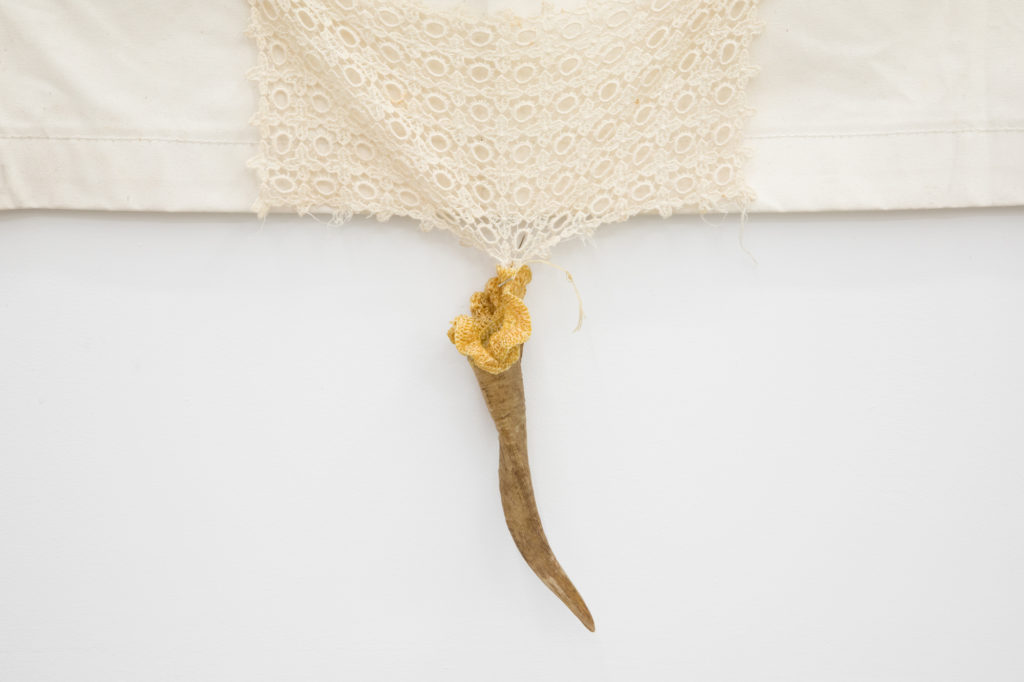
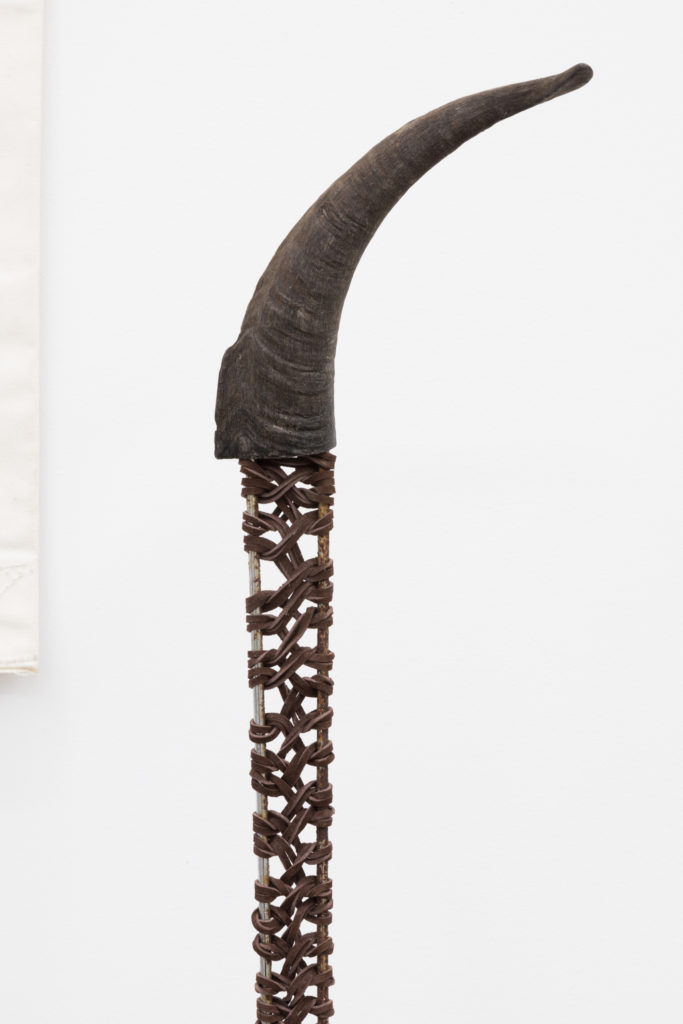
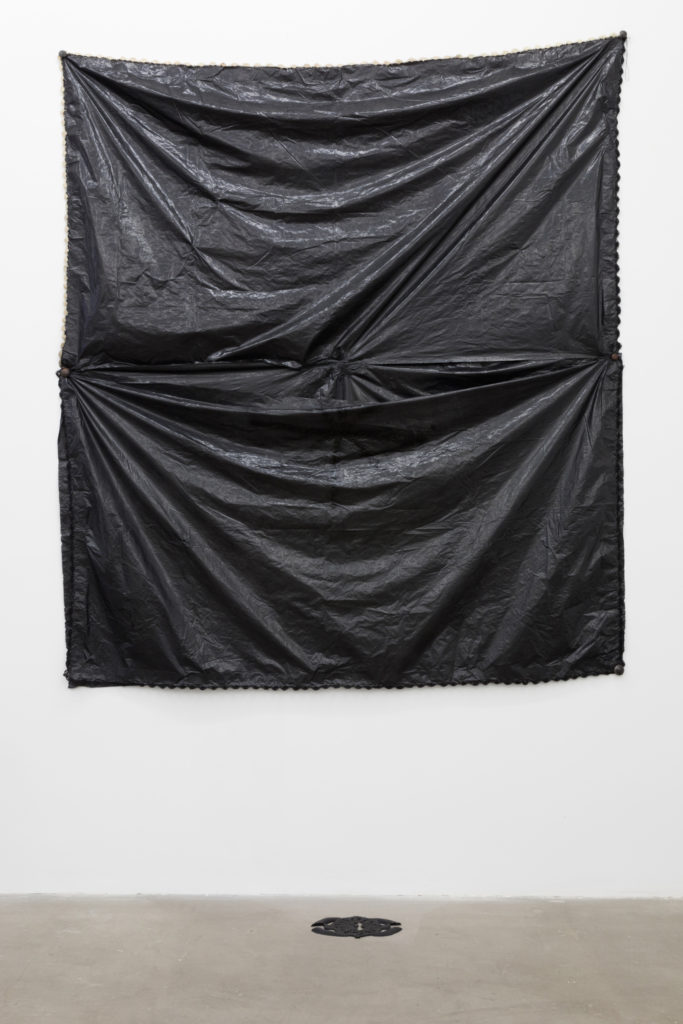
ektor garcia
portal IV
ektor garcia – portal IV, 2019
Plastic garbage bags, waxed thread, cast aluminum, electrical tape, enamel paint
Dimensions variable

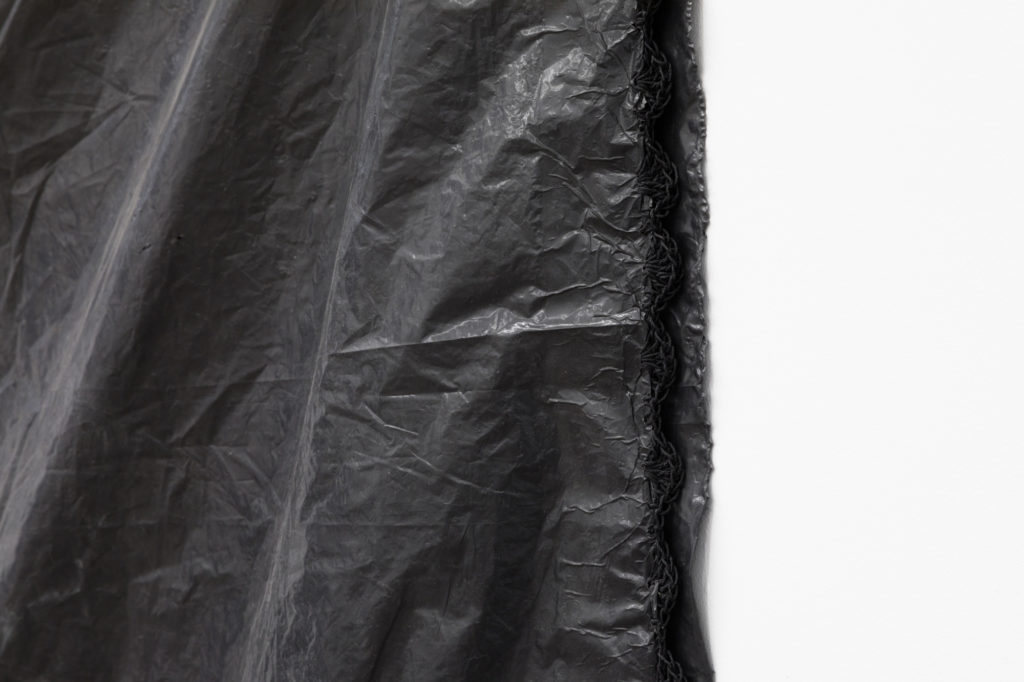
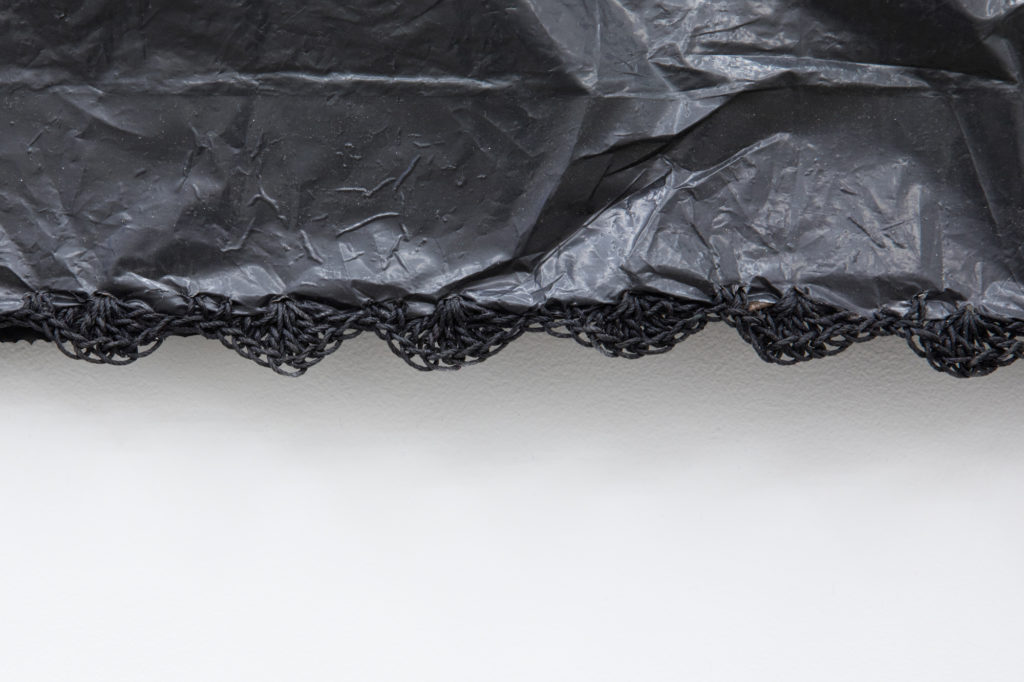
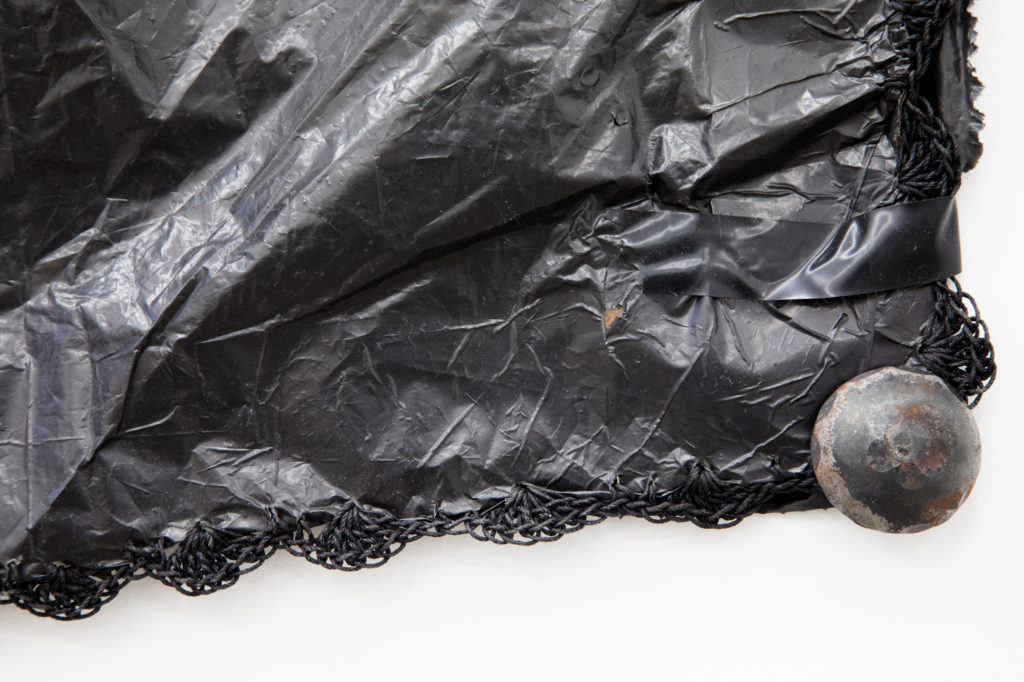
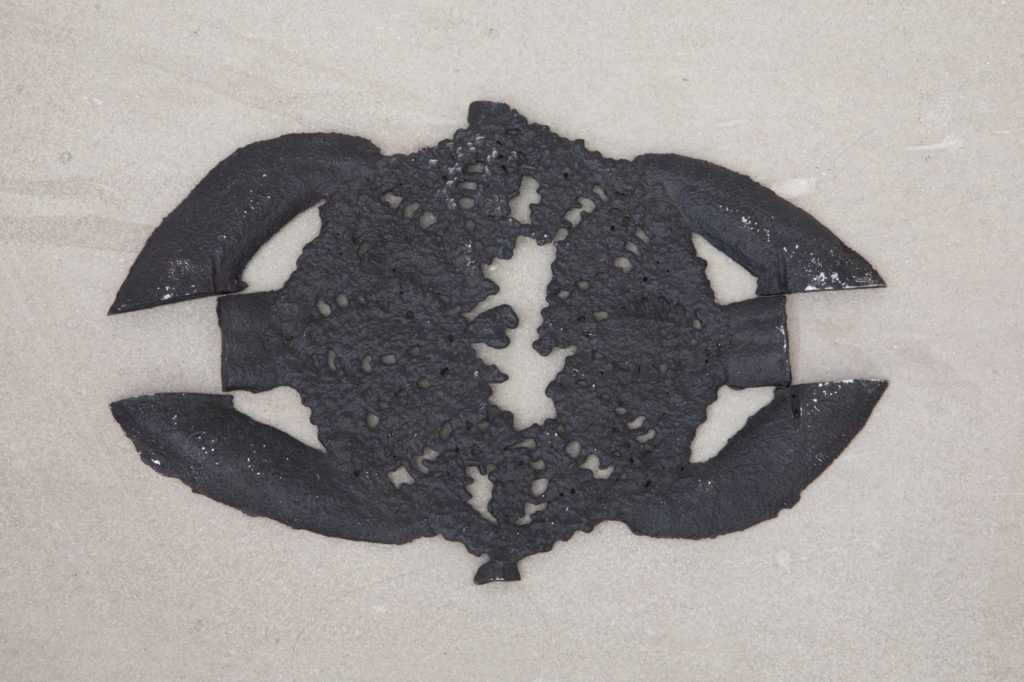
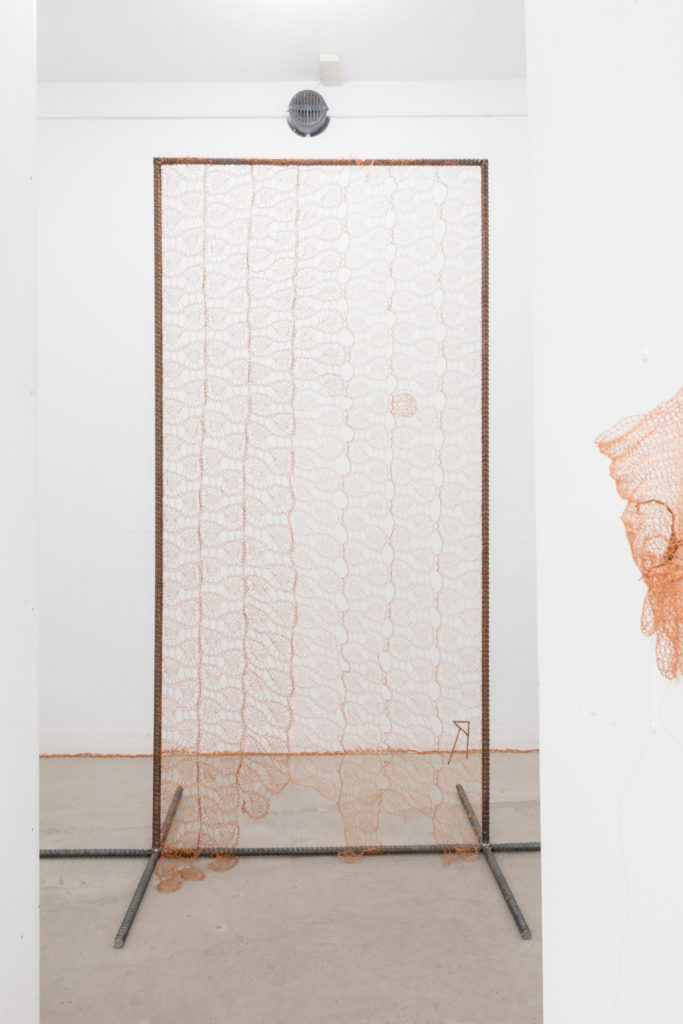
ektor garcia
portal III
ektor garcia – portal III, 2019
Copper, steel

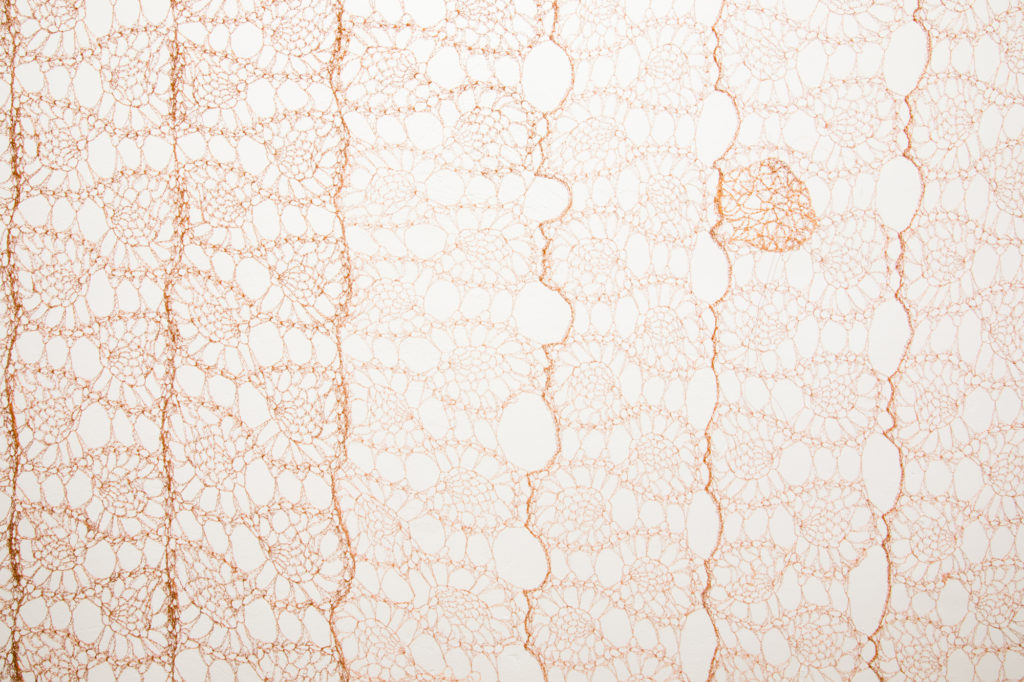
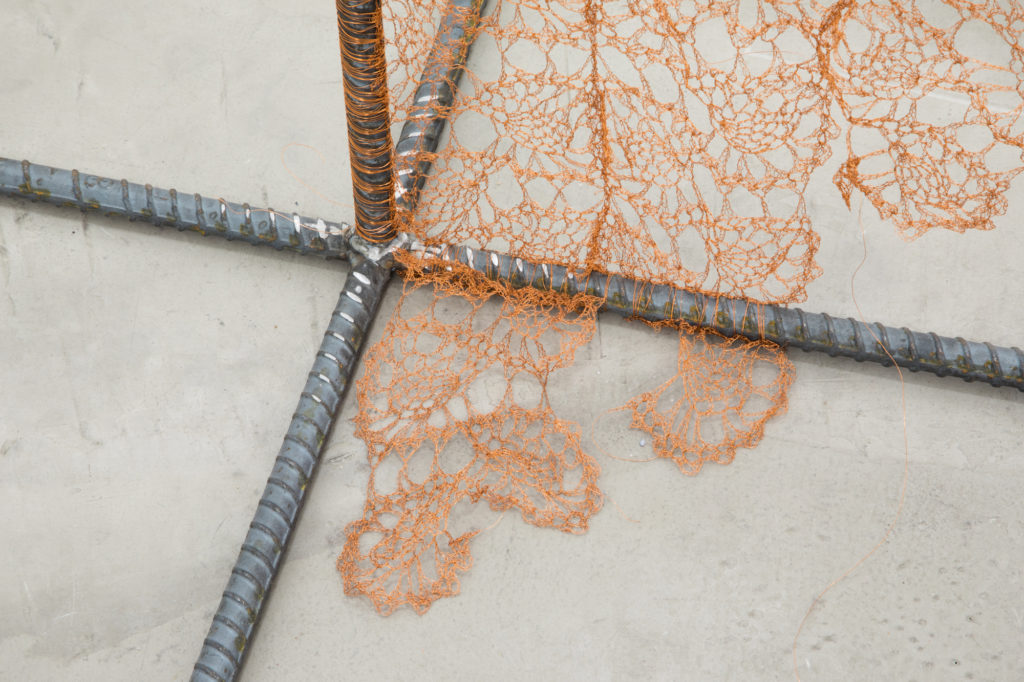
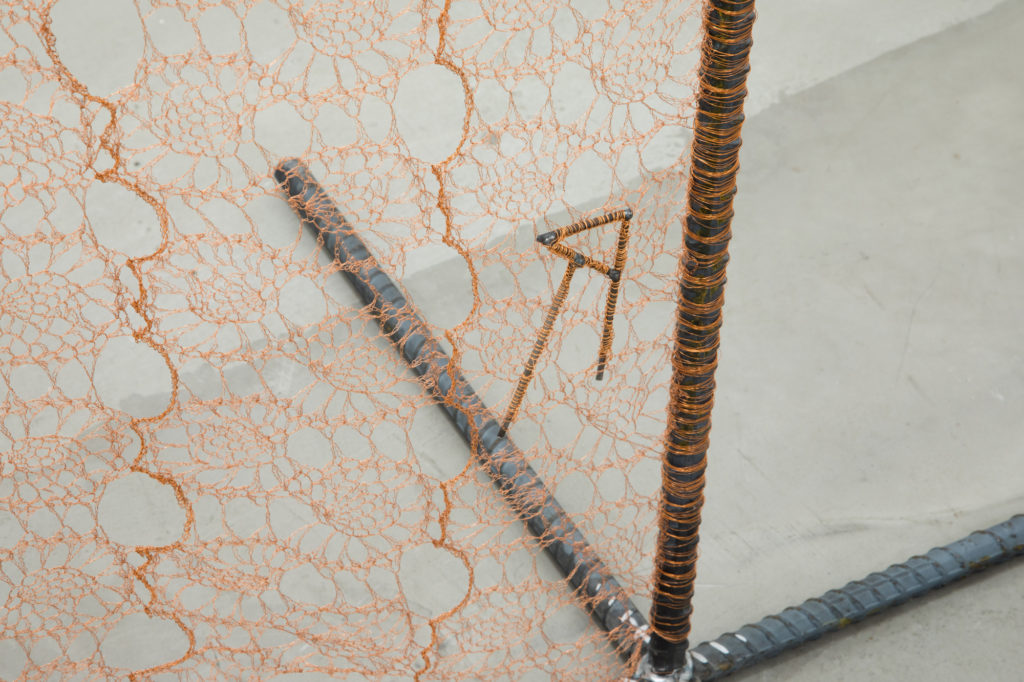

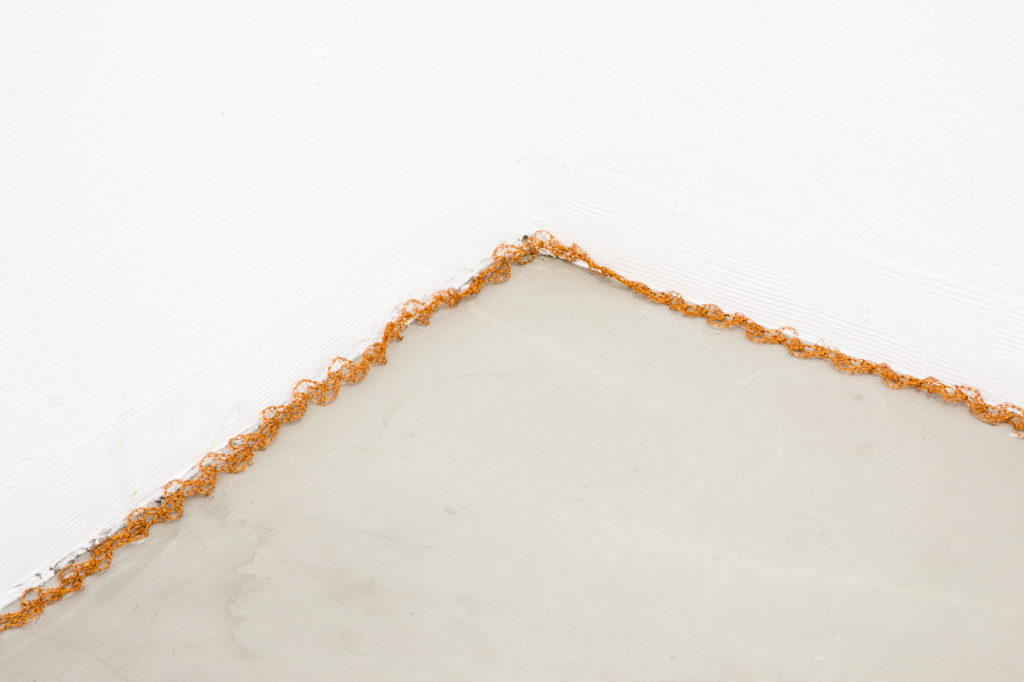
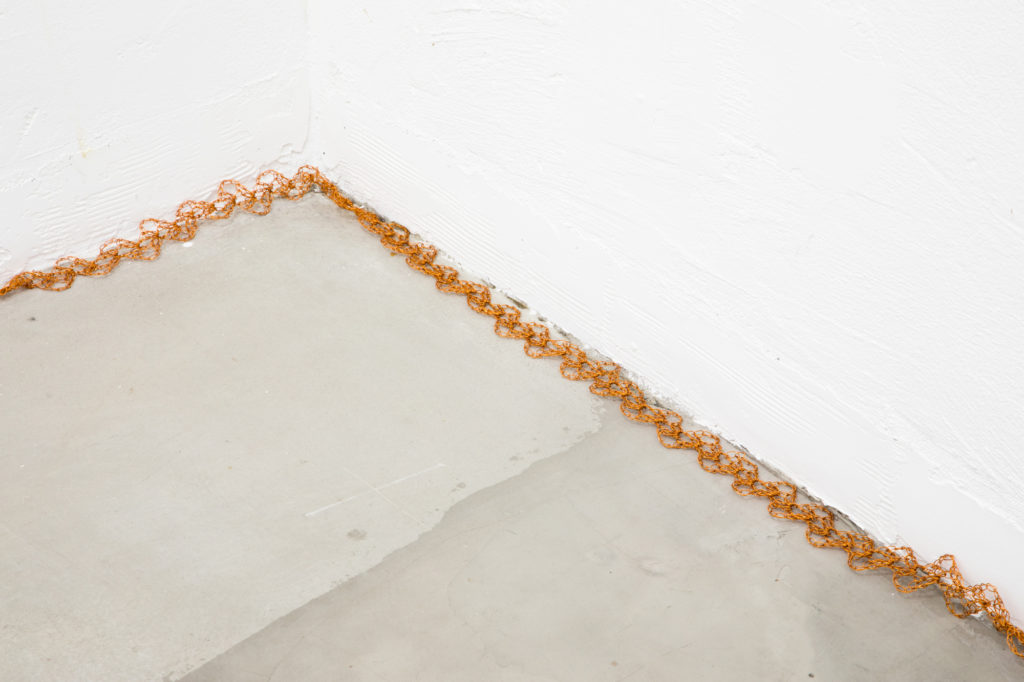
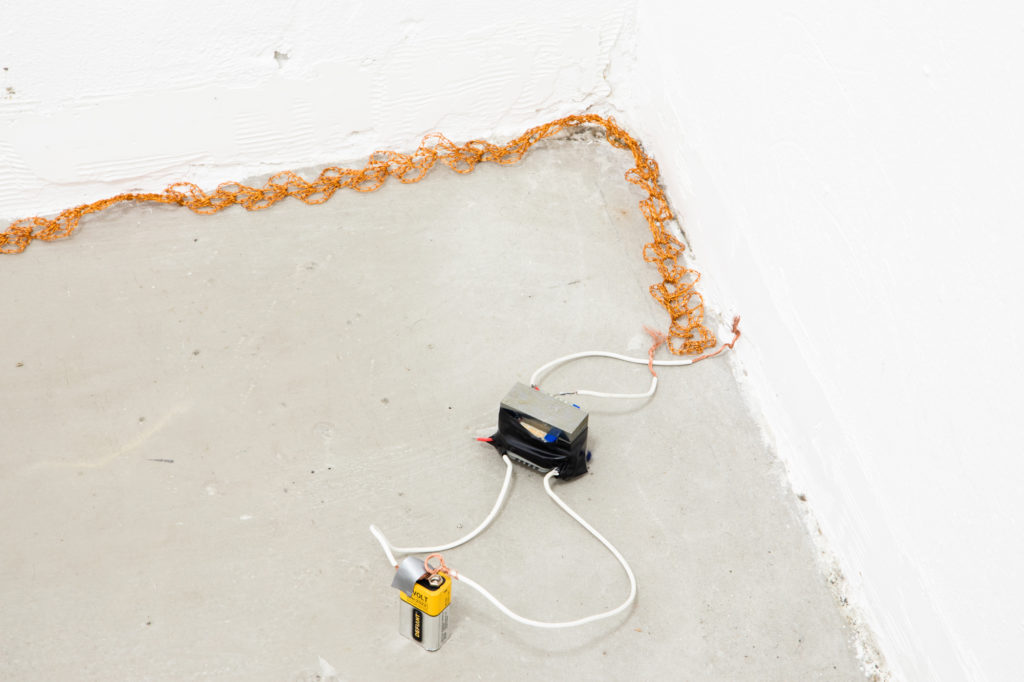
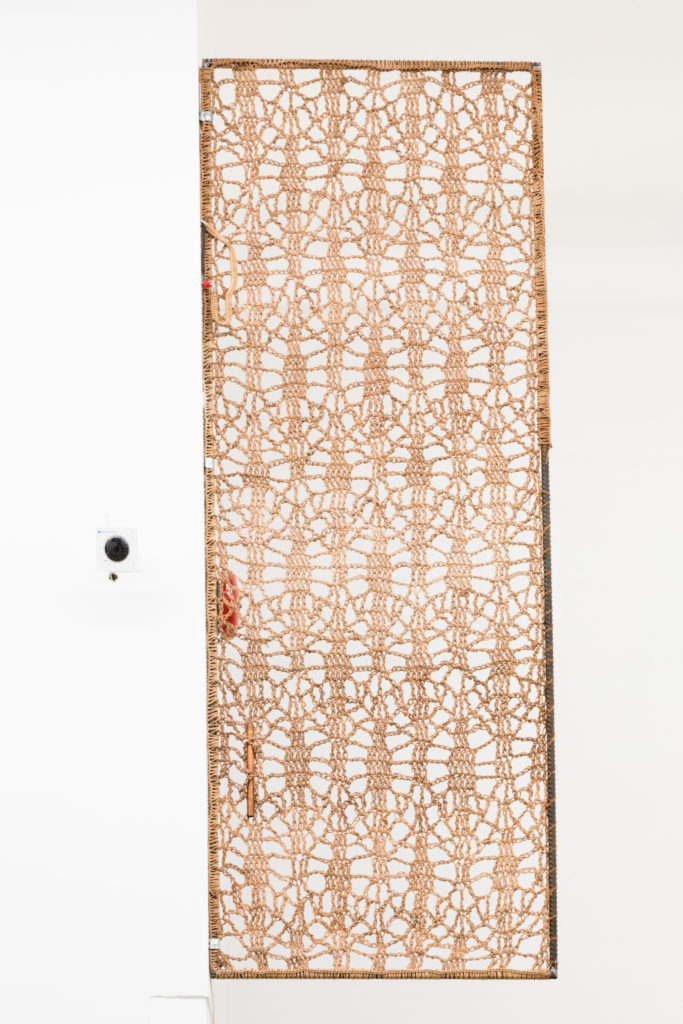
ektor garcia
portal II
ektor garcia – portal II, 2019
Steel, leather, copper
Dimensions variable


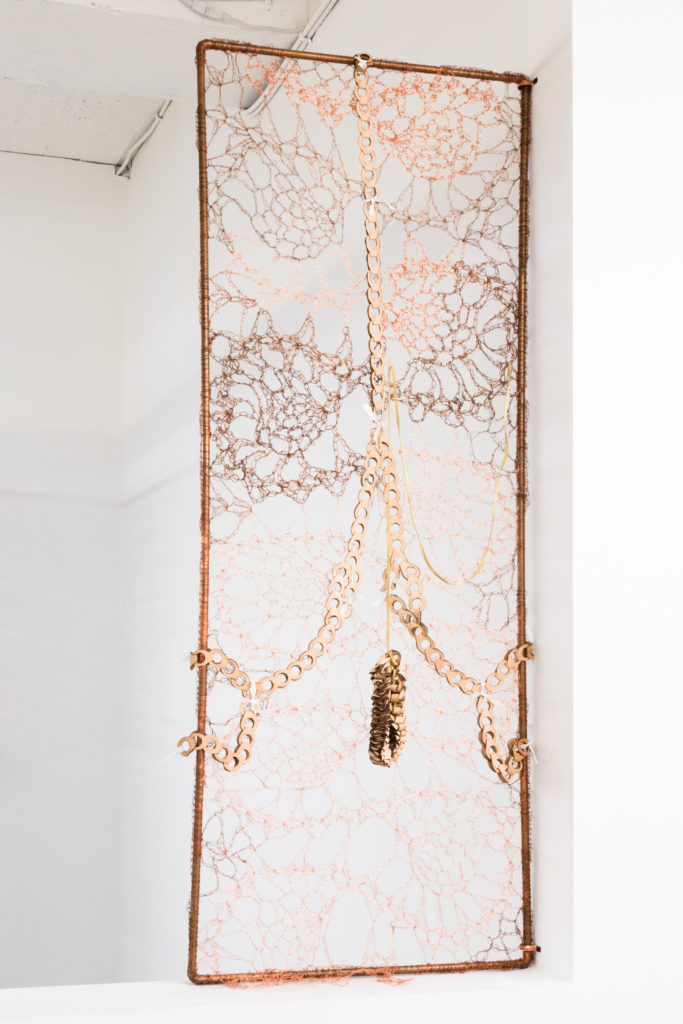
ektor garcia
portal 1
ektor garcia – portal 1, 2019
Copper, leather, bike tubes

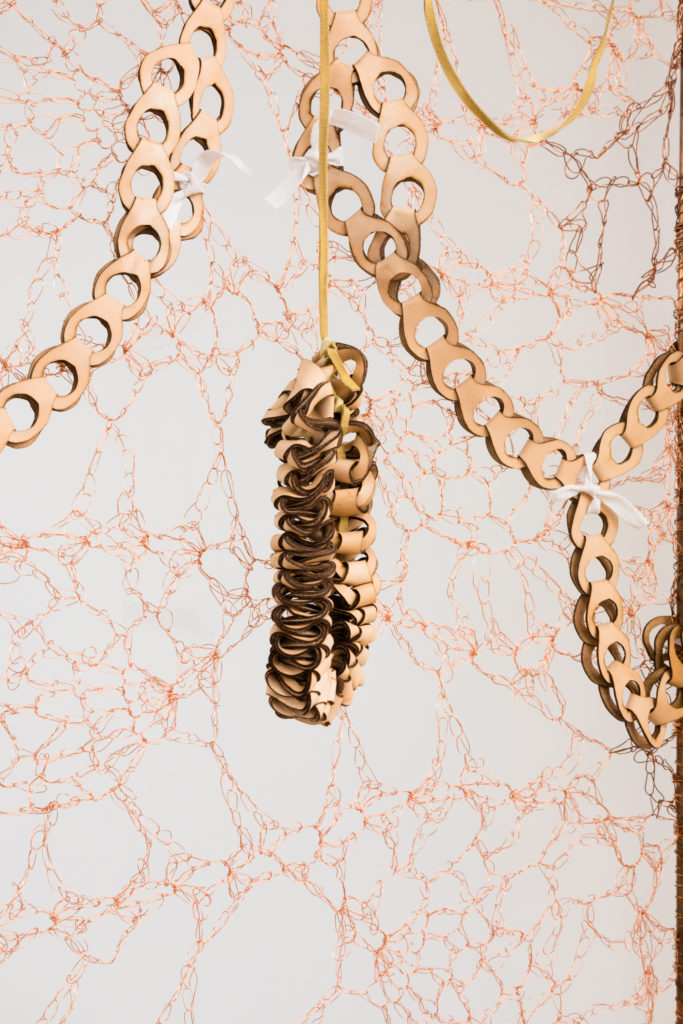
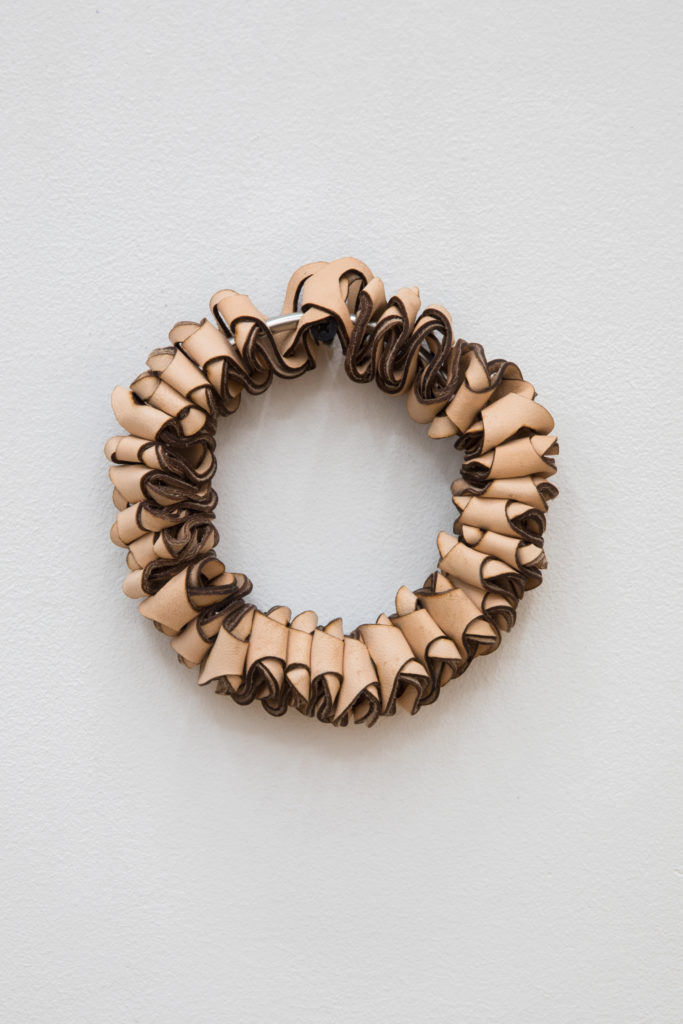
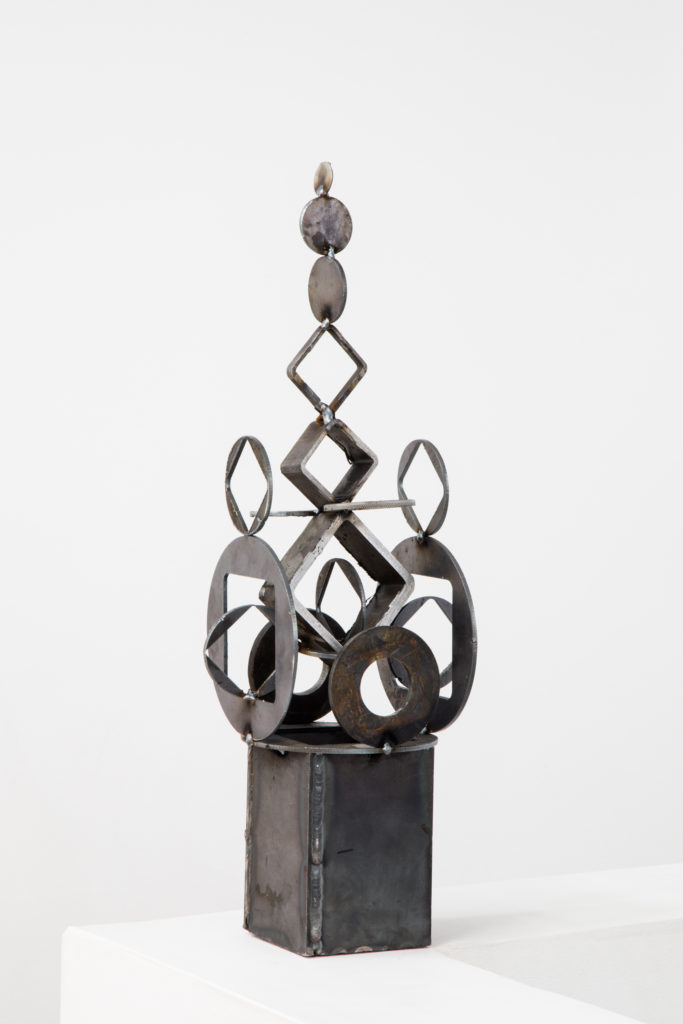
ektor garcia
Metalhaus
ektor garcia – Metalhaus, 2019
Steel

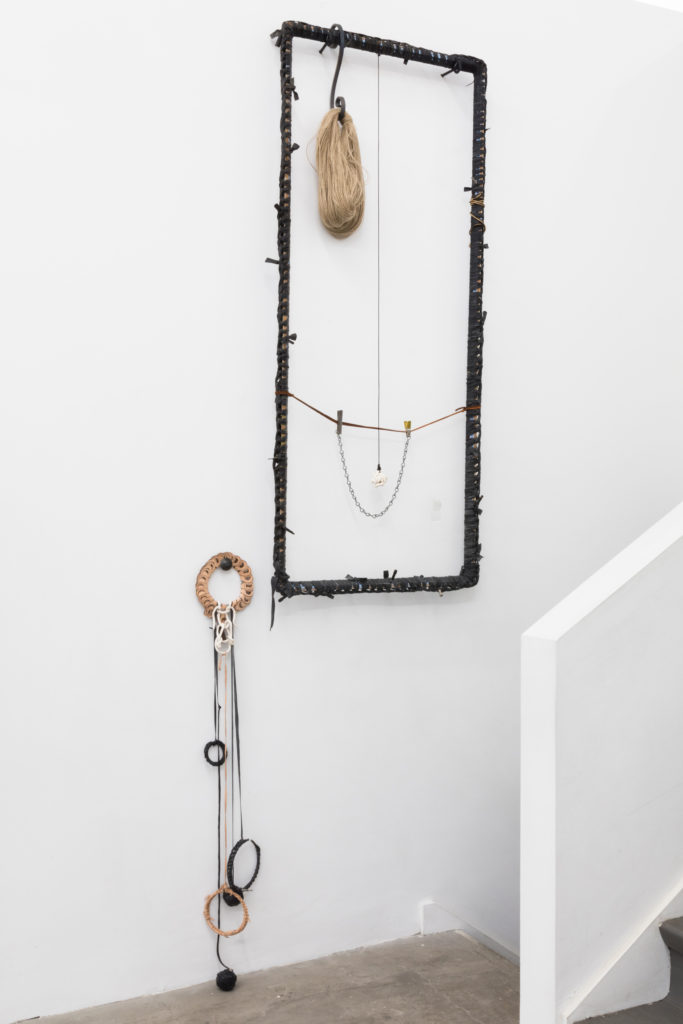
ektor garcia
Melbournebikeride
ektor garcia – Melbournebikeride, 2019
Wood, bike tubes, steel, leather, ceramic, henequen
Dimensions variable

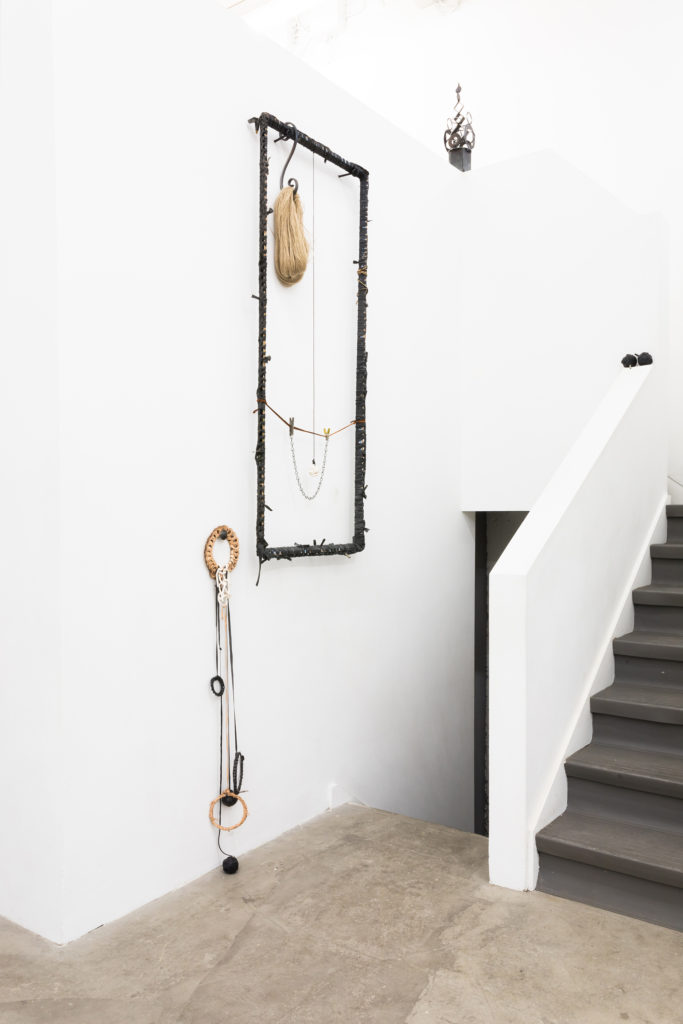
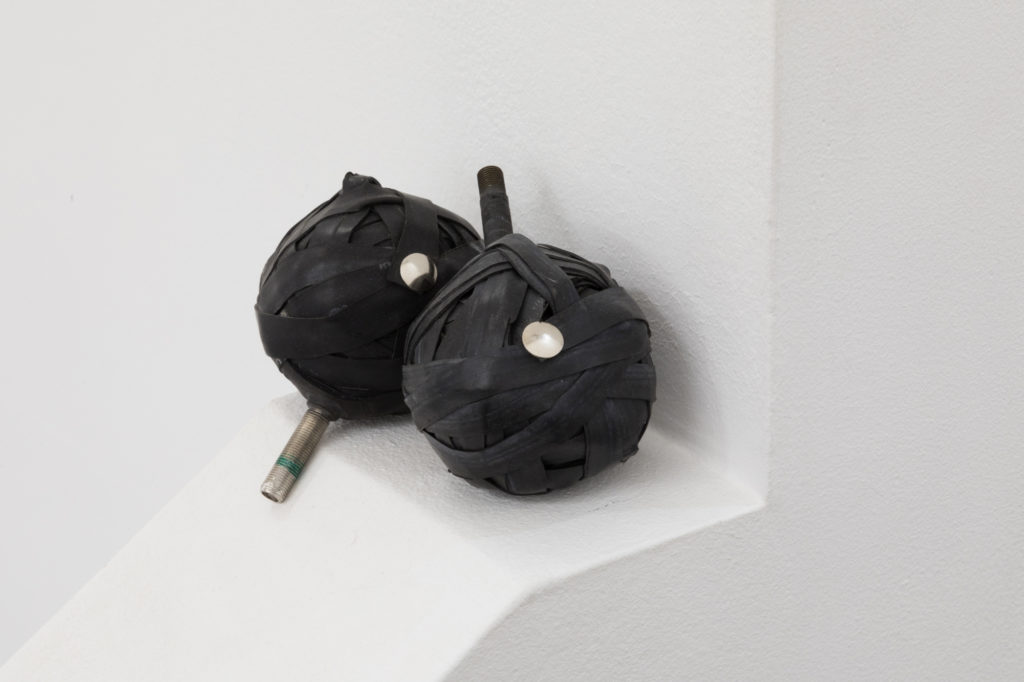
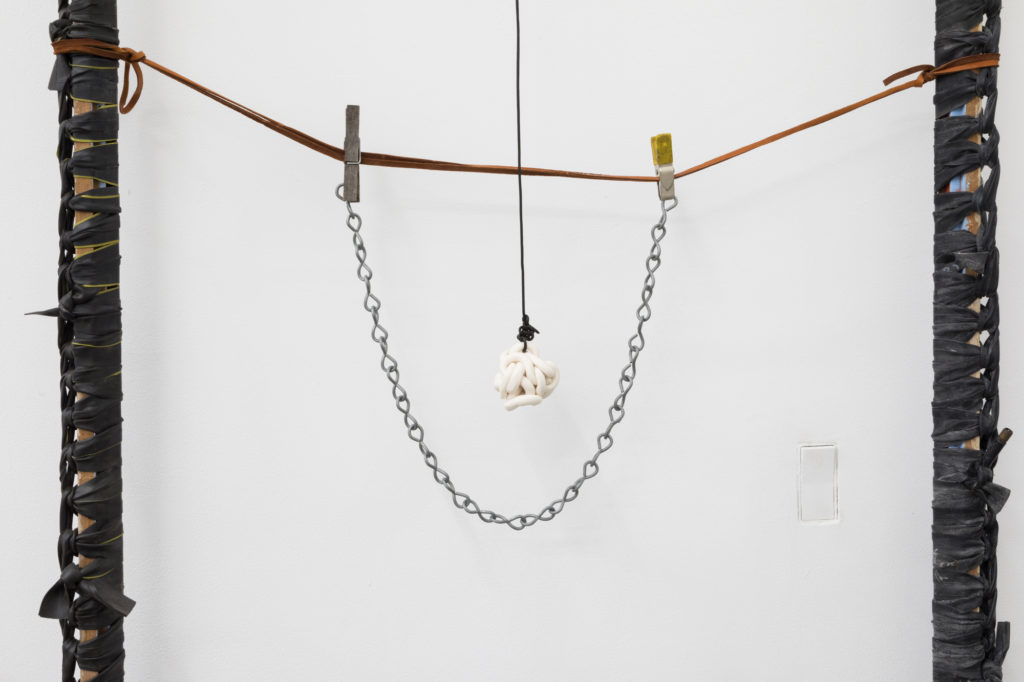
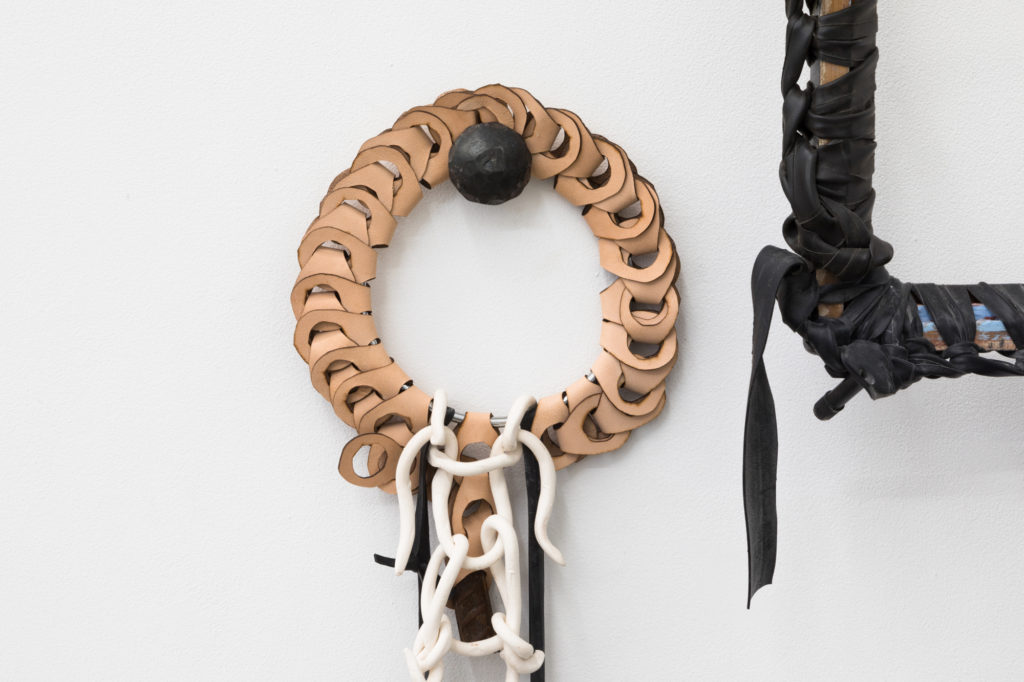
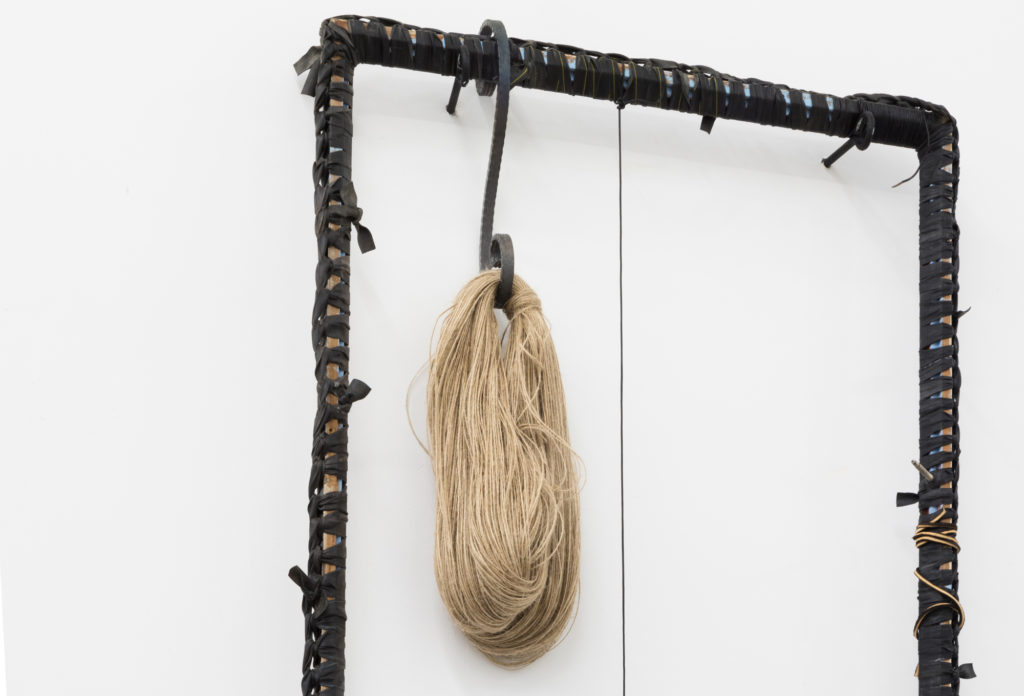
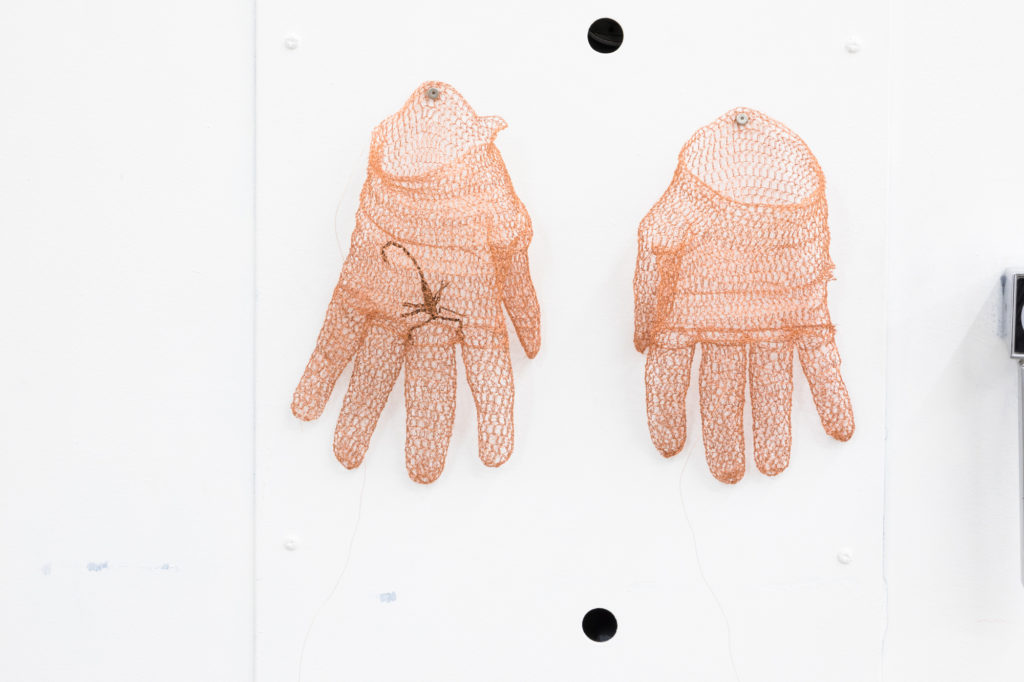
ektor garcia
manosdecobre
ektor garcia – manosdecobre, 2019
Copper
Dimensions variable

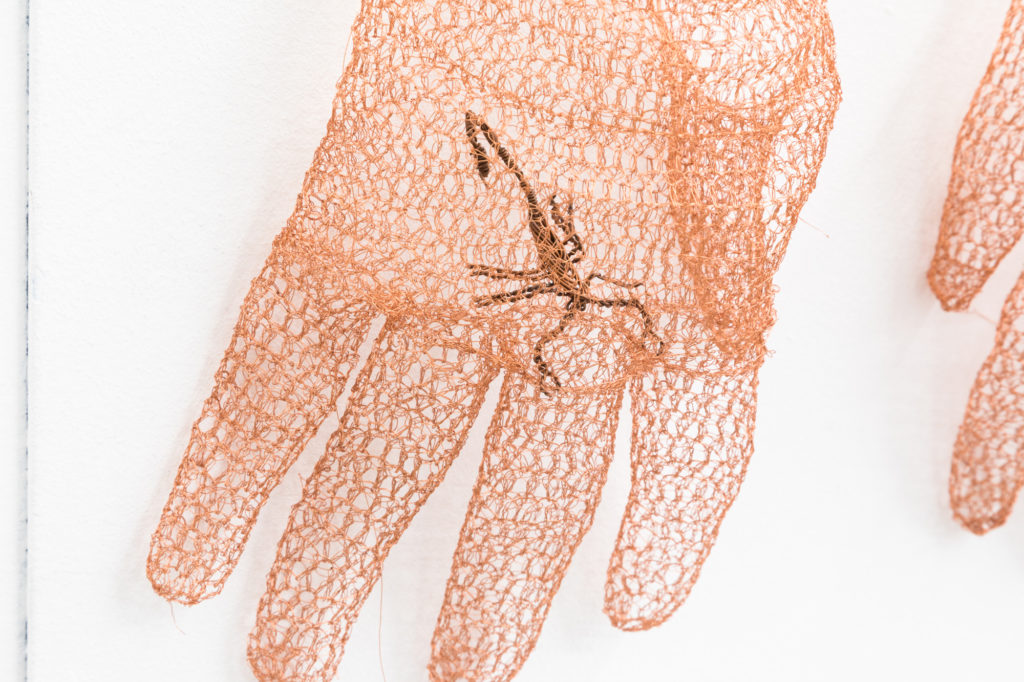
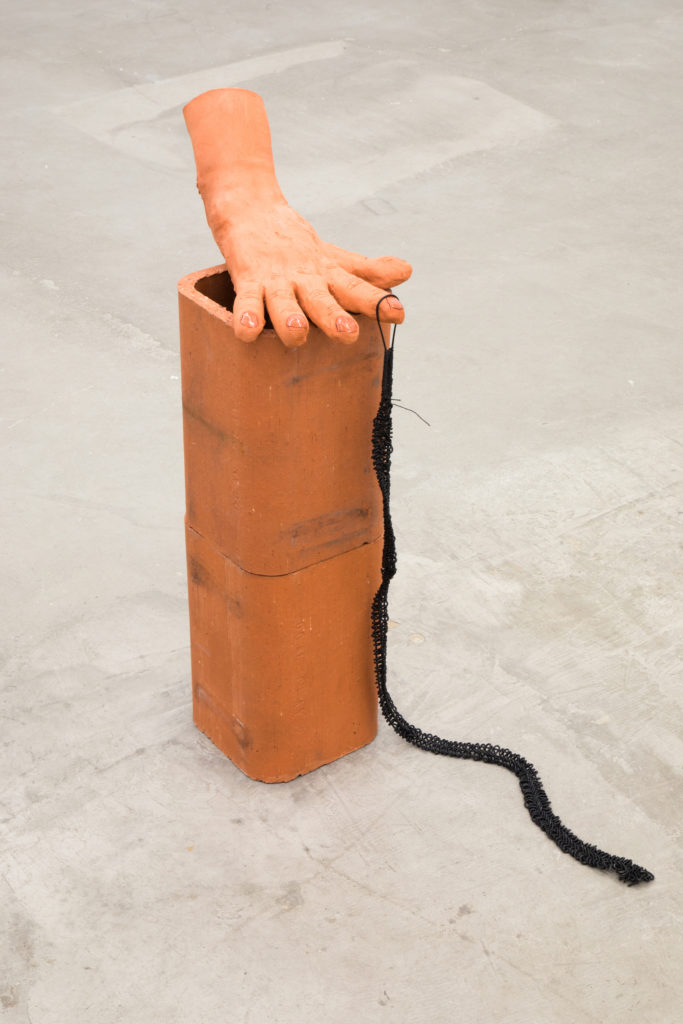
ektor garcia
manodebarro
ektor garcia – manodebarro, 2019
Earthenware, leather

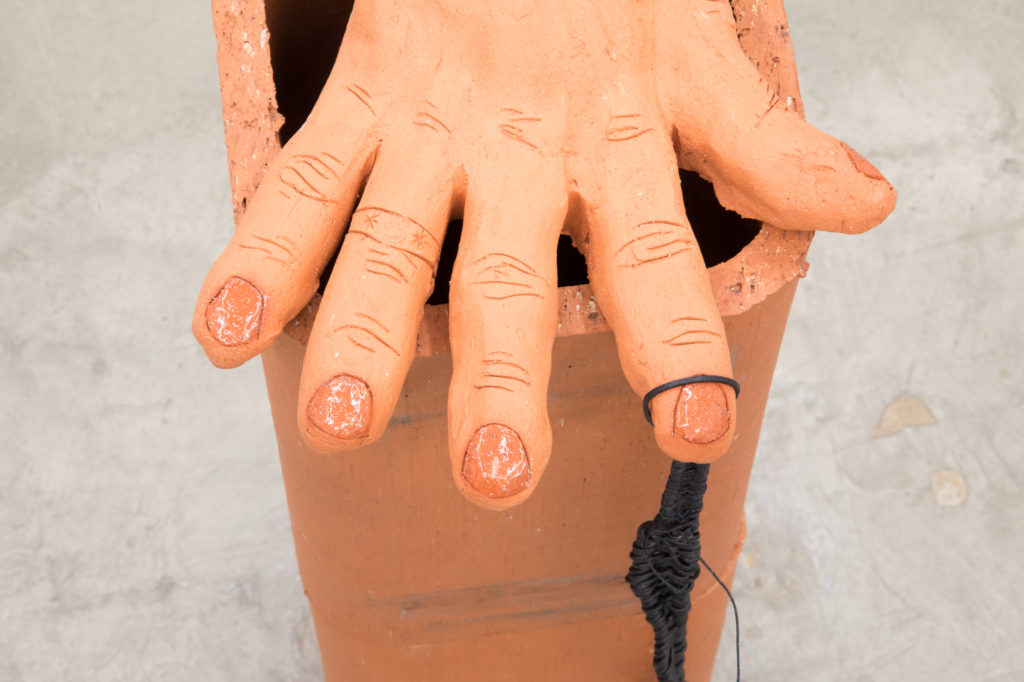
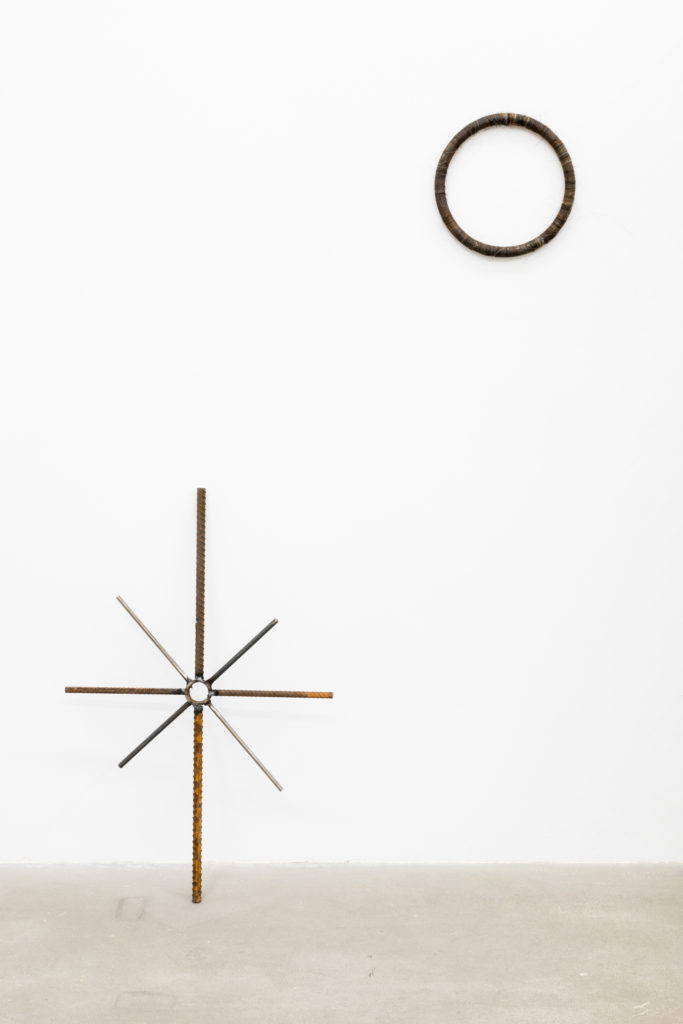
ektor garcia
lunasol
ektor garcia – lunasol, 2019
Steel, horse hair
Dimensions variable

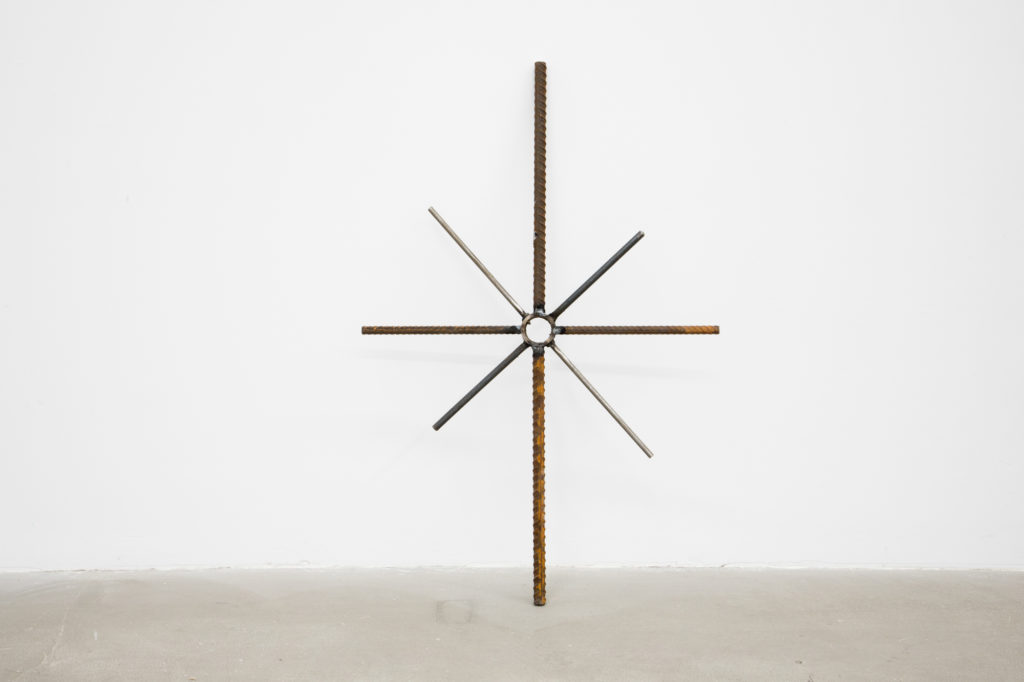
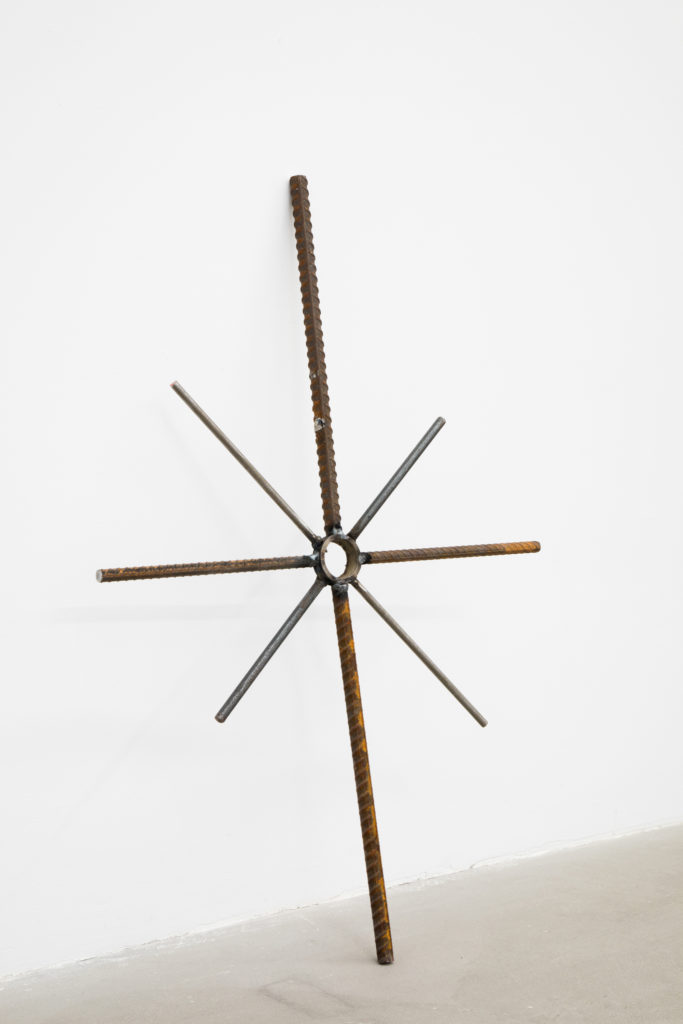

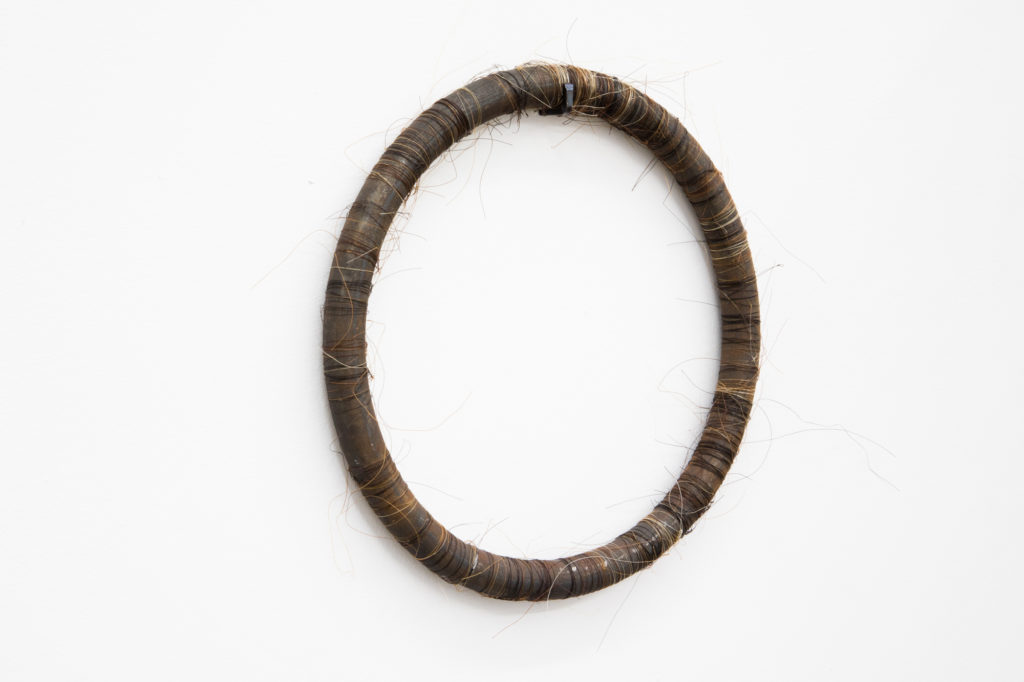
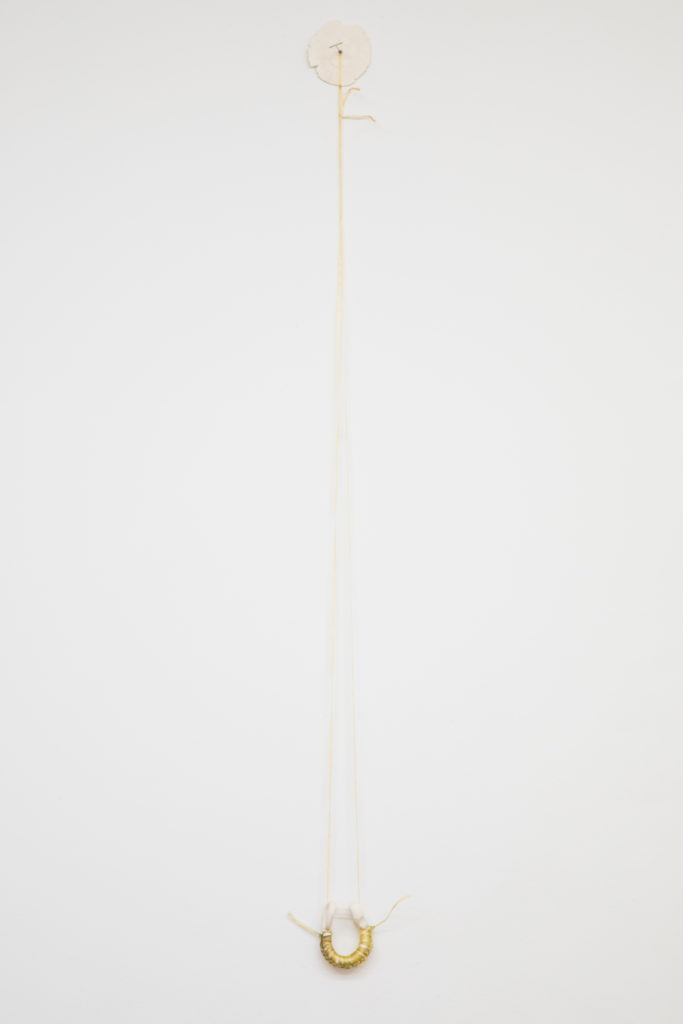
ektor garcia
link
ektor garcia – link, 2019
Sinew, stoneware

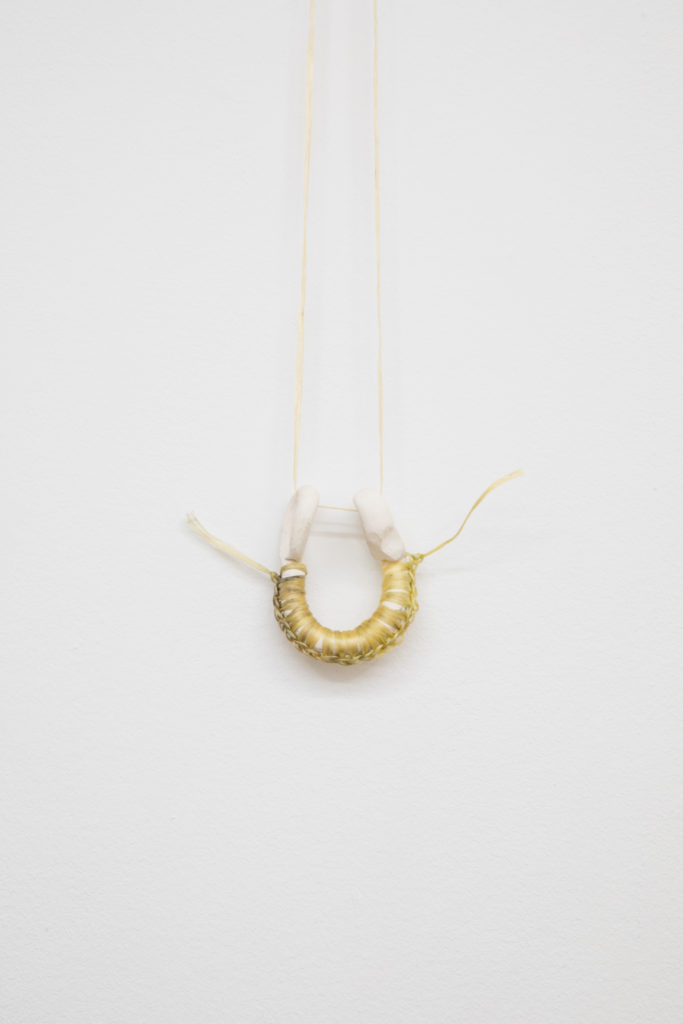
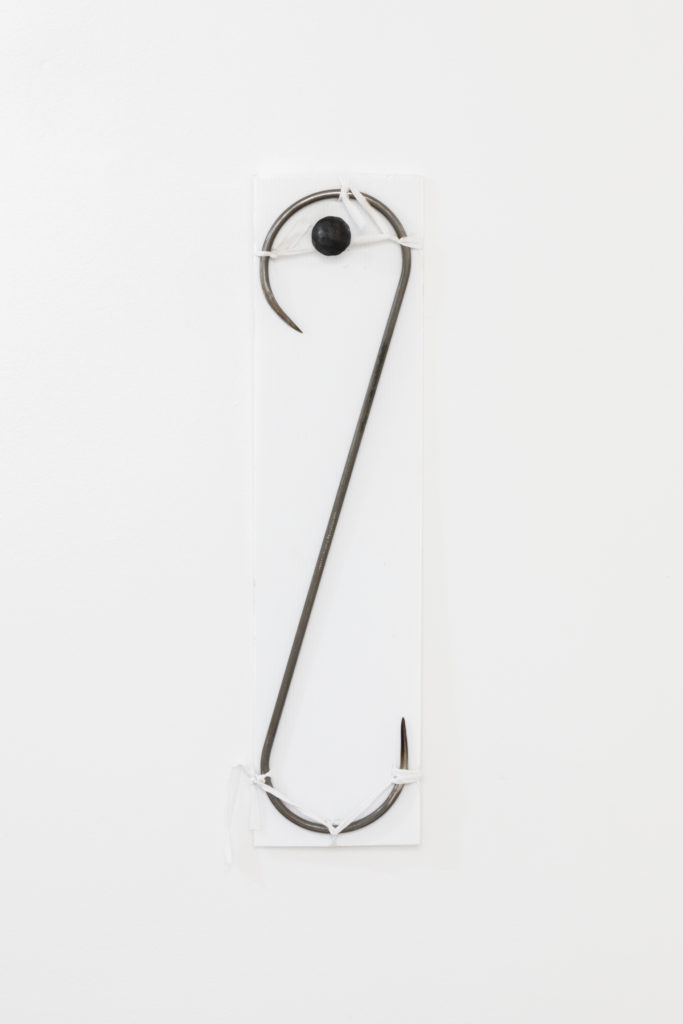
ektor garcia
gancho
ektor garcia – gancho, 2019
Steel, plastic

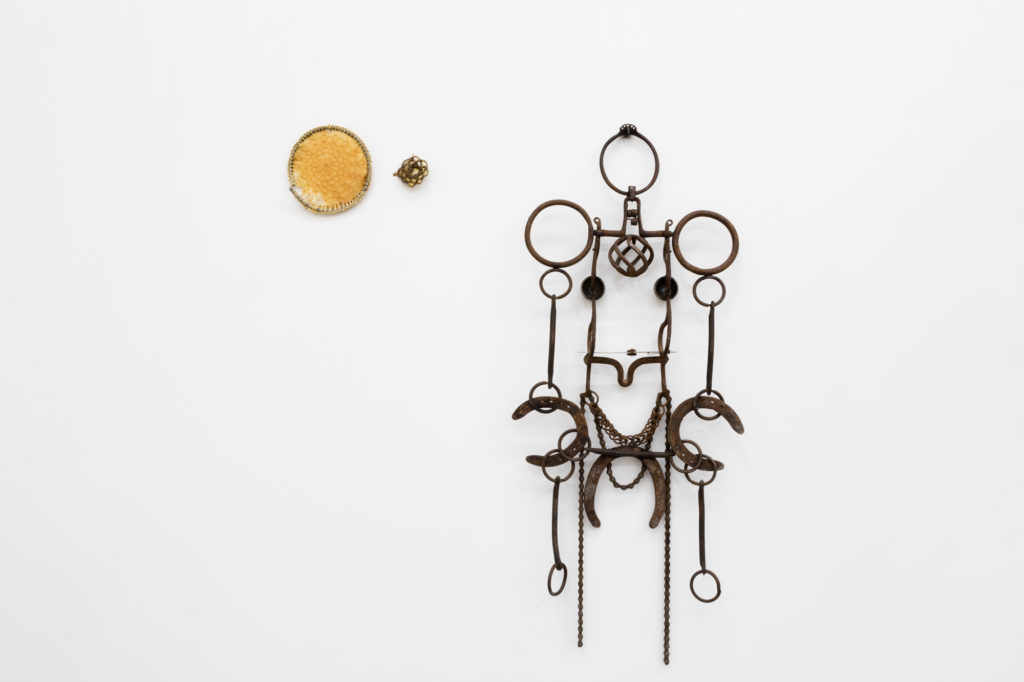
ektor garcia
figura
ektor garcia – figura, 2019
Steel, latex, copper
Dimensions variable


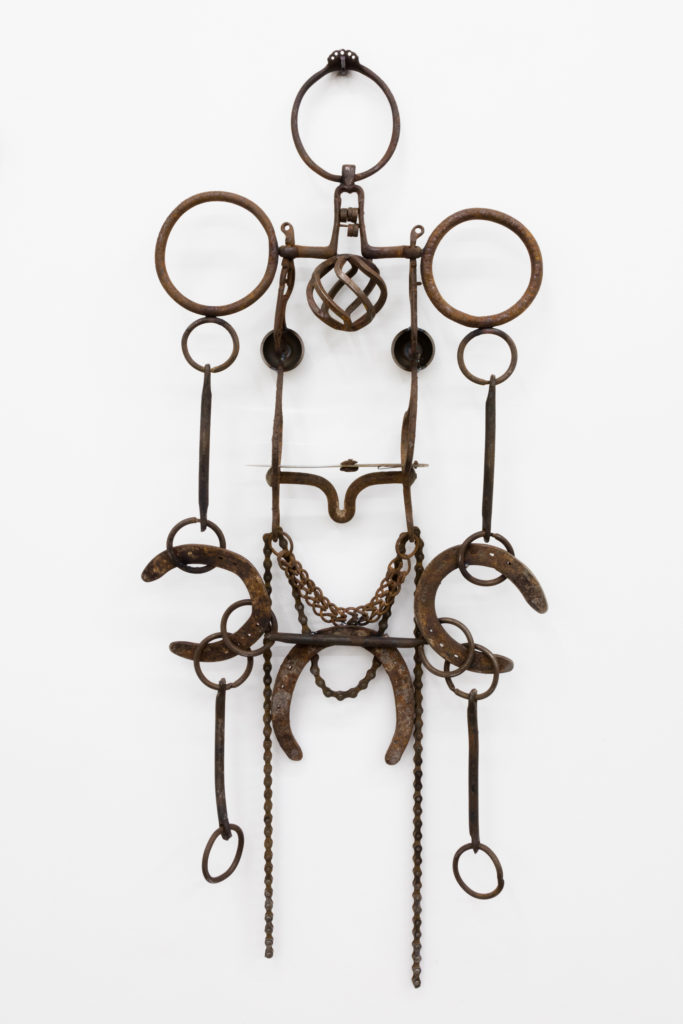
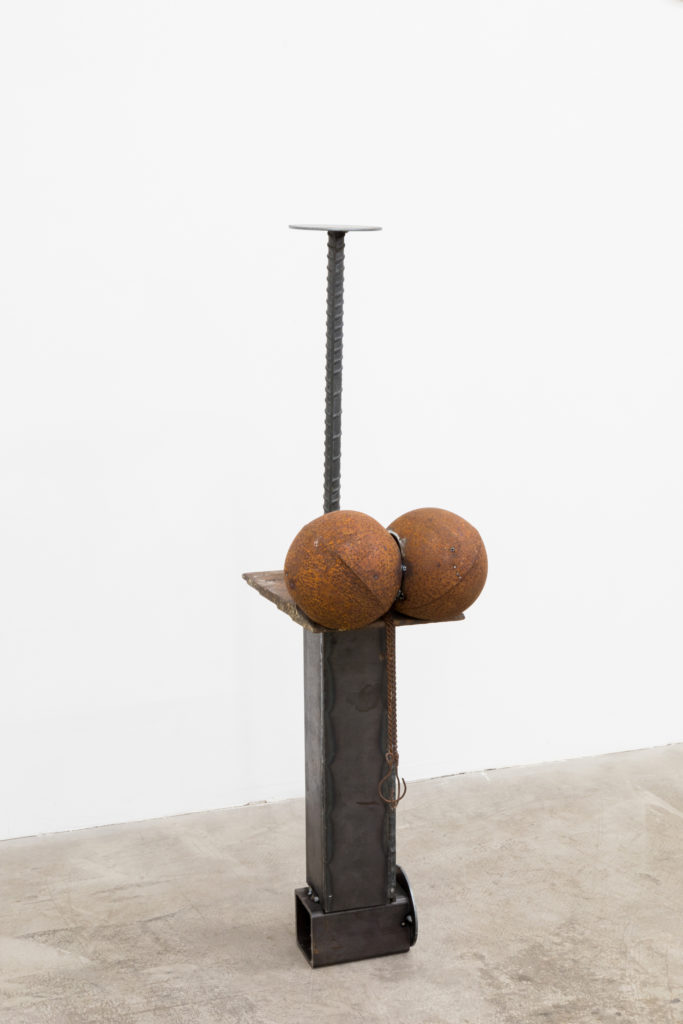
ektor garcia
Fe
ektor garcia – Fe, 2019
Steel

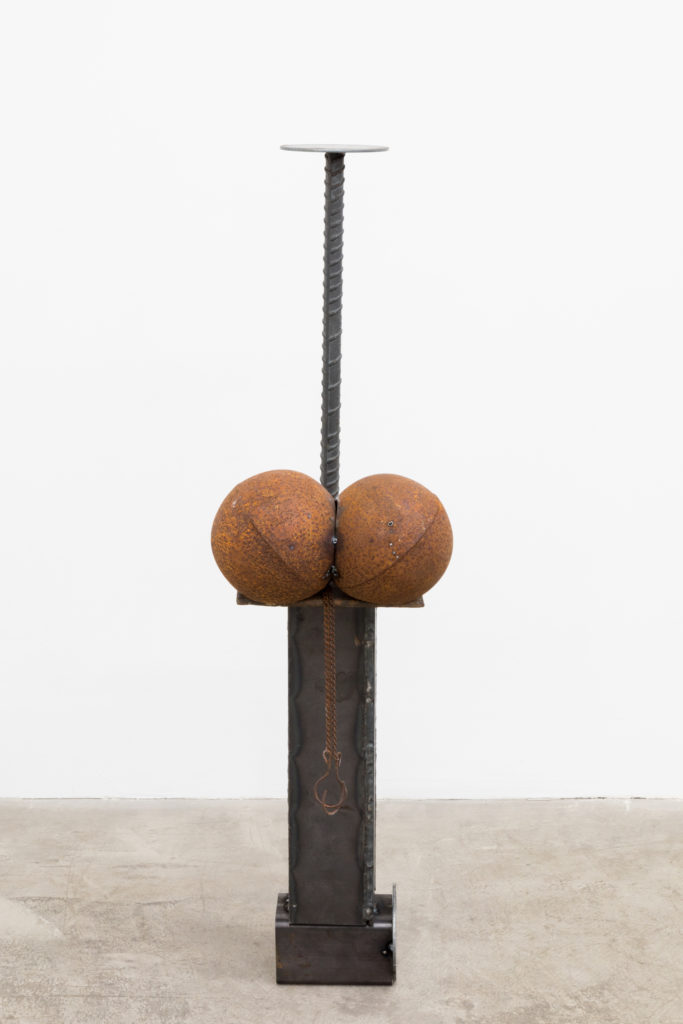
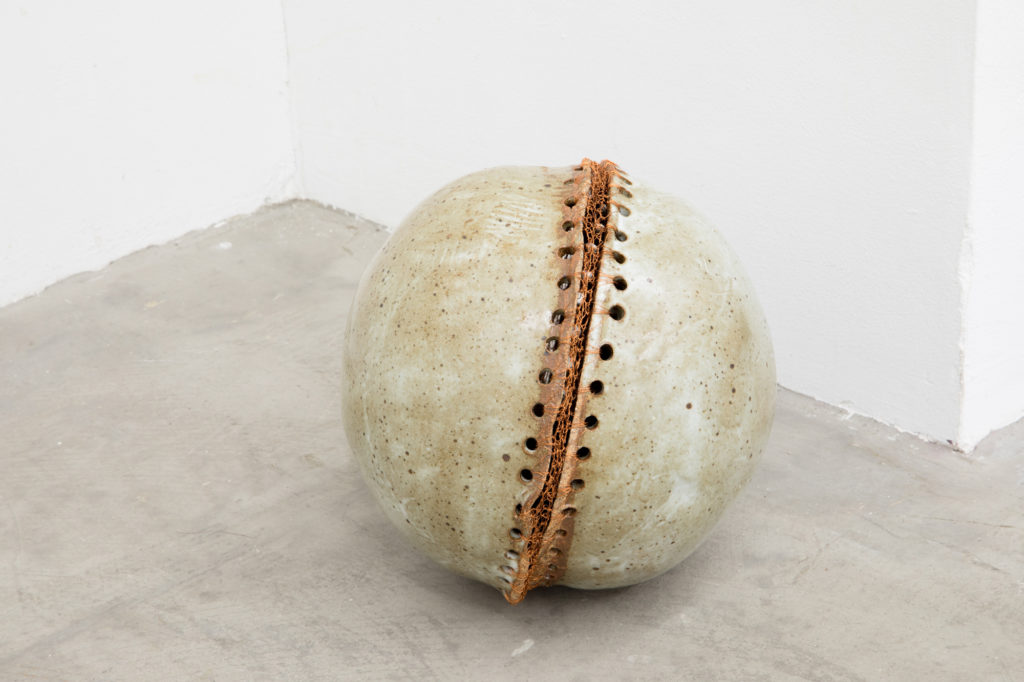
ektor garcia
esfera
ektor garcia – esfera, 2019
Glazed ceramic, copper, Ciriza's hair


ektor garcia
el rancho de la cruz
ektor garcia – el rancho de la cruz, 2019
Steel, copper

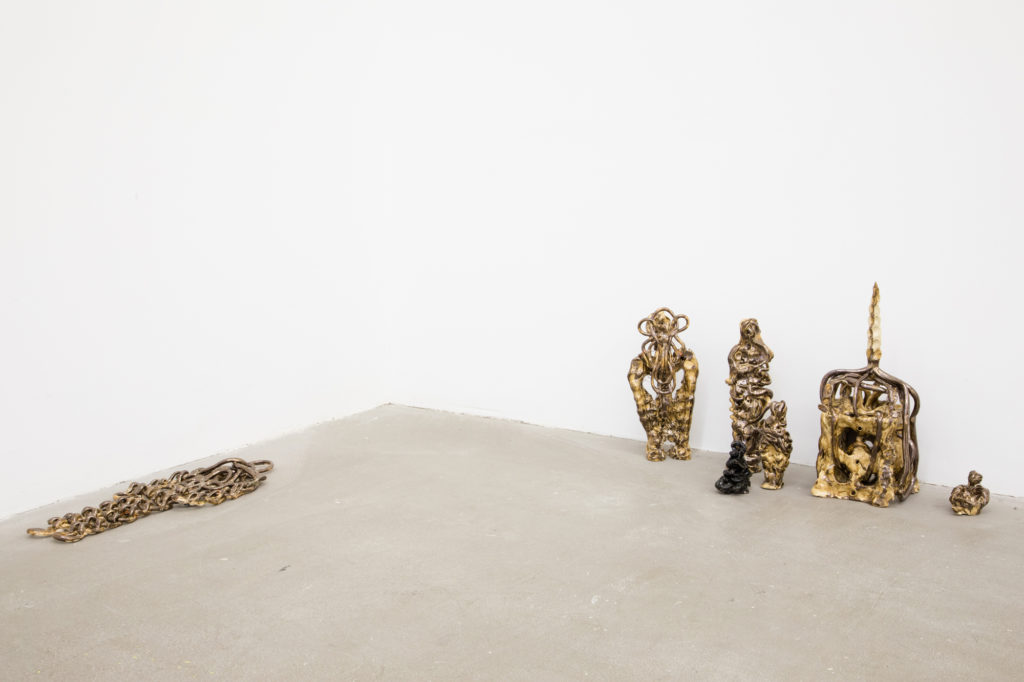
ektor garcia
cunjunto
ektor garcia – cunjunto, 2019
Glazed ceramic
Dimensions variable

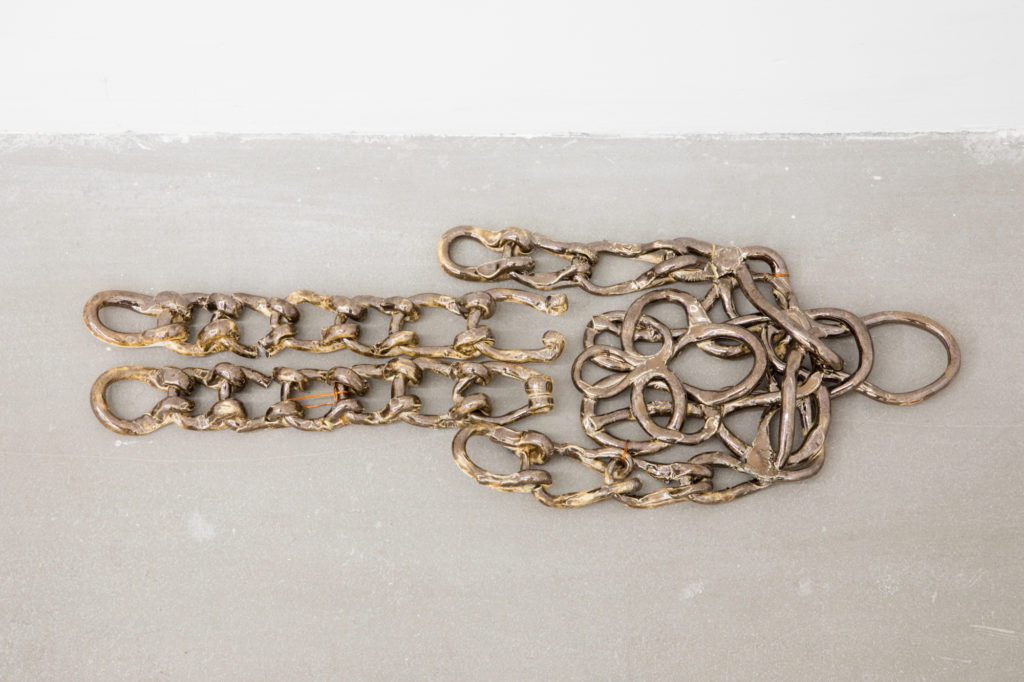
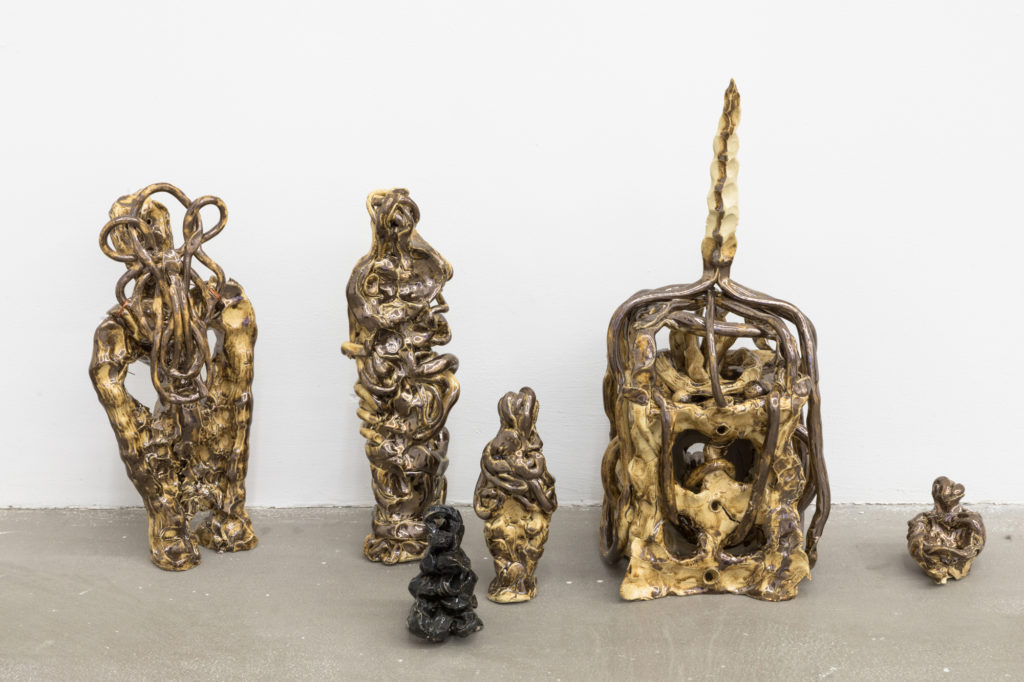
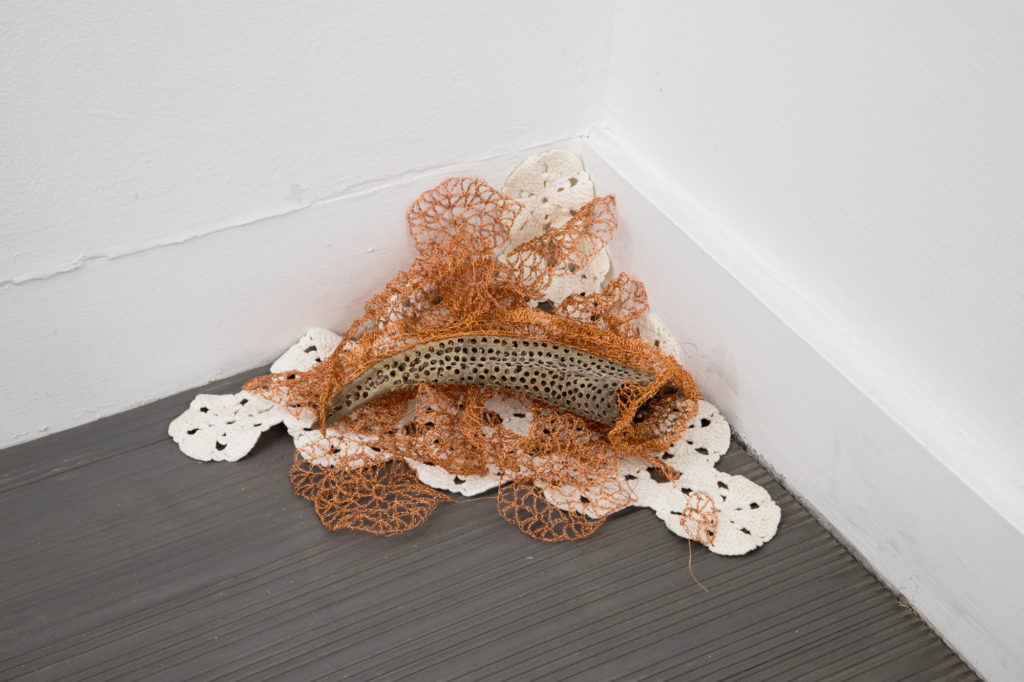
ektor garcia
cuerno
ektor garcia – cuerno, 2019
Copper, goat horn, cotton
Dimensions variable

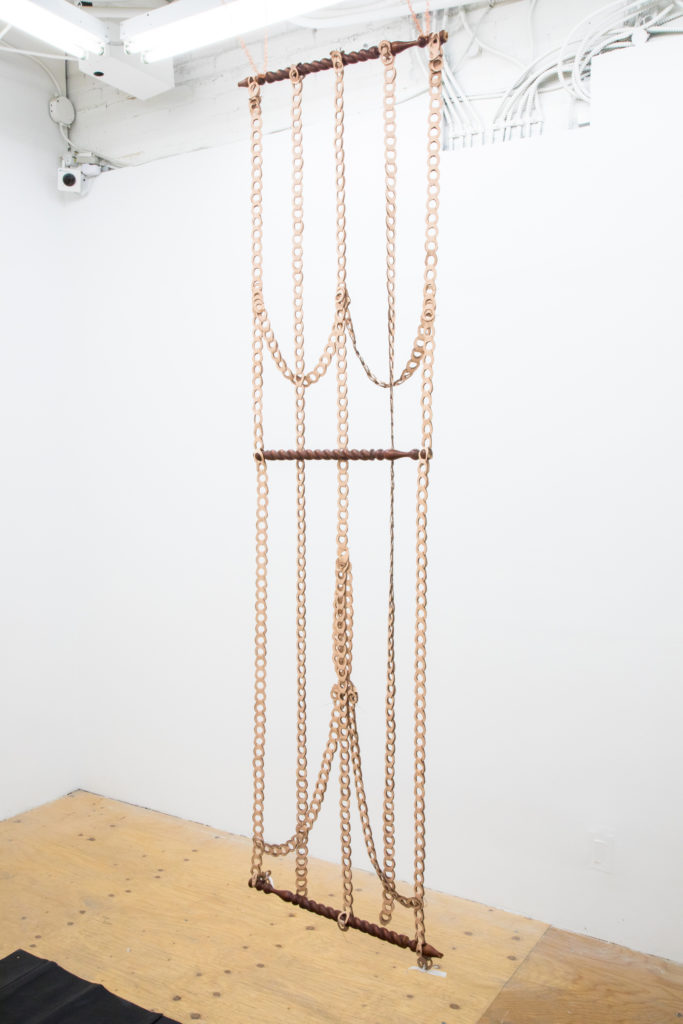
ektor garcia
colgante II
ektor garcia – colgante II, 2019
Leather, wood, copper
Dimensions variable

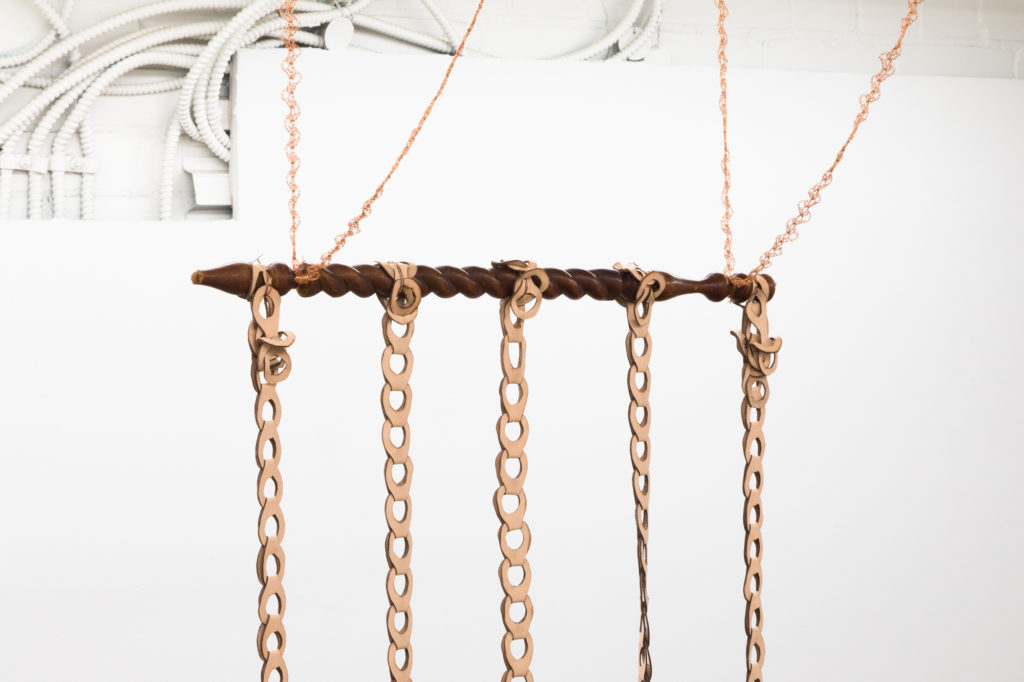
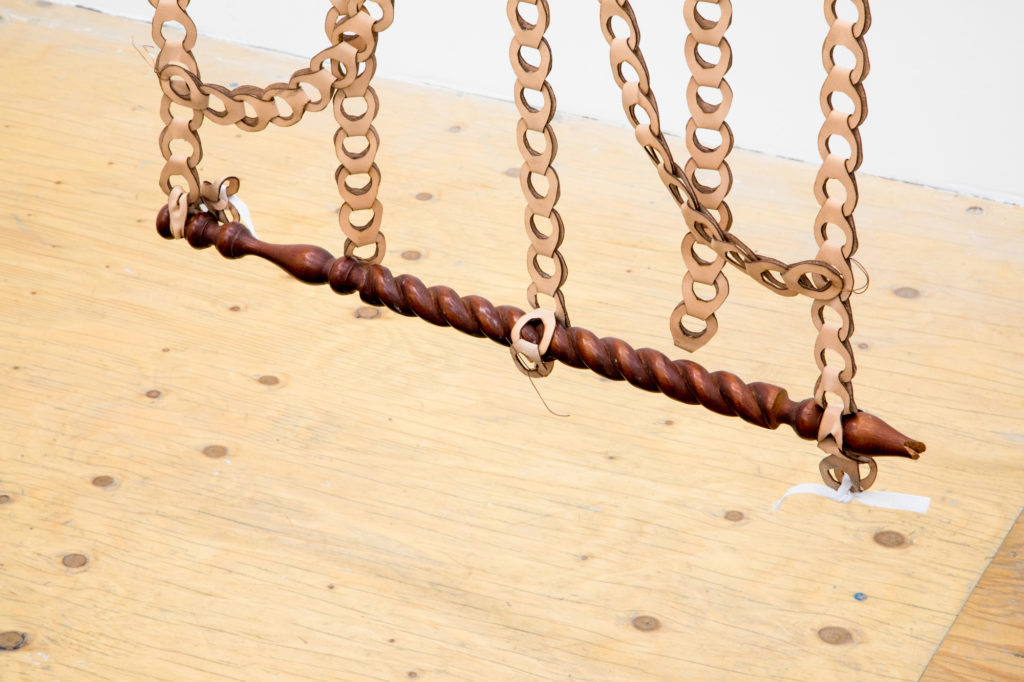
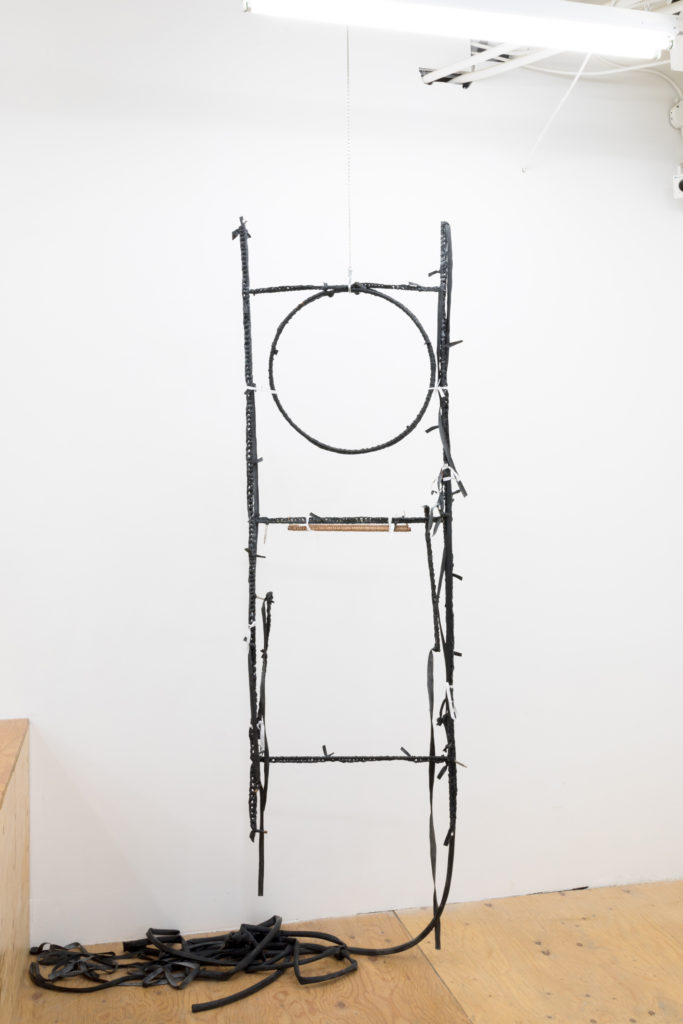
ektor garcia
colgante I
ektor garcia – colgante I, 2019
Steel, bike tubes, copper, leather
Dimensions variable

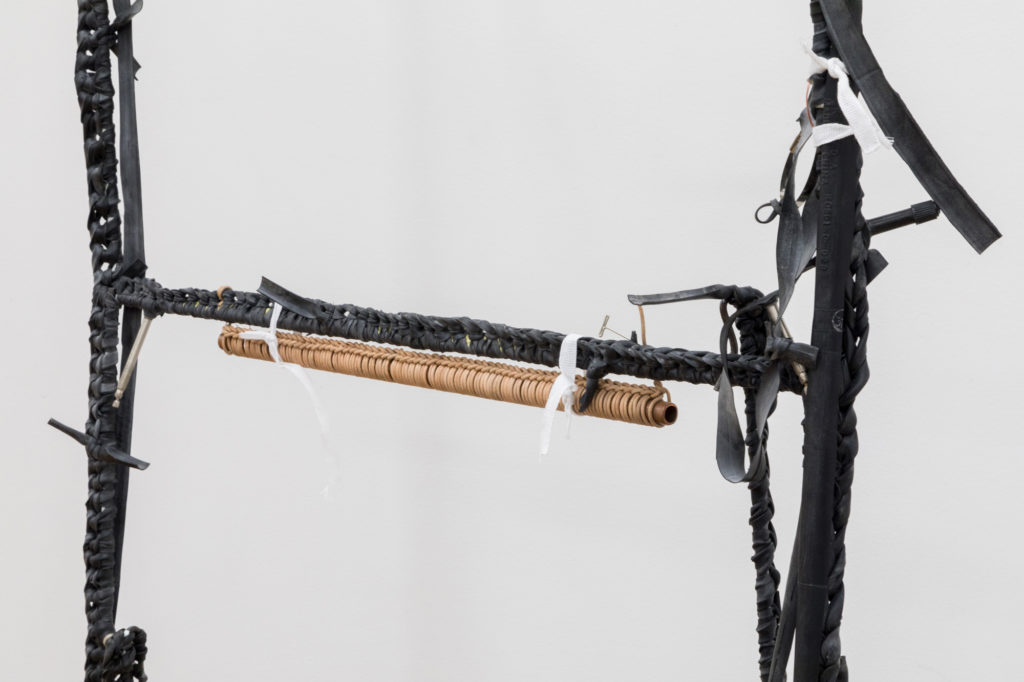
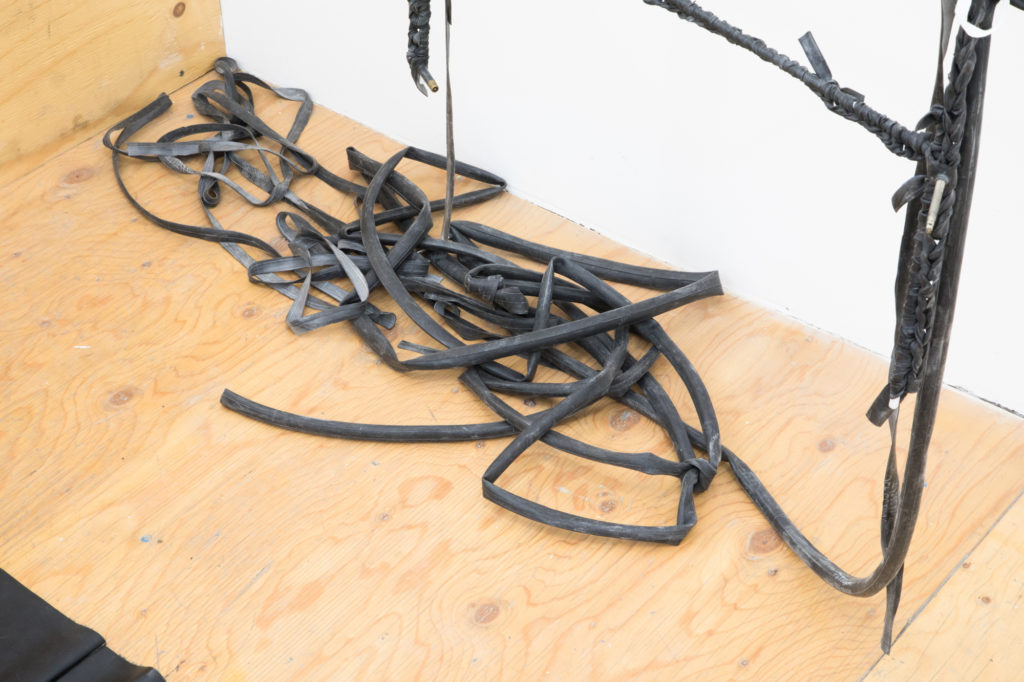
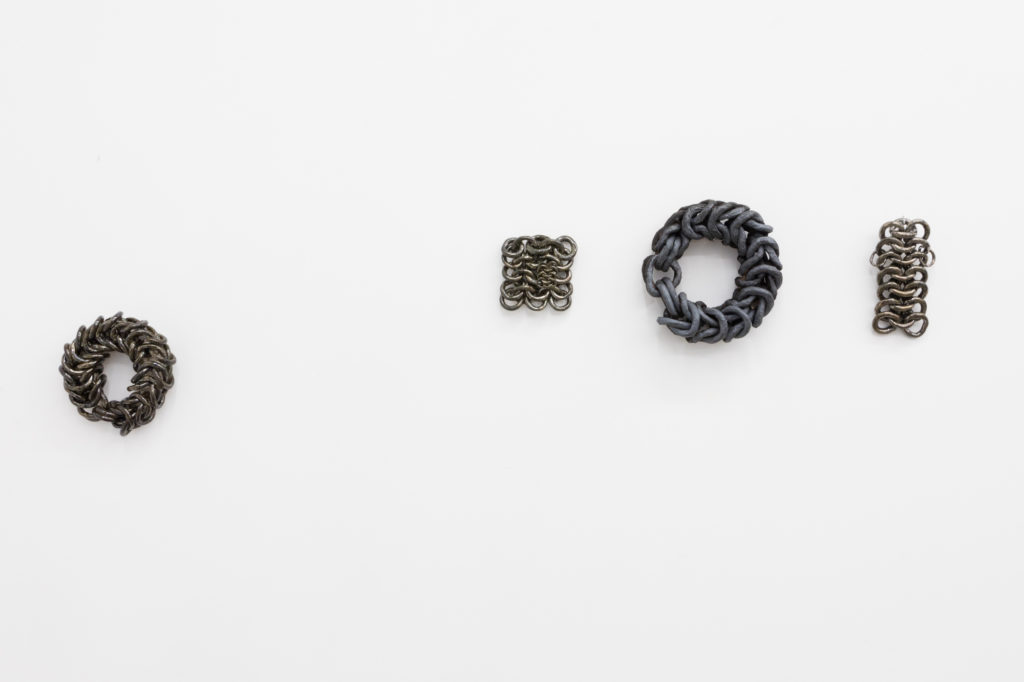
ektor garcia
chainmales
ektor garcia – chainmales, 2019
Glazed porcelain, and earthenware
Dimensions variable


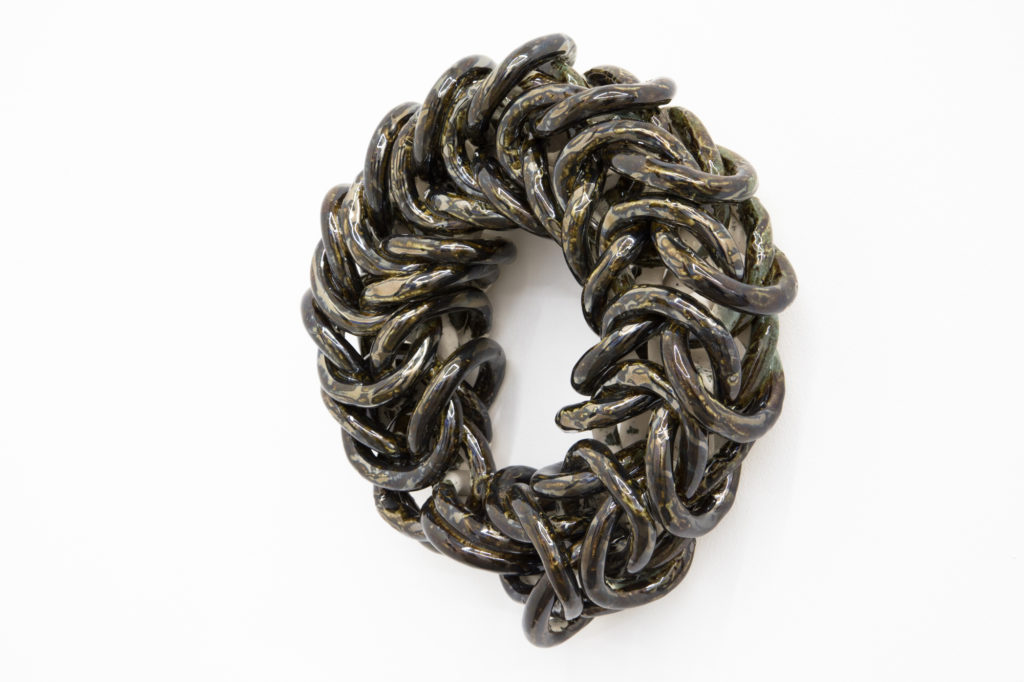
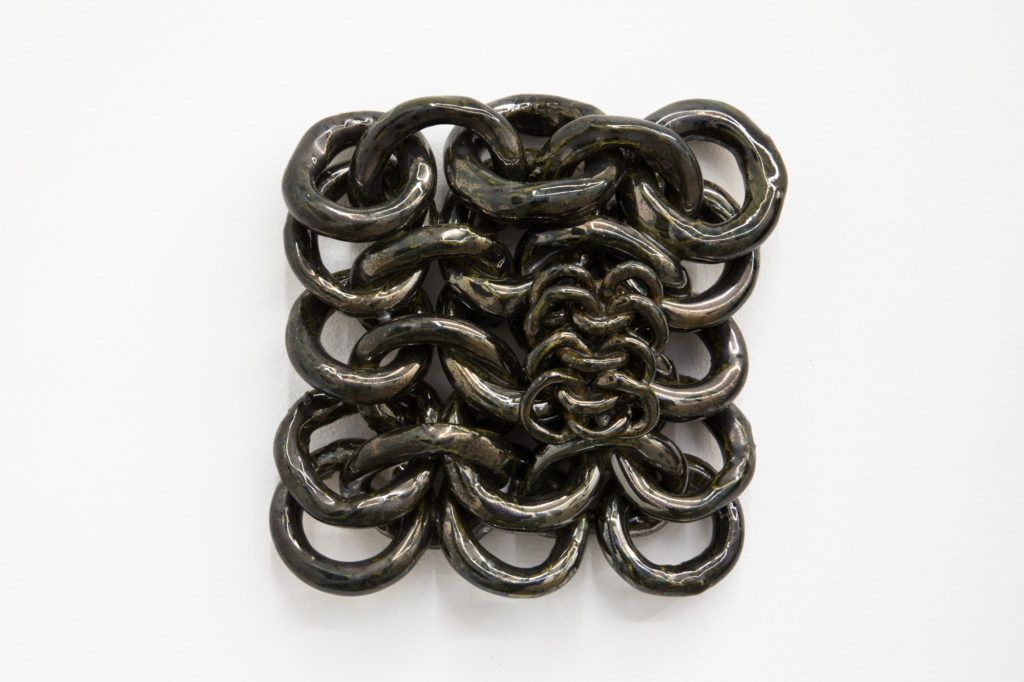
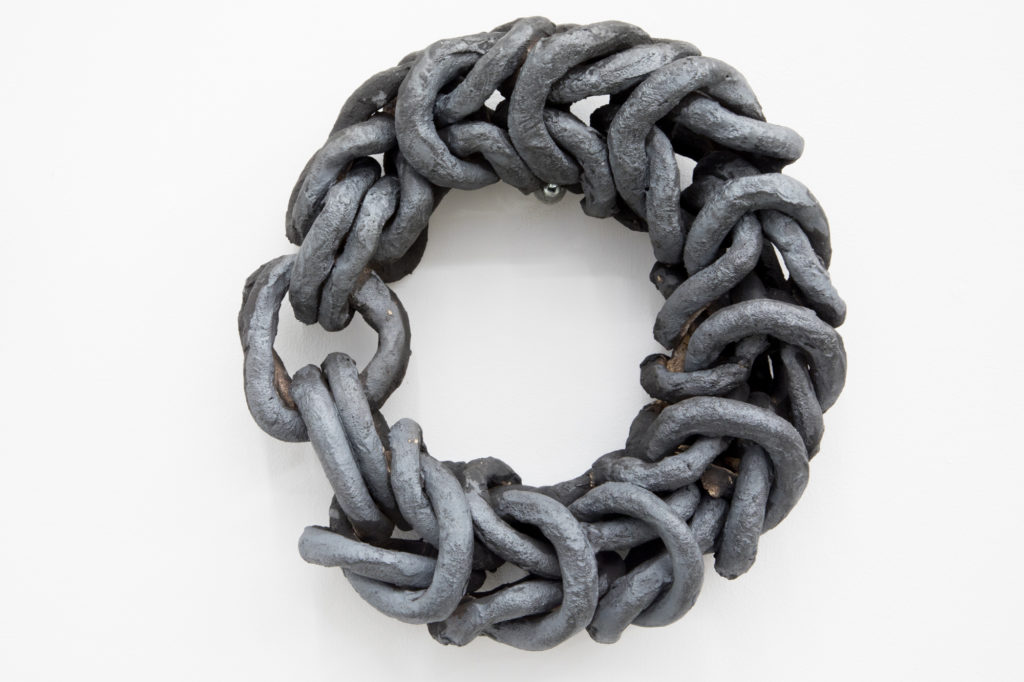
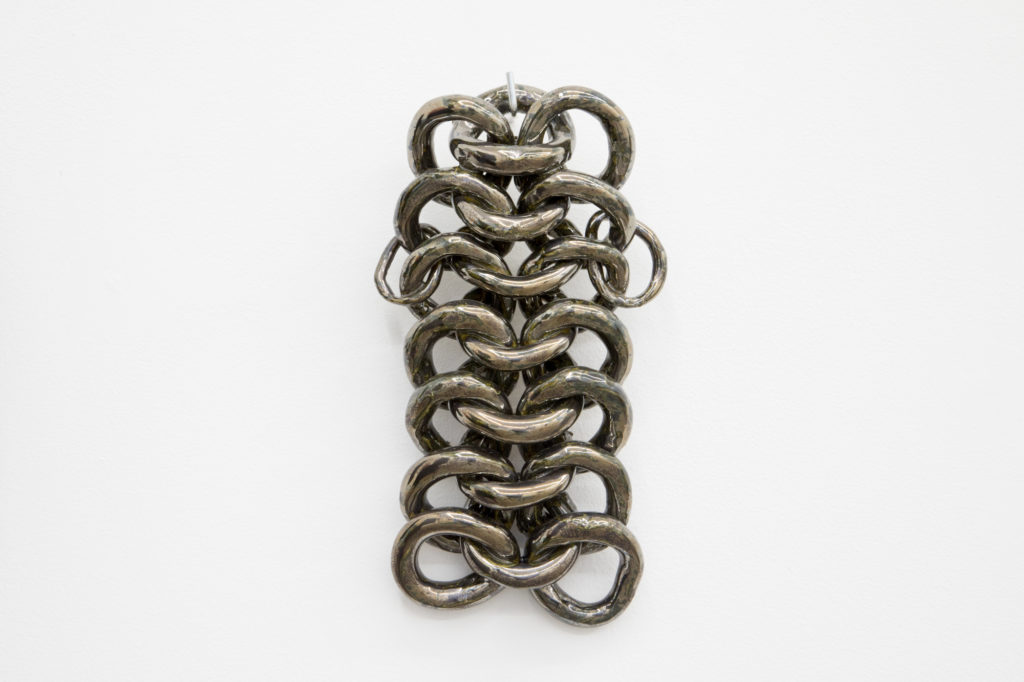
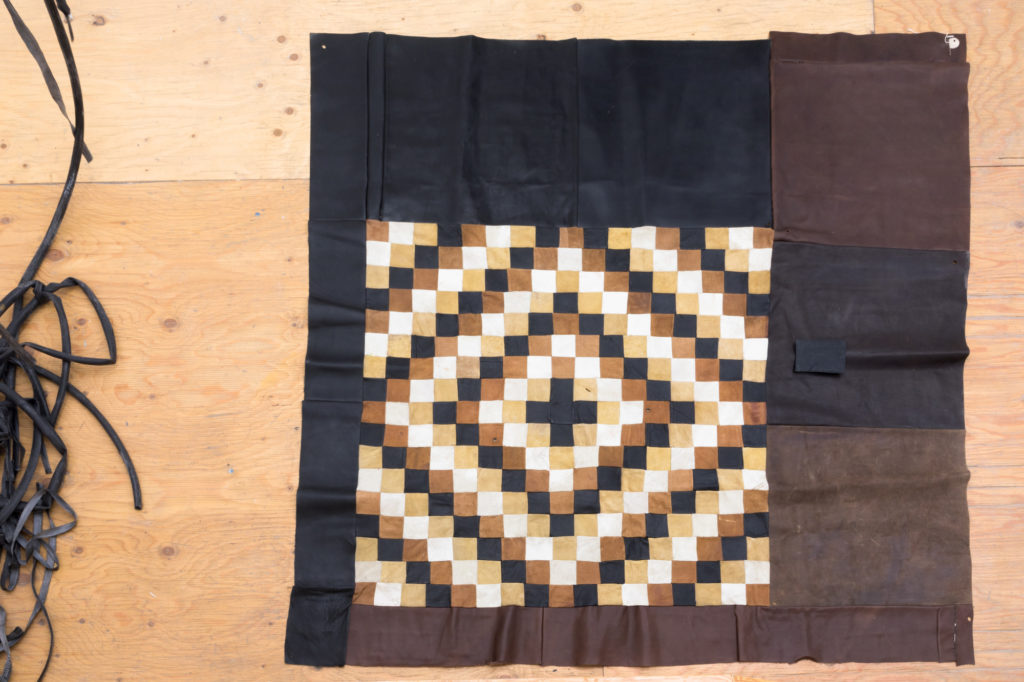
ektor garcia
lederquilt
ektor garcia – lederquilt, 2018
Leather and sewing needles

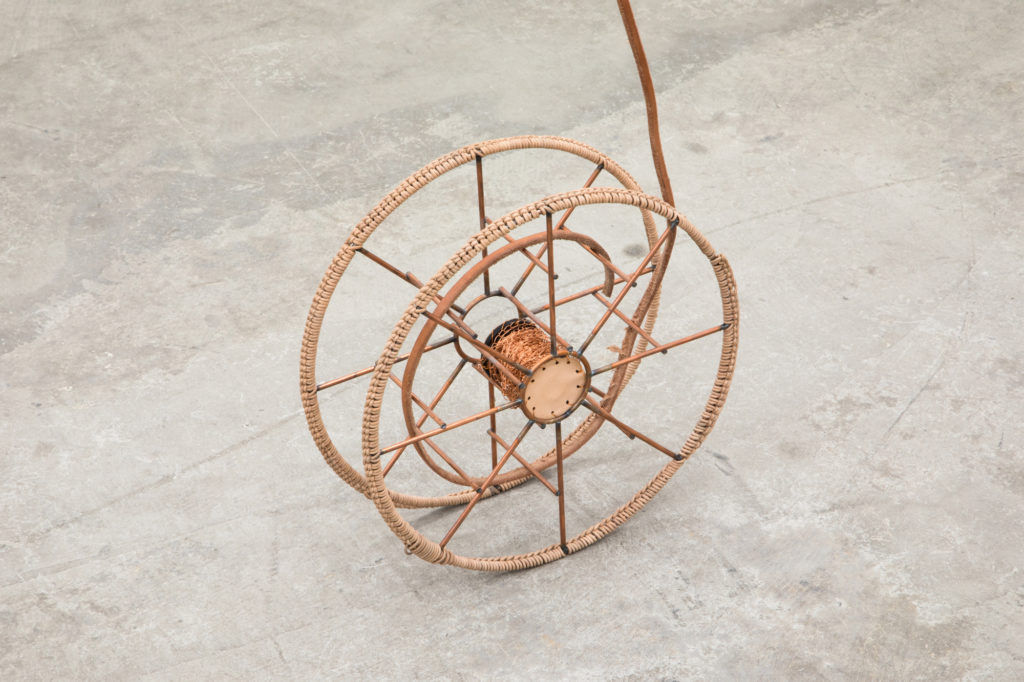
ektor garcia
carrete
ektor garcia – carrete, 2019
Copper, leather
Dimensions variable
